Living with a rabbit is like learning a new language—one made up of ear twitches, happy hops, and the occasional soft nudge. While they may not bark or meow, rabbits are incredibly expressive once you know what to look for. Their behaviors aren't random—they're messages.
Click Here to Shop Rabbit Products.

If you've ever caught your bunny flicking its ears one moment and flopping over dramatically the next, it's not just cute—it's communication. Let's break down what your rabbit is really saying and how you can better respond to their unique way of "talking."
Body Language: Ears, Eyes, and Tail Tales
Understanding rabbit body language starts with observing how they carry themselves. Much of what they communicate comes from small shifts in posture or movement. The ears, eyes, and tail are the big three when it comes to decoding their moods.

Ears
When a rabbit's ears are perked up and pointing forward, it usually means they're curious and attentive. You might notice this when they hear a new sound or spot something unfamiliar in their environment. Their ears become little radars, scanning for information.
If the ears tilt backward but remain upright, it's often a sign they're unsure or listening for something behind them. Flattened ears that hug their back closely, though, are a warning. It usually means fear, discomfort, or even aggression. Give them space, and check for loud noises, strange animals, or changes in their surroundings.
Some breeds, like lops, have ears that naturally hang down. That doesn't mean they're unreadable—it just means you'll rely more on other cues to understand how they're feeling.
Eyes
Rabbit eyes are expressive if you know what to watch for. Bright, wide eyes typically signal that your rabbit is feeling good and alert. But half-lidded, squinting eyes can be a red flag, especially if your bunny is sitting still and quiet. This could signal pain or illness and should never be ignored.
If one eye seems to bulge slightly or they're holding it closed, a trip to the vet is smart. Eye issues can develop quickly in rabbits, especially since they're prone to conditions like conjunctivitis or dental root issues that impact the eye.
Tail
That tiny fluffball of a tail might seem like a detail, but it's an emotional signal too. If your rabbit hops with their tail raised high, they're usually feeling playful and confident. A lowered tail between the legs, though, often shows nervousness or fear.
If you notice your bunny suddenly flicking their tail while hopping away, it's often their sassy way of saying, "I'm done here." It's a sign of mild annoyance, similar to a hair flip.
Bunny Binkies: The Joyful Hops of Happiness
One of the most exciting moments for a rabbit owner is witnessing the spontaneous joy of a binky. A binky is when your rabbit suddenly leaps into the air, twisting mid-jump with a burst of energy. It looks chaotic and joyful—and that's exactly what it is.
Binkies are one of the clearest signs that your rabbit feels safe, content, and full of playful energy. You'll often see this when your rabbit is exploring a favorite room, or after a healthy meal. It's the bunny equivalent of dancing.
If your rabbit rarely binkies, don't worry right away. Some rabbits are more reserved in how they show affection. But if you've never seen this behavior, it's worth reviewing your rabbit's environment and enrichment opportunities. A bored or anxious rabbit won't binky as much.
Nudging and Grooming: Tokens of Love and Affection
Affectionate rabbits are surprisingly forward about their feelings—just not in ways most people expect. They might not wag their tails or purr, but when a rabbit loves you, they'll let you know through actions.
Nudging
One of the most common signs your rabbit wants attention is a gentle nudge with the nose or head. This can mean "pet me," "move out of my way," or "I'm acknowledging you." It's a casual, social interaction—a bit like a wave or a friendly tap.
If your bunny nudges you and then settles down beside you, they're inviting closeness. But if they nudge you and hop away quickly, they might just be establishing a boundary. Each rabbit's nudging style is a little different.
Grooming
When your rabbit starts licking your hand, arm, or even your clothing, it's a deeply affectionate gesture. In rabbit social groups, grooming is how they maintain bonds. If they groom you, it means they trust you enough to consider you part of their group.
Rabbits may also expect the same treatment in return. While you can't exactly lick your rabbit back (and shouldn't), you can mimic grooming by giving them gentle strokes on the forehead and between the ears. That's where they usually groom each other in the wild.
Understanding Rabbit Body Language Through Movement
How a rabbit moves tells you more than you'd expect. Movement, posture, and positioning help decode your bunny's mood in different scenarios. This section focuses more deeply on reading full-body communication—because ears and tails only tell part of the story.
The Flop
When your rabbit suddenly flops onto their side with a thud and stays still, it can be startling. But this is actually a great sign. This deep relaxation posture means your rabbit feels completely safe. It's the rabbit version of flopping onto the couch after a long day.
They may stay like that for minutes or even nap in that position. It's a show of trust—rabbits don't let their guard down unless they feel 100% secure.
Zoomies
If your bunny is racing around the room at full speed in circles or figure eights, they're releasing pent-up energy. These "zoomies" often follow a good nap or meal and are a normal, healthy part of rabbit behavior. It's especially common in younger rabbits or those that don't get free-roam time often.
Zoomies paired with binkies are a surefire sign of a happy, active rabbit. If your rabbit isn't moving much at all, check their diet and space. Rabbits need physical activity for both mental and digestive health.
Chinning
Ever seen your rabbit rub their chin on the couch, your leg, or a toy? That's "chinning," and it's how rabbits claim objects as their own. Rabbits have scent glands under their chin, and chinning is a scent-marking behavior that says, "This is mine."
Don't worry—it's odorless to humans. But to other rabbits, it sends a clear message. Frequent chinning around their home is a healthy sign they're feeling comfortable and confident in their environment.
Vocal Cues: Sounds in Rabbit Body Language
Even though rabbits are often seen as quiet pets, they're not completely silent. Their vocalizations—though subtle—are important parts of their communication toolbox. Combined with rabbit body language, these sounds offer a clearer picture of how your rabbit is feeling.
Teeth Grinding vs. Teeth Chattering
There's a big difference between the quiet grinding of teeth and the louder chattering sound. Gentle teeth grinding, especially when your rabbit is relaxed or lying down, is usually a sign of contentment. Think of it as a soft purr.
Loud teeth chattering or grinding, however, may indicate discomfort or pain. If your rabbit is hunched up, sitting still, and grinding loudly, something might be wrong. It's worth scheduling a vet visit—rabbits tend to hide illness, so small signs matter.
Growling or Grunting
A grunt from a rabbit isn't something to ignore. This sound typically signals annoyance or a warning. You might hear it if you try to clean their cage while they're inside or if you're picking them up when they'd rather not be touched.
If you push past the grunt and they feel threatened, it may be followed by a nip. Respect the warning and give them time to calm down.
Squealing or Screaming
This is the most alarming sound a rabbit can make. A high-pitched scream or squeal is almost always a sign of extreme fear or pain. It's very rare and very serious. If your rabbit screams, treat it as an emergency and contact your veterinarian immediately.
You can learn more about rabbit vocalization and body cues from this guide from the House Rabbit Society, which includes examples and expert interpretations.
Stress Signals: What to Watch For
Knowing how your rabbit shows stress is just as important as recognizing when they're happy. Some signs are subtle and often mistaken for stubbornness or moodiness. But stress, if left unaddressed, can impact both physical and mental health.
Excessive Hiding
All rabbits need a safe space to retreat to, like a hidey-house or corner of their enclosure. But if your rabbit is hiding more than usual, even when things seem quiet, something might be off. Chronic hiding can be a sign of anxiety, illness, or environmental discomfort.
Try to identify triggers—was there a loud noise? A new pet in the home? Did you recently rearrange their space? Creating a predictable and calm environment helps reduce stress.
Loss of Appetite
Skipping meals or avoiding hay is never normal for a rabbit. This isn't just about mood—it could signal a health problem, such as GI stasis, which can become life-threatening quickly. Subtle changes in posture or behavior often accompany appetite loss. When combined with withdrawn body language, it's time to take action.
Here's a more detailed overview from PetMD on how stress affects rabbit health and what signs to monitor closely.
How You Can "Talk Back" to Your Rabbit
Rabbit body language isn't just for observing—it's also for participating. When you respond appropriately, your rabbit learns to trust you more. They feel heard and respected, even if the "conversation" is completely silent.

Mirroring Behavior
If your rabbit stretches out beside you or flops near your feet, try to stay still and quiet. This tells them you understand their calm mood. If they nudge you and wait, respond with gentle strokes. Over time, these mirrored interactions build your bond and help them feel secure.
Consistent Routines
Rabbits thrive on routine. Feeding, playtime, and cleaning should happen at predictable times each day. When their environment feels stable, they're more likely to show positive body language and engage with you more openly.
Use of Voice and Hands
Rabbits may not understand the words you say, but they pick up on tone and repetition. Soft, low voices are calming. Fast or loud speech can be stressful. Use the same short phrases—like "good bun" or "all done"—and pair them with gentle touch so they can learn your cues too.
Creating a Communication-Friendly Environment
To help your rabbit express themselves, you'll want to provide an environment that supports both safety and curiosity. Rabbits communicate best when they feel free to explore and hide on their own terms.
-
Give them a quiet, low-traffic area with natural light and consistent temperatures.
-
Offer safe hiding spaces like wooden houses, cardboard tunnels, or fleece blankets draped over furniture.
-
Keep their space clean, but avoid sudden changes like moving their litter box or switching hay brands too quickly.
Check out our best rabbit habitat setup guide for tips on creating a rabbit-friendly home layout that supports their natural behavior.
Key Takeaways for Understanding Rabbit Body Language
-
Rabbit body language tells you everything you need to know—if you know what to look for. Watch their ears, eyes, posture, and movements closely.
-
Affection comes in soft nudges, grooming licks, and relaxed flops. Responding gently builds trust and deepens your connection.
-
Stress shows up in hiding, appetite changes, and tense posture. A calm, predictable environment helps prevent anxiety and supports their overall well-being.
Your Rabbit is Talking—Are You Listening?
Rabbits have a quiet but powerful way of expressing themselves. Their language might be different from ours, but it's consistent and full of meaning. From confident tail flicks to playful binkies to concerned grunts, every signal is a part of the conversation.
By learning how to read rabbit body language, you're not just becoming a better pet owner—you're building a more respectful, loving relationship. Your rabbit isn't just living in your home; they're communicating with you every day.
Pay attention. Respond thoughtfully. And remember: when your rabbit flops beside you, it's not just relaxing—it's saying, "I trust you."

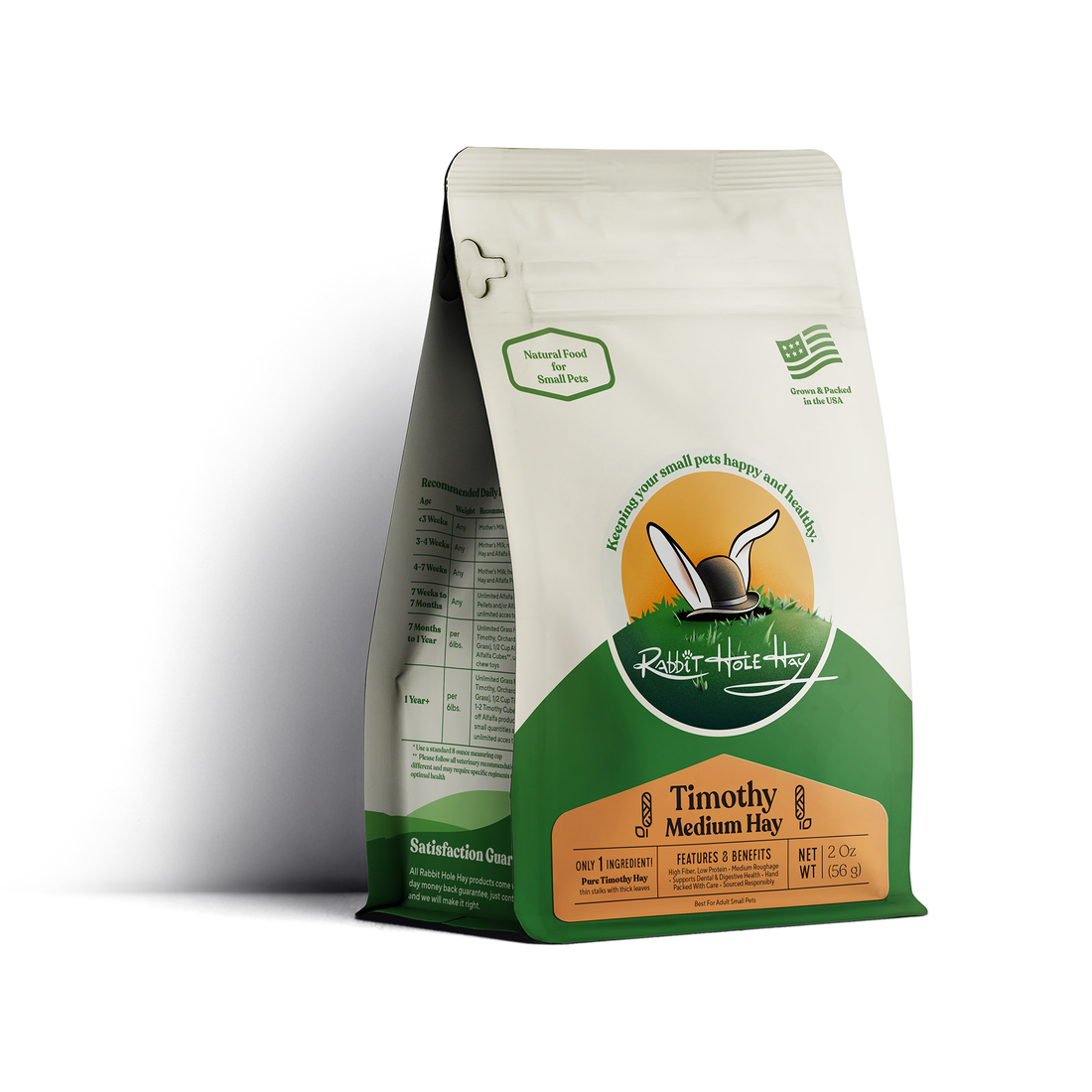

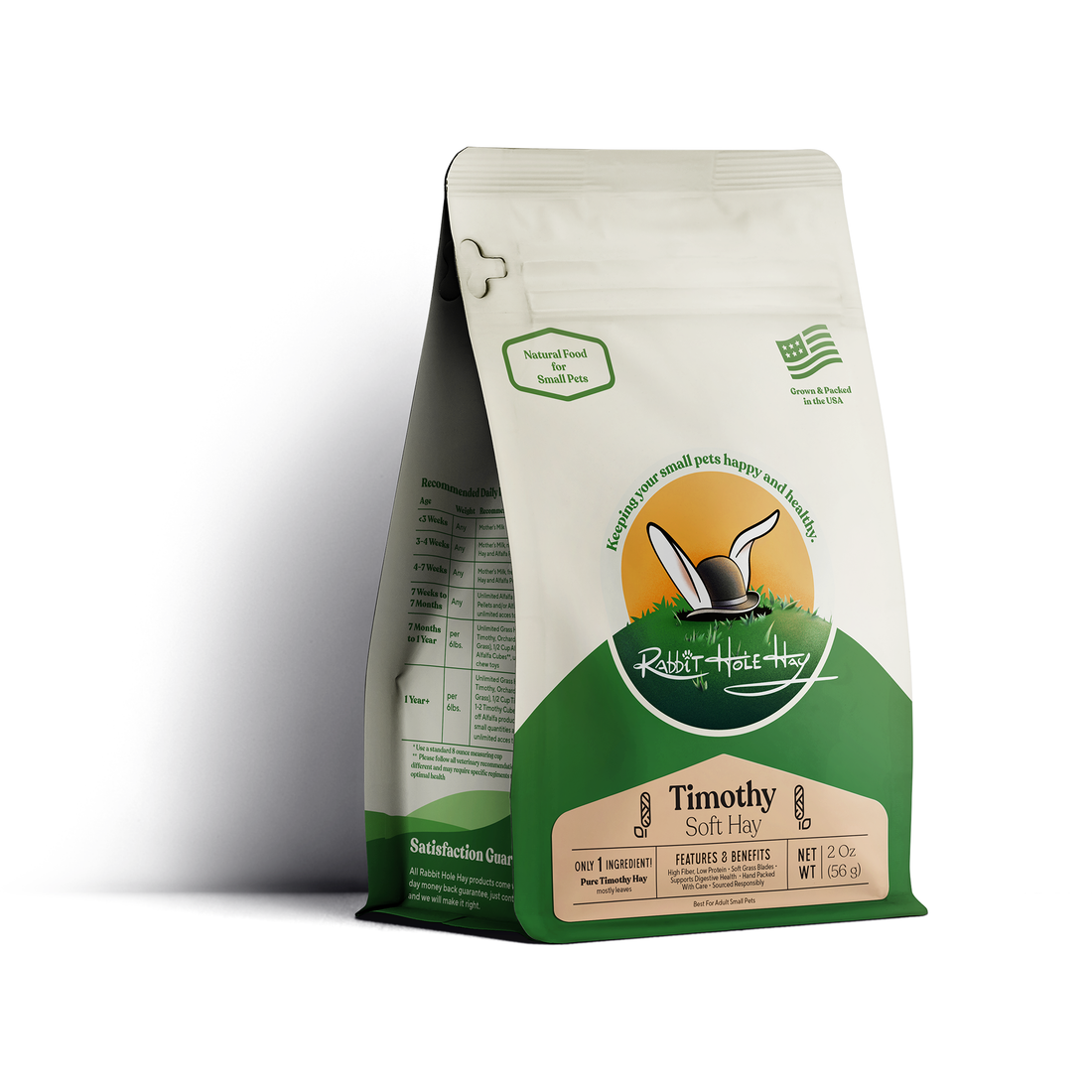

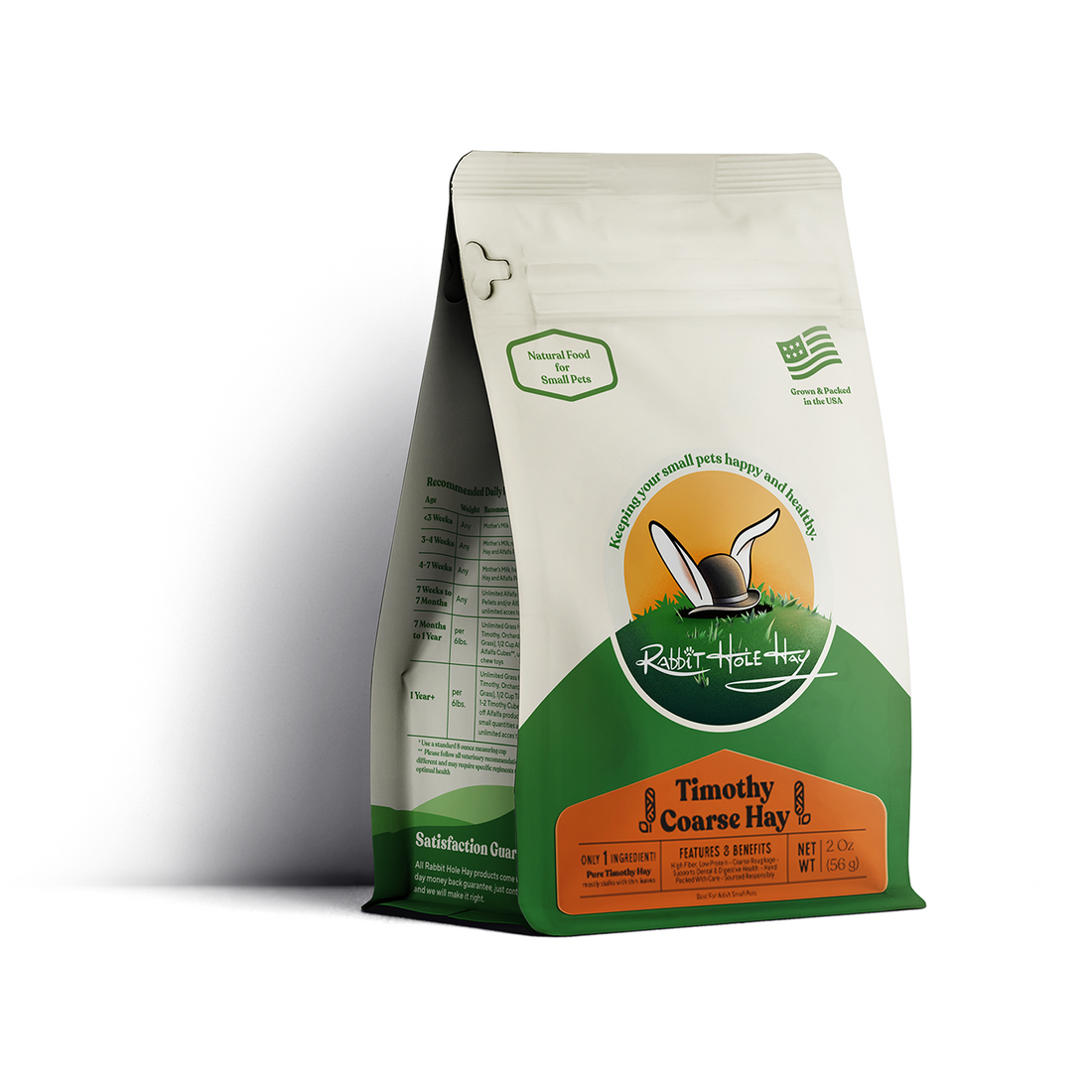

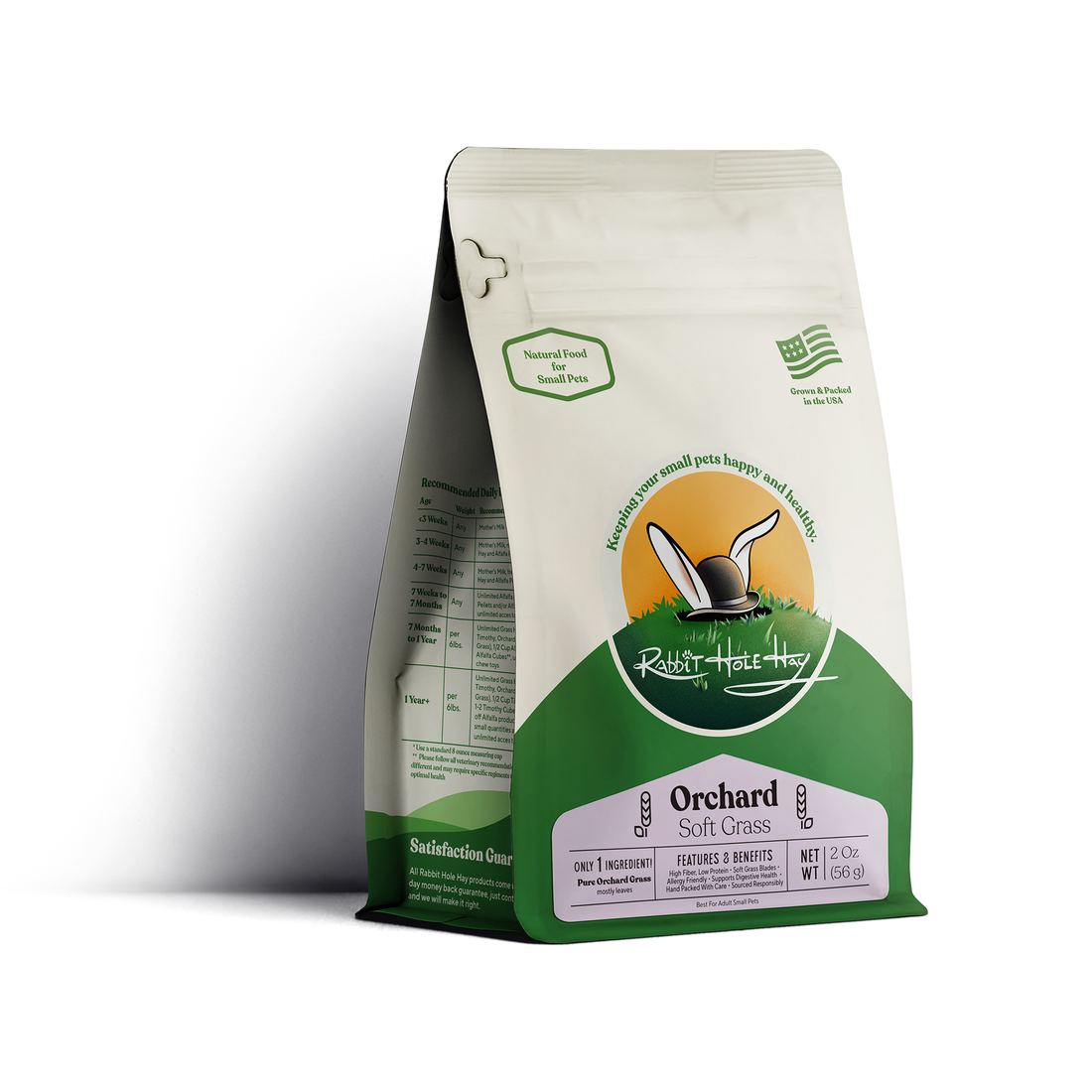

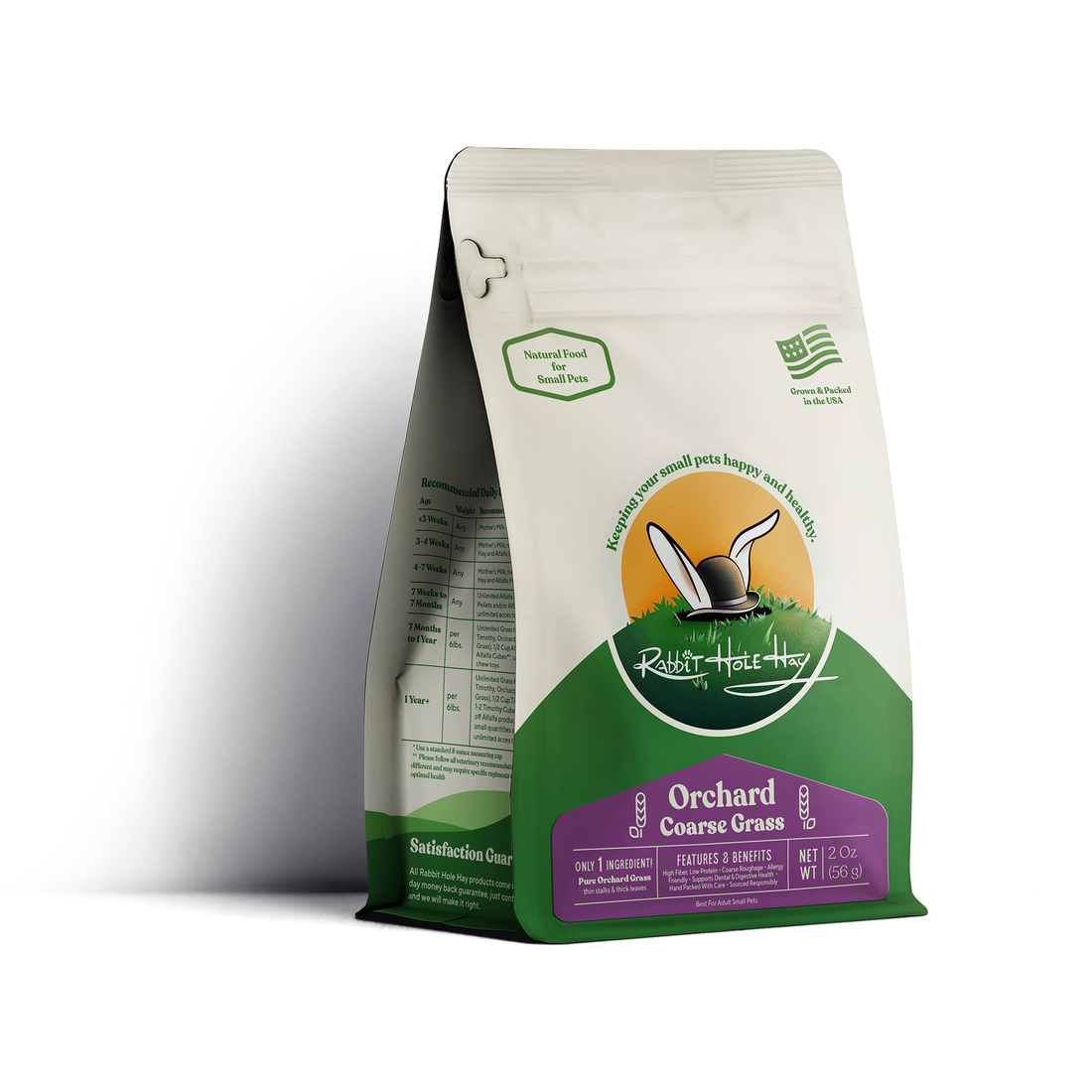

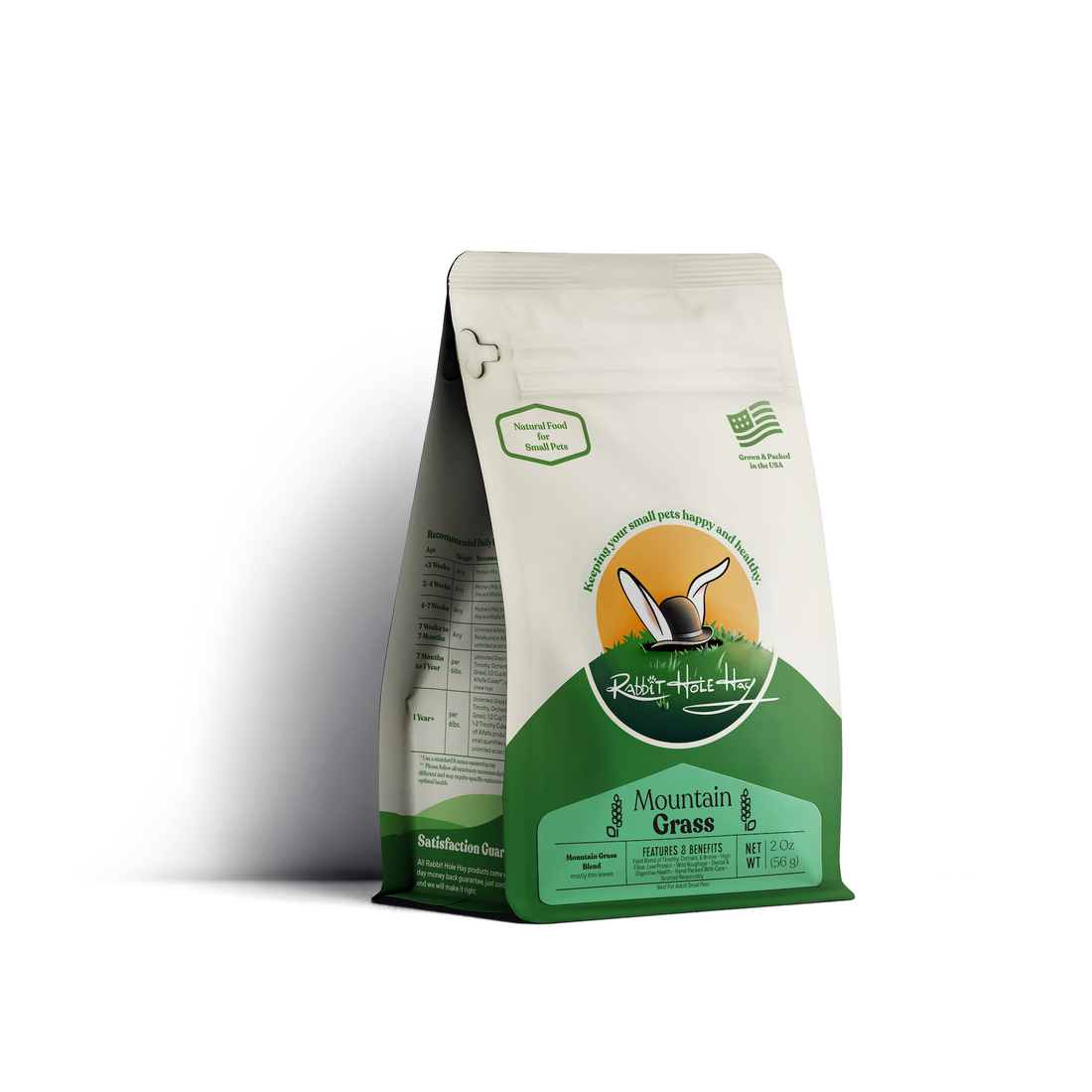

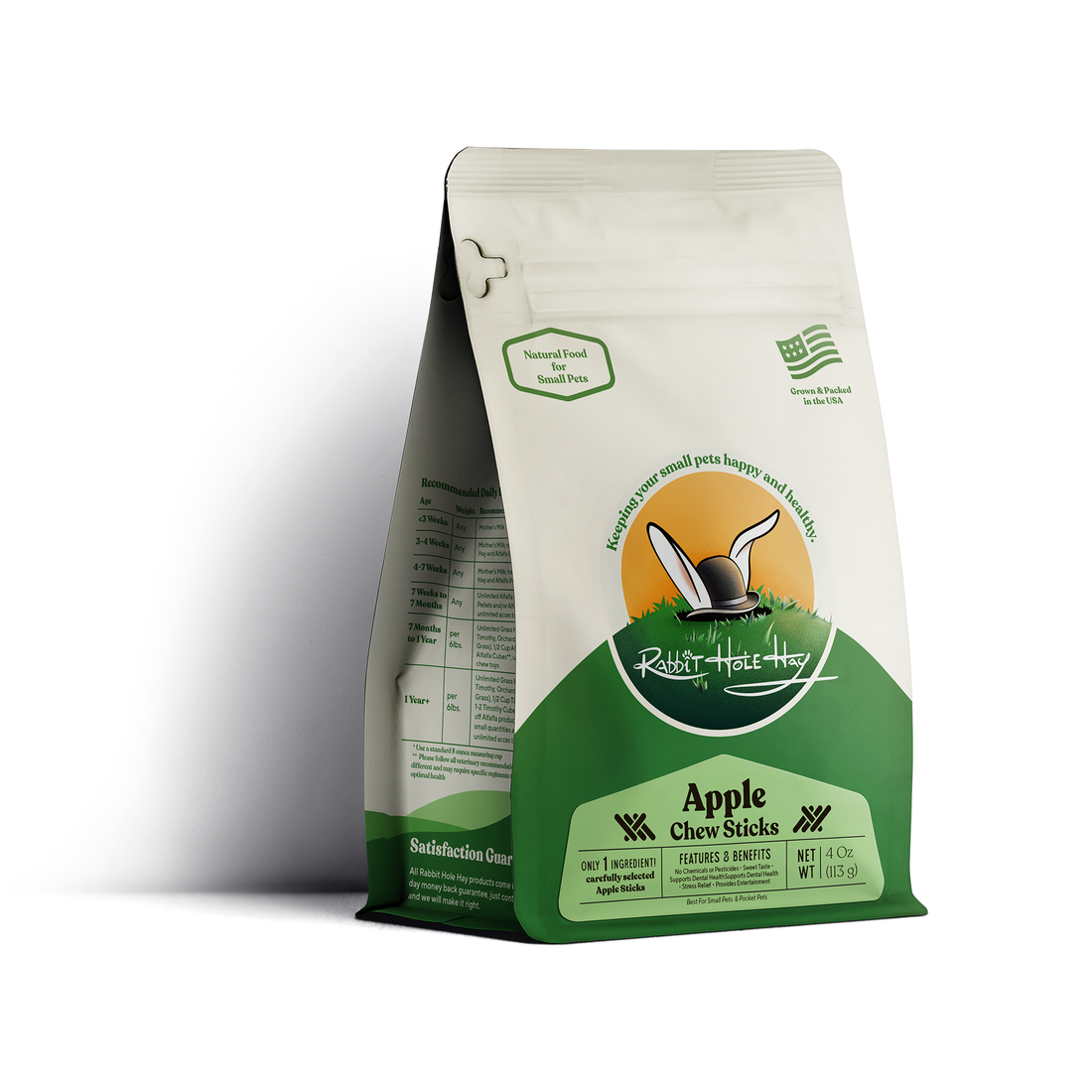

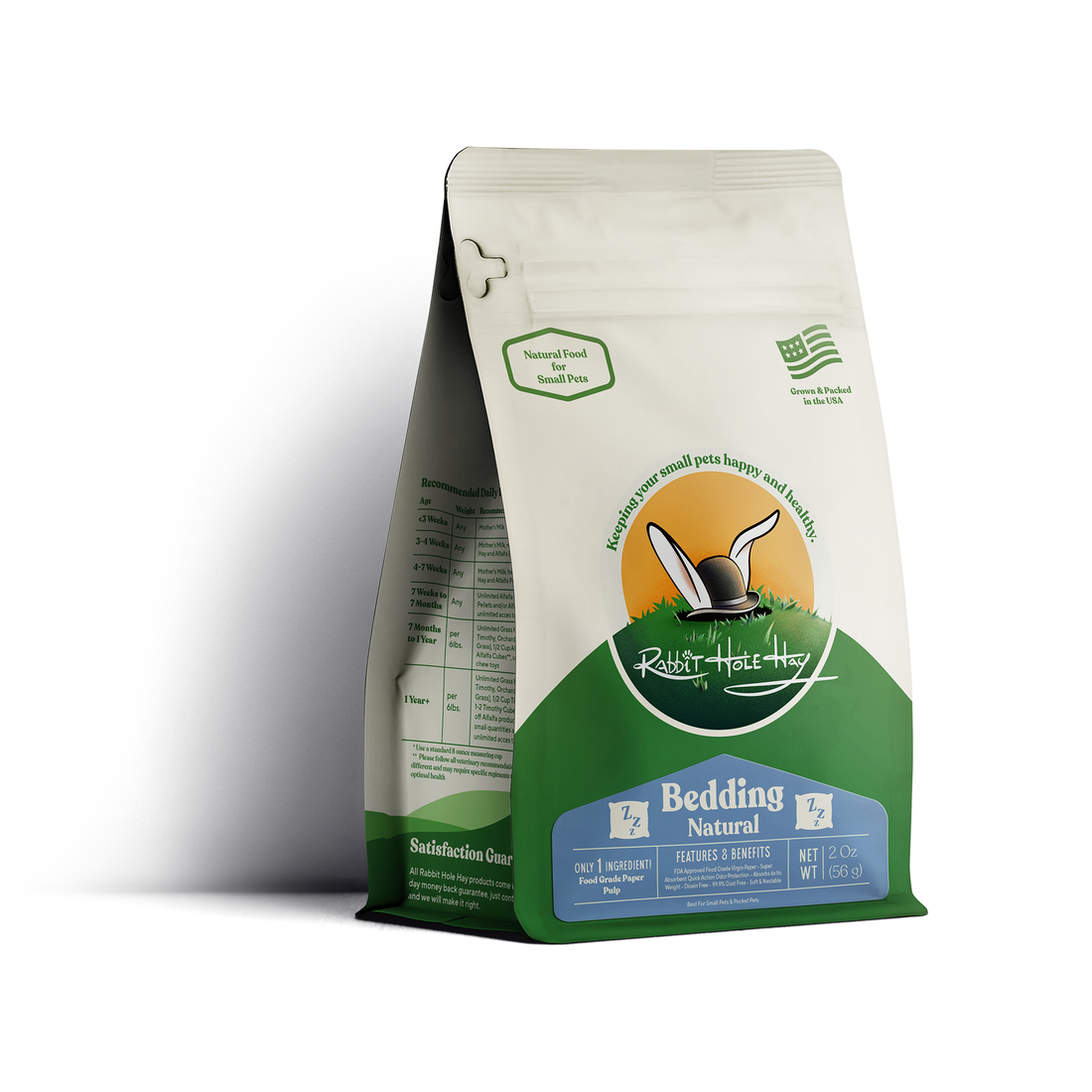

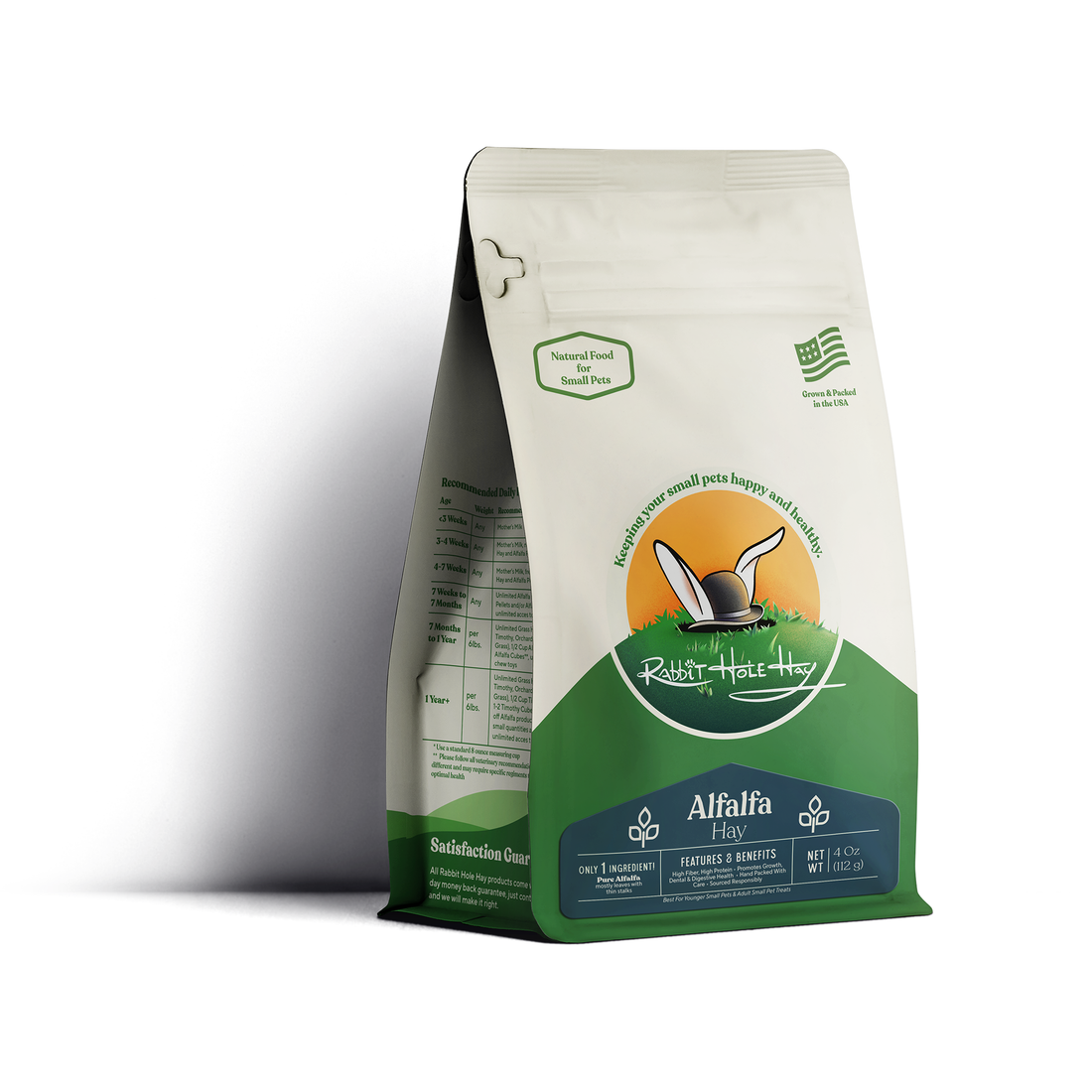
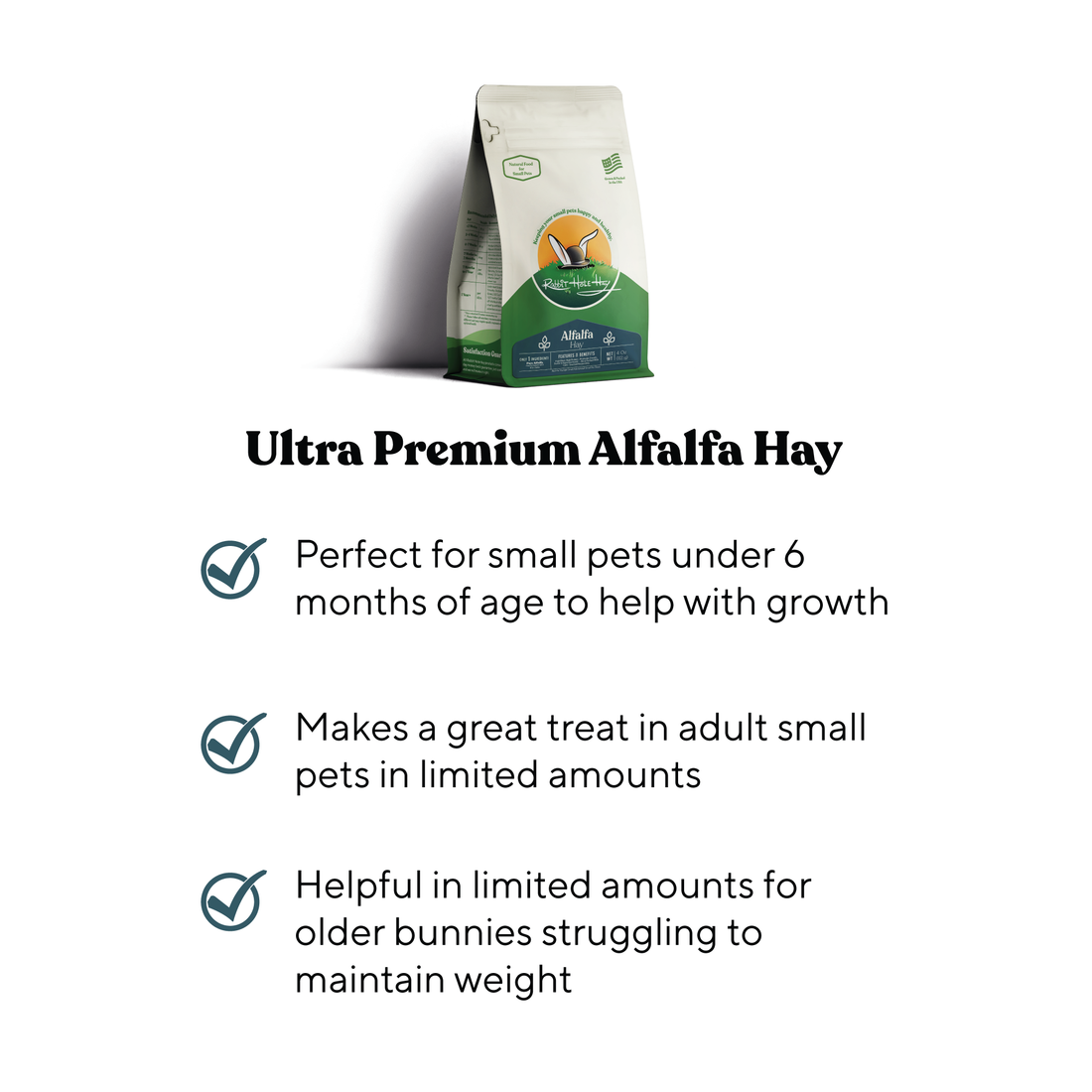

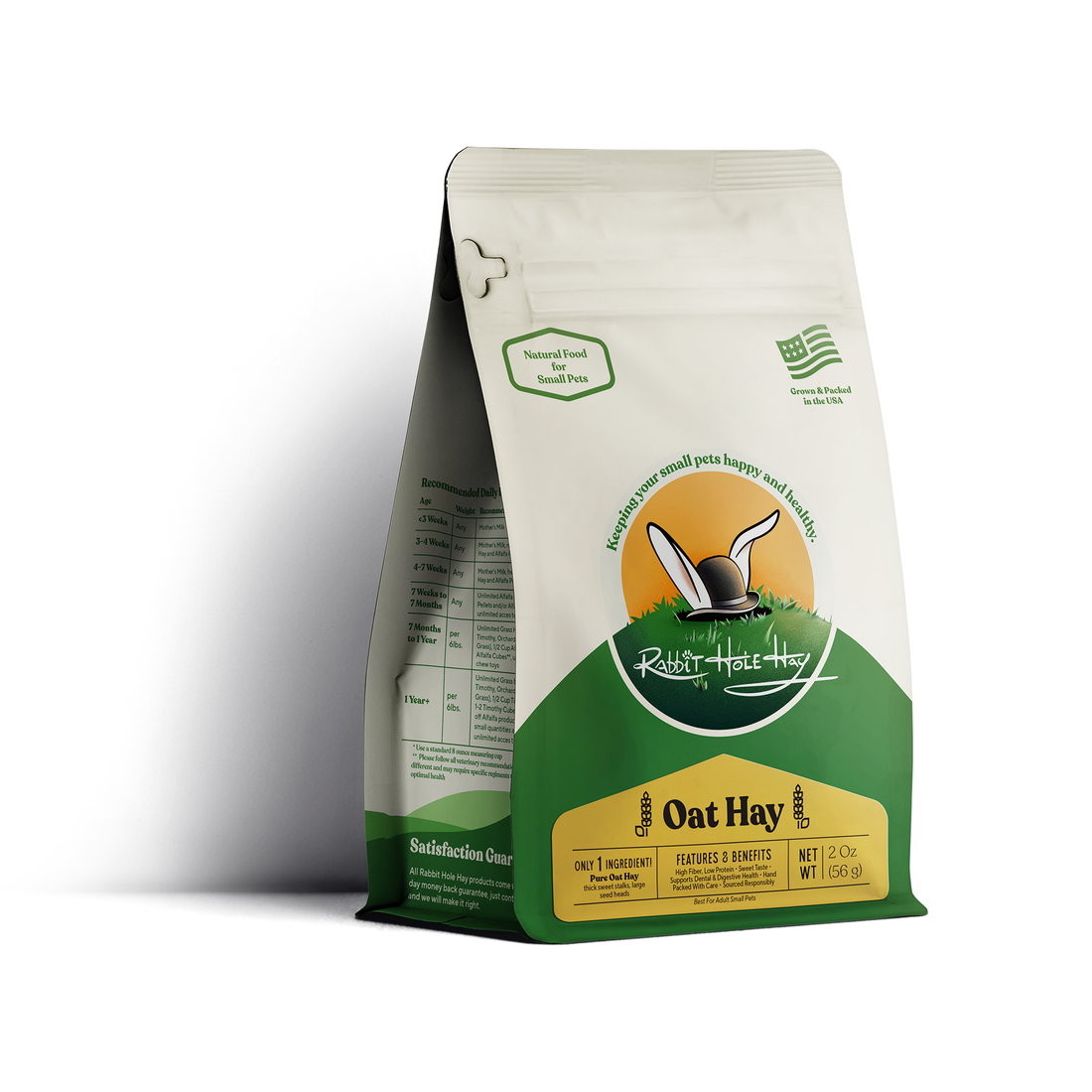
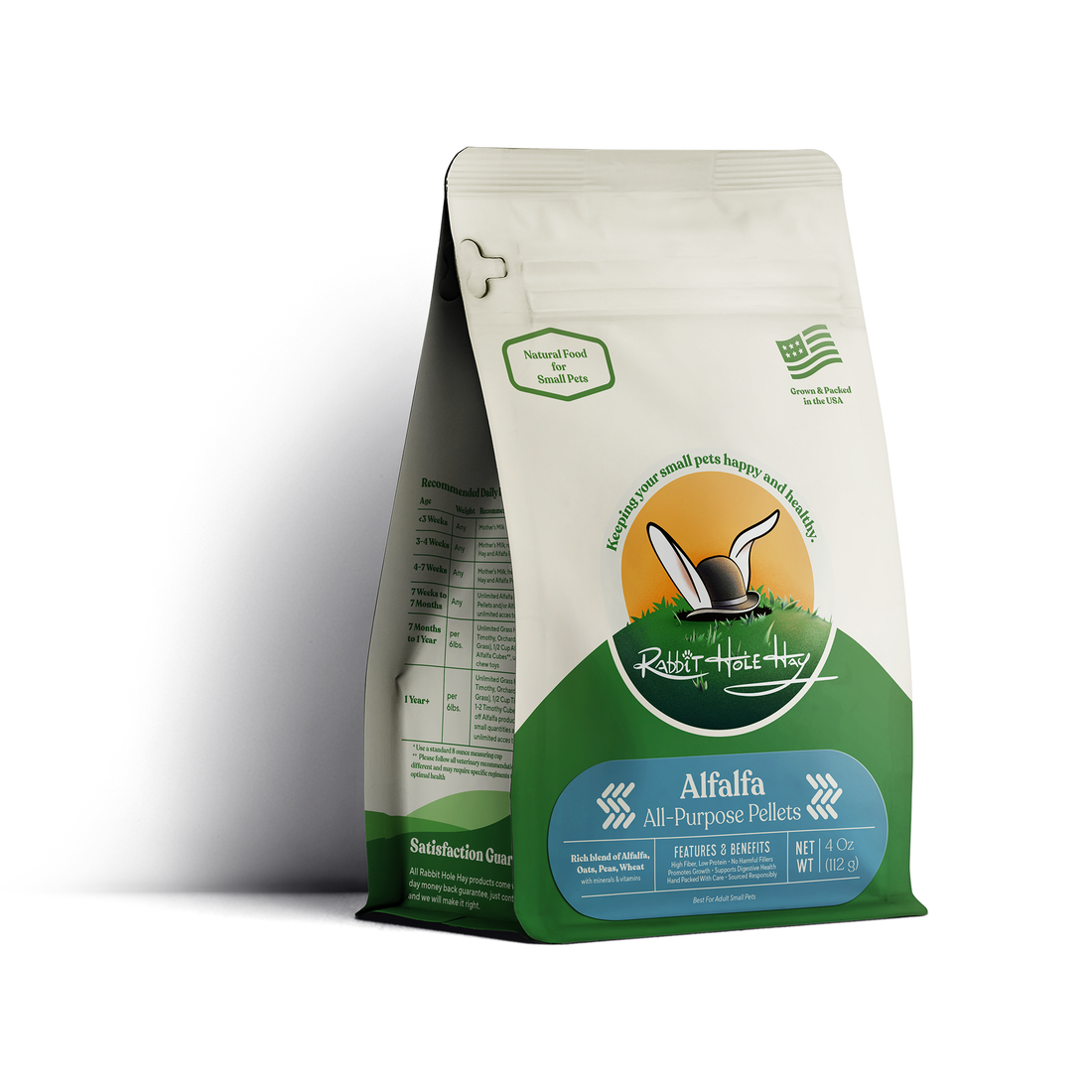
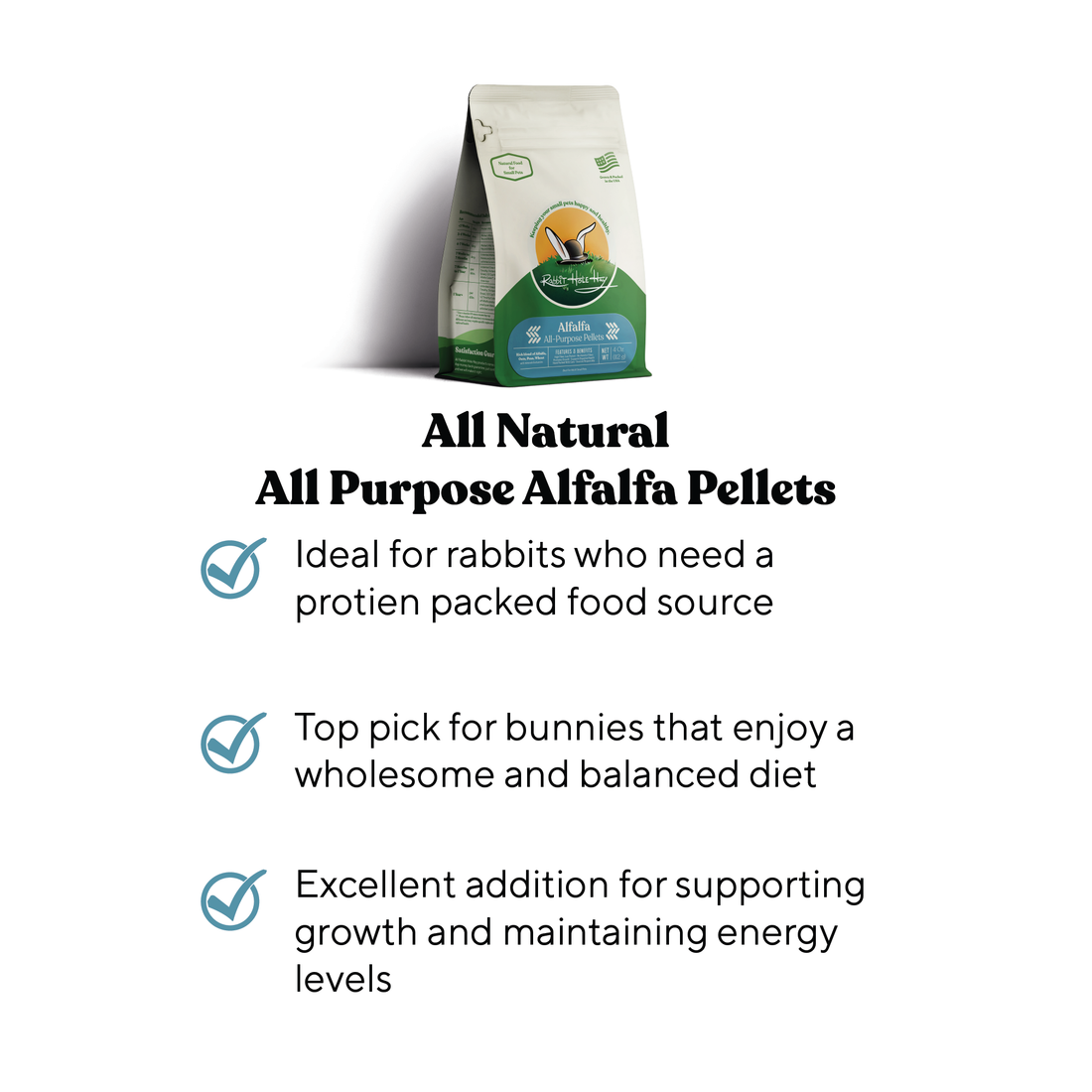
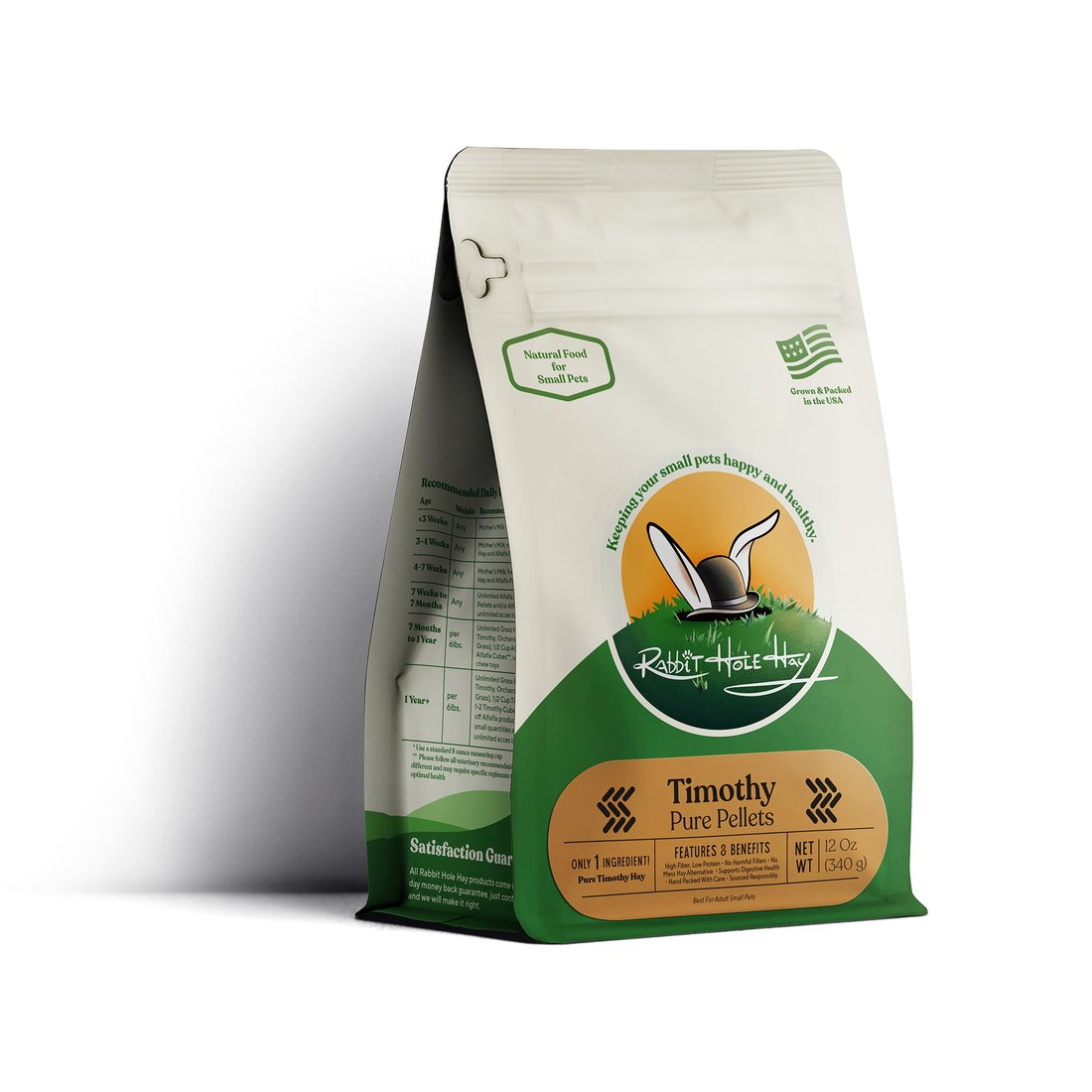

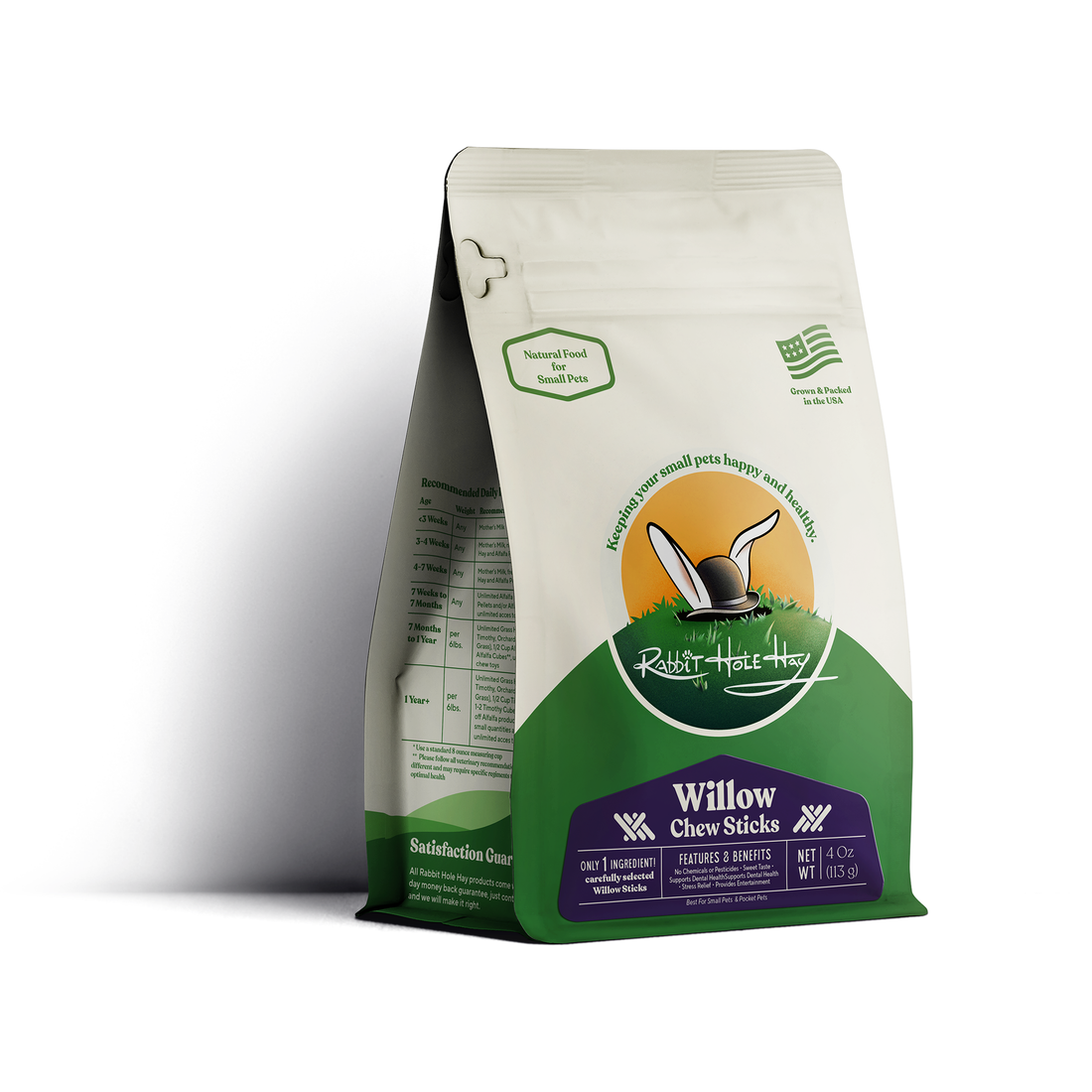

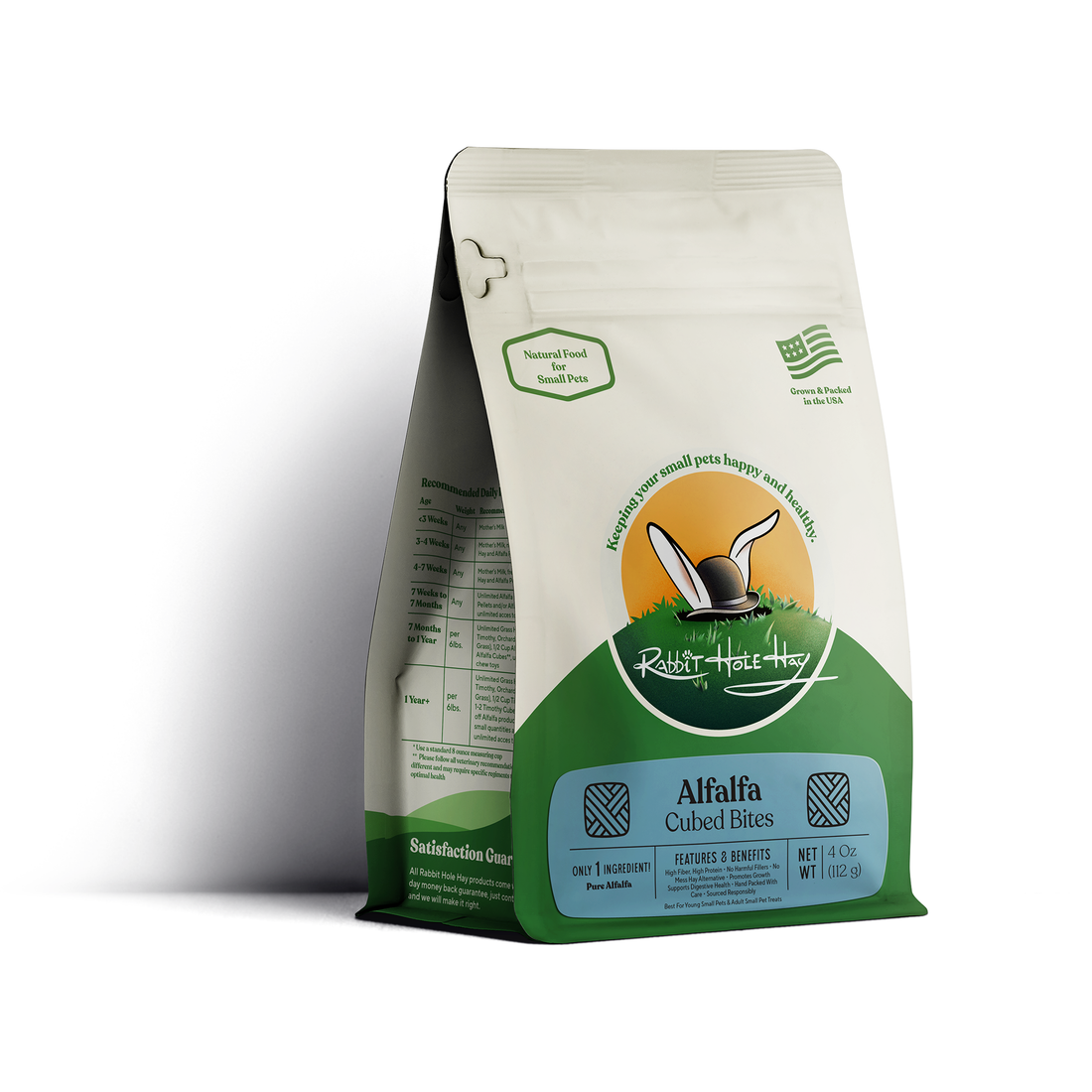
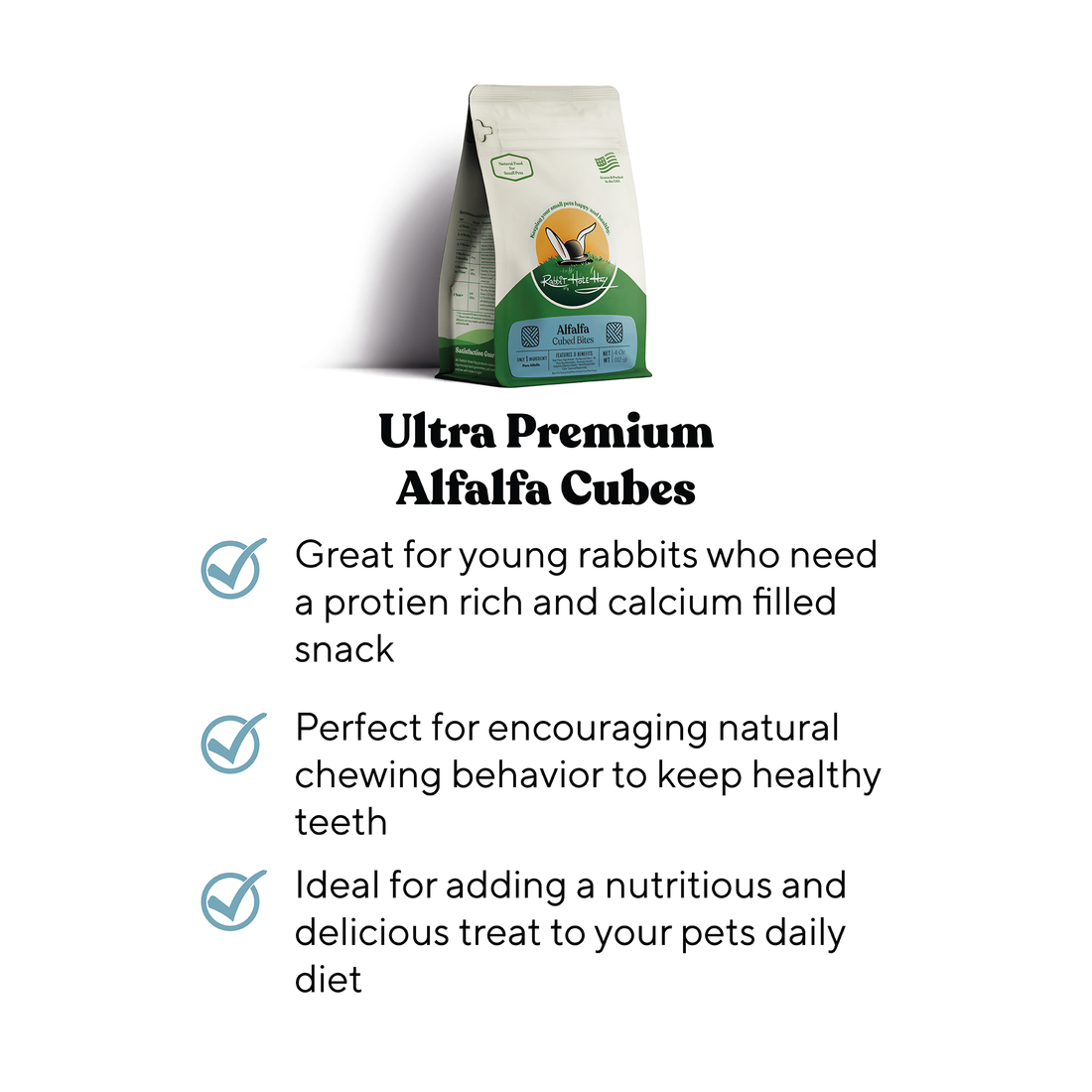
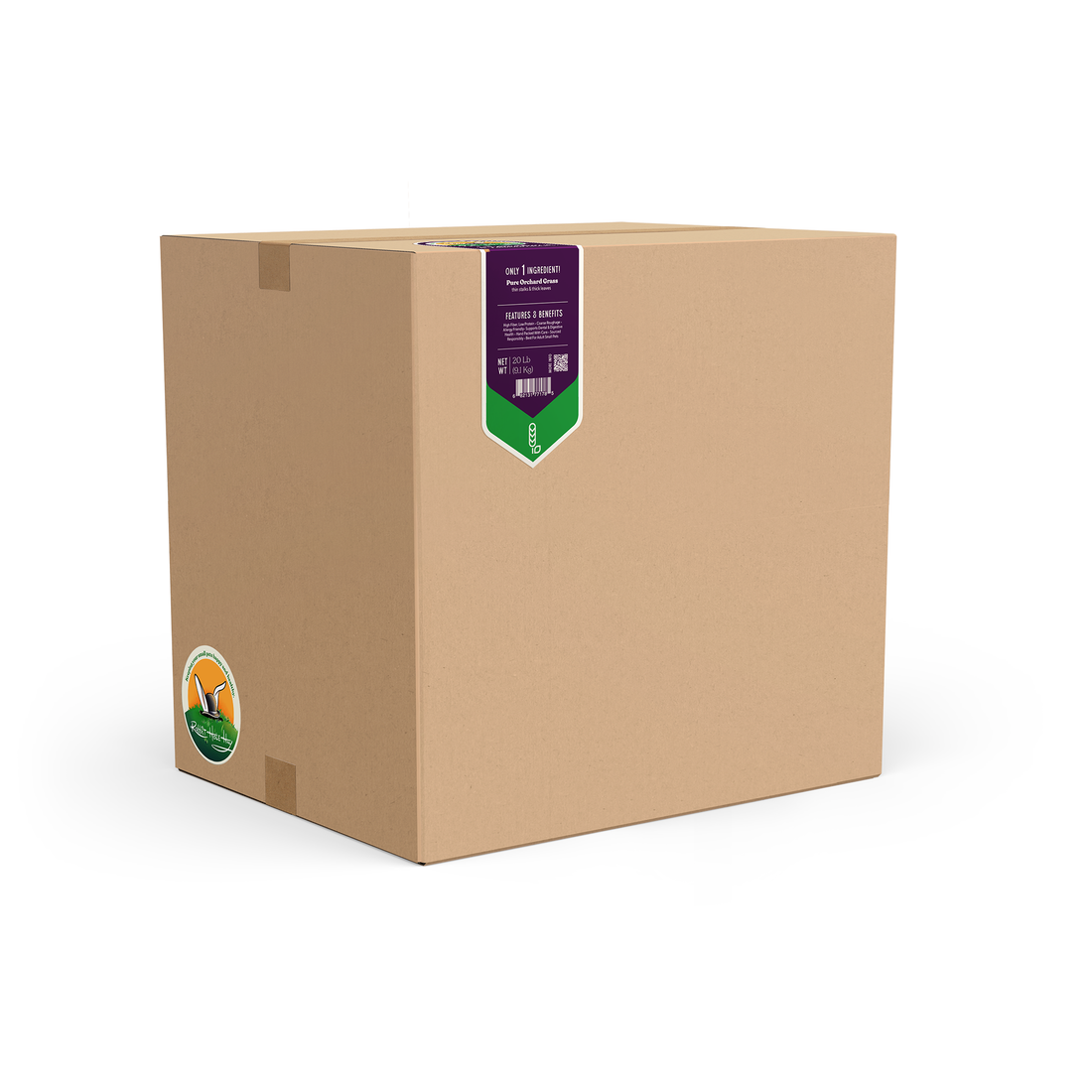
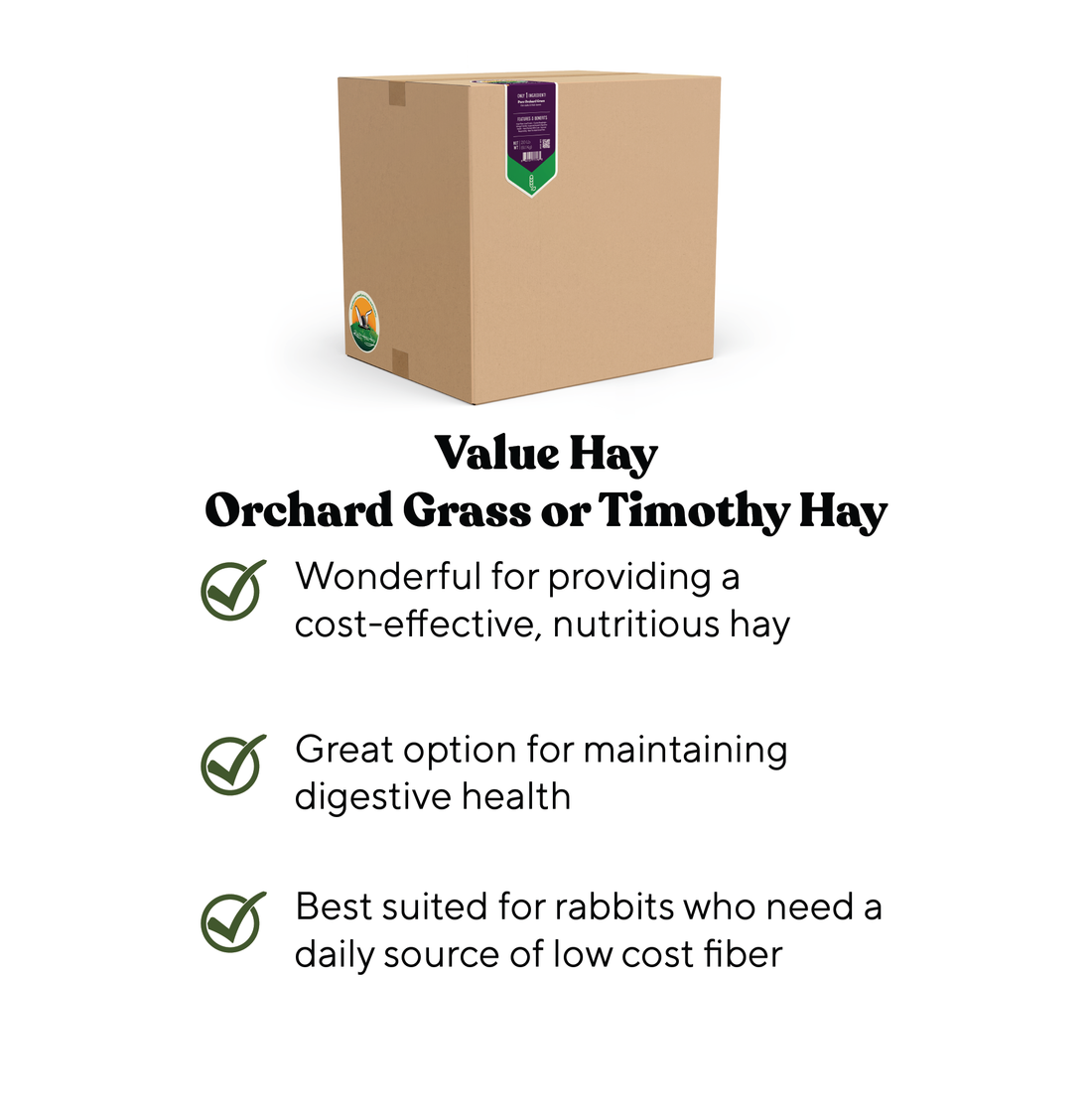
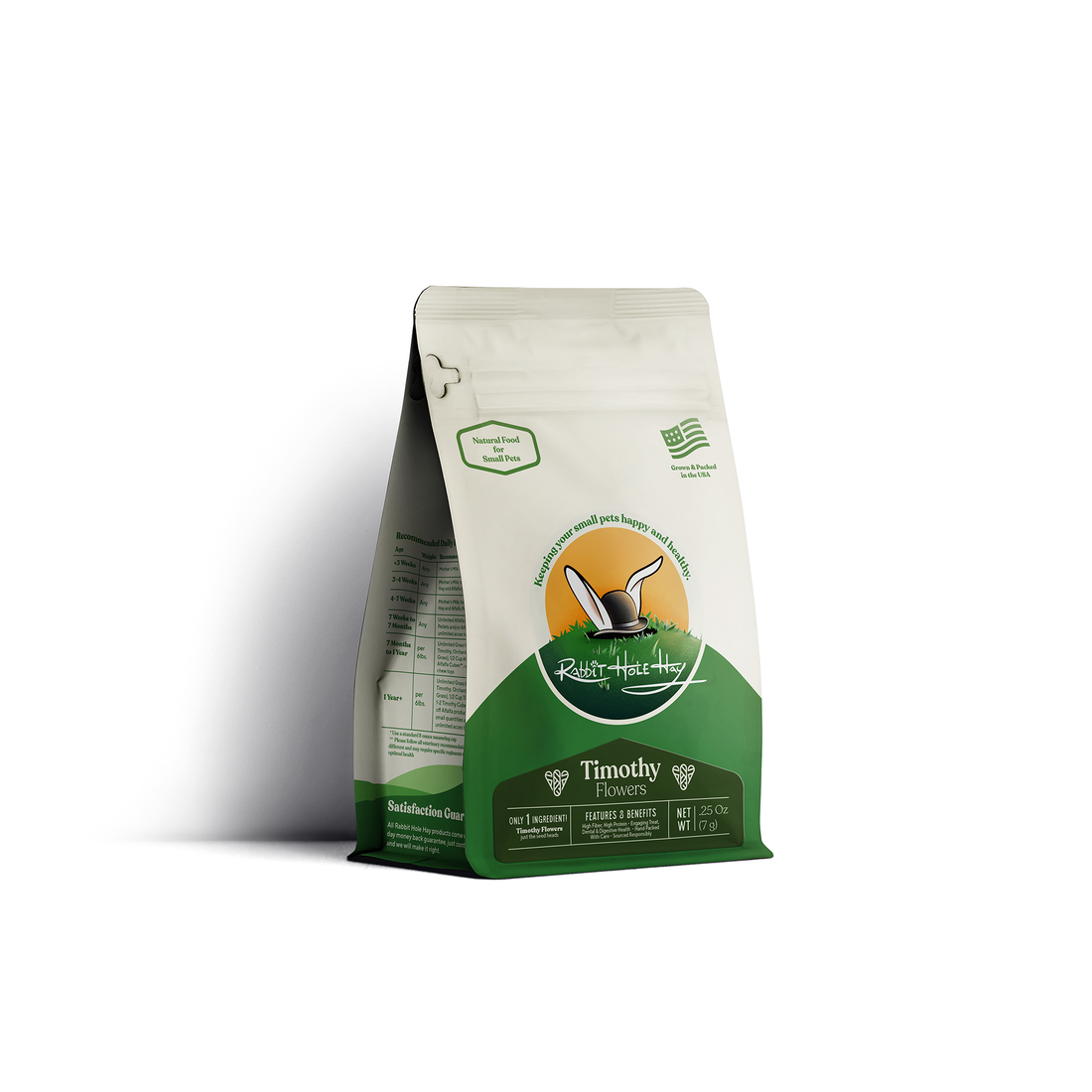

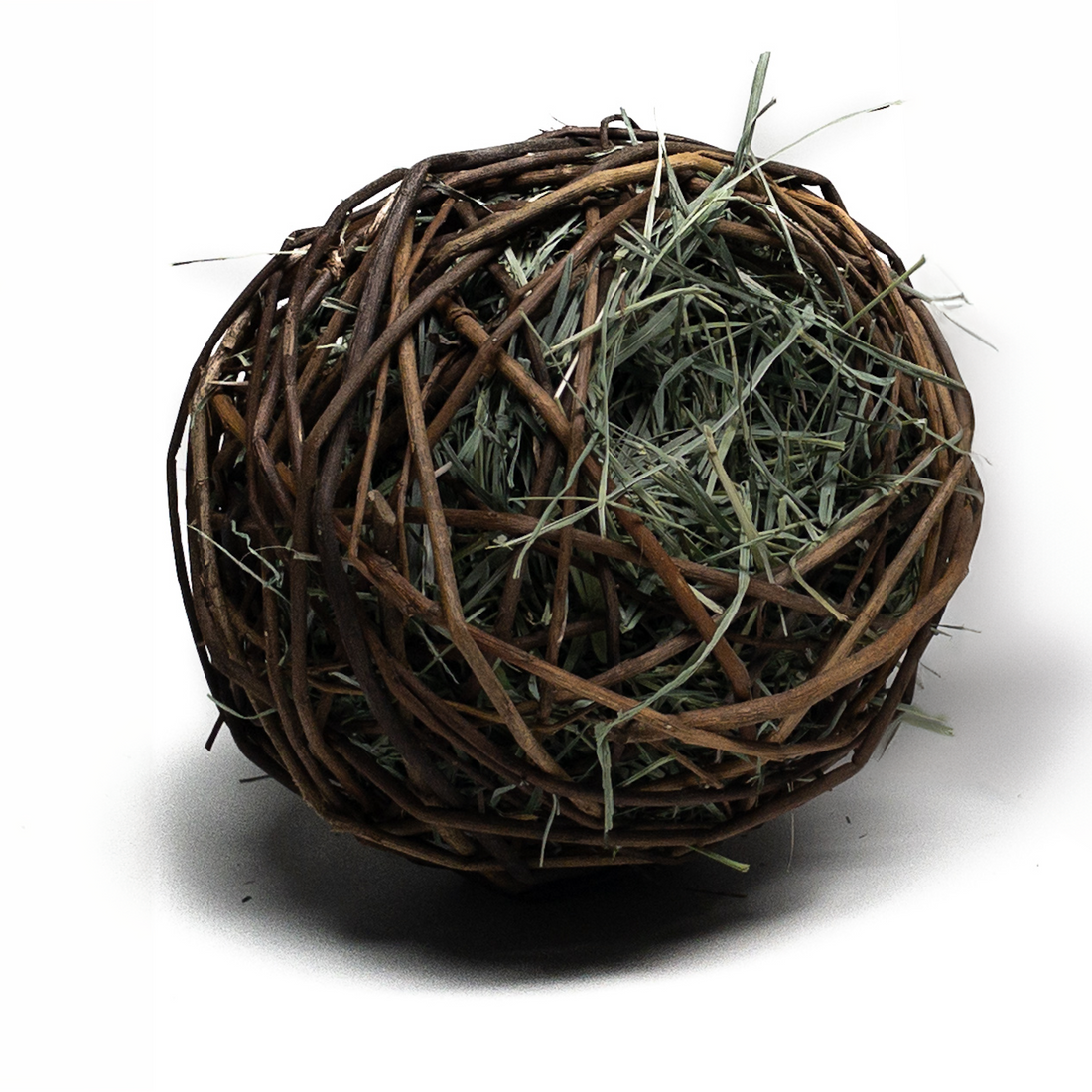
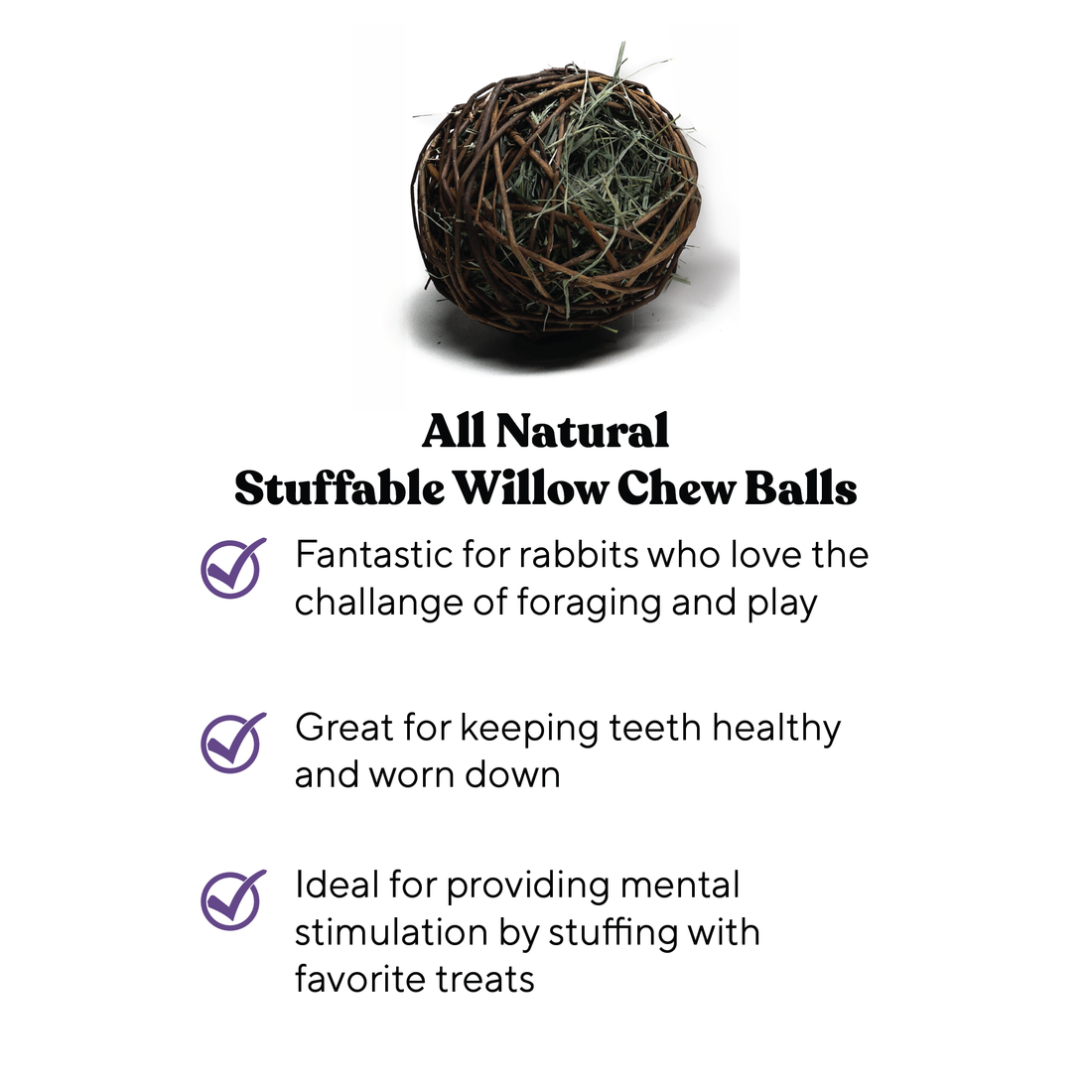
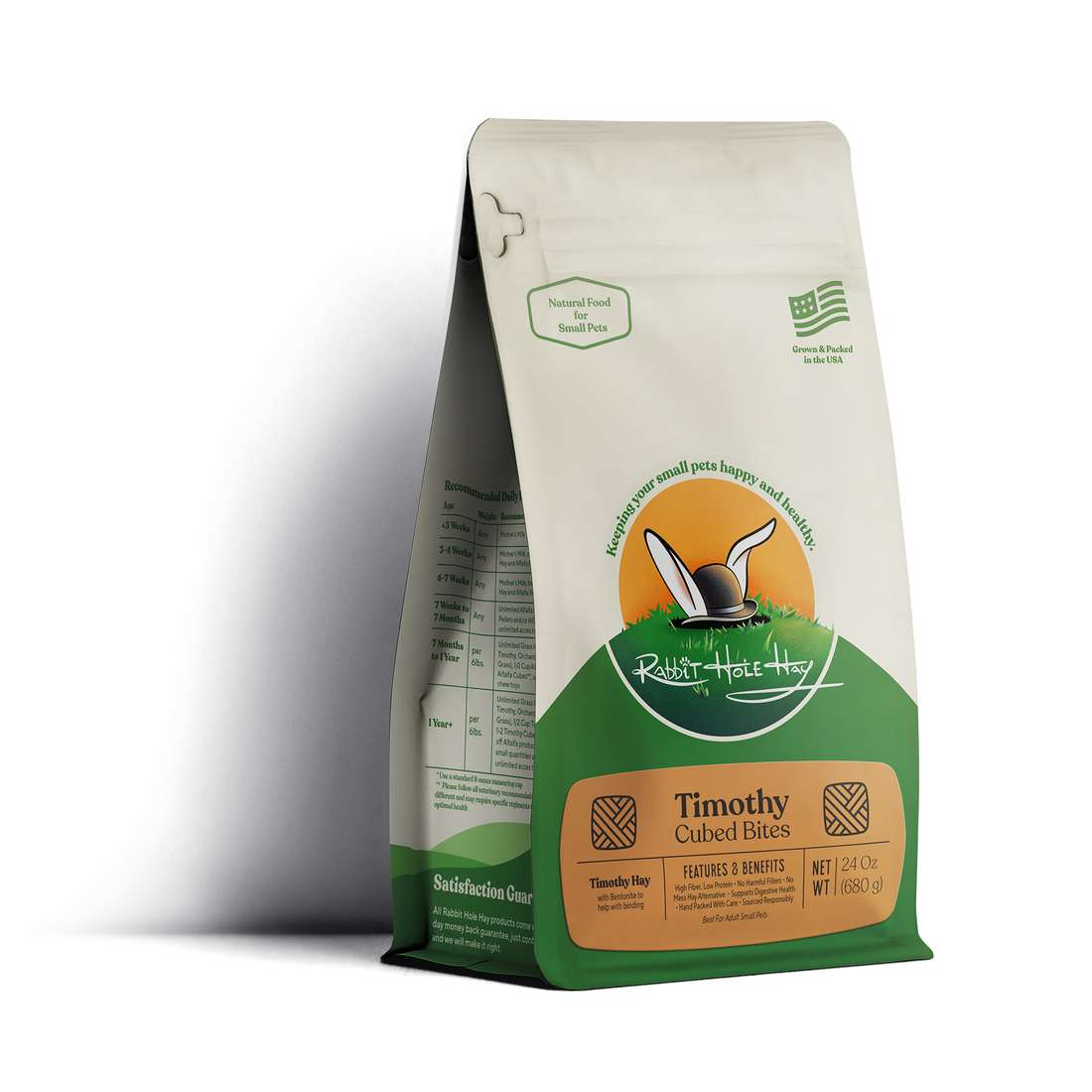

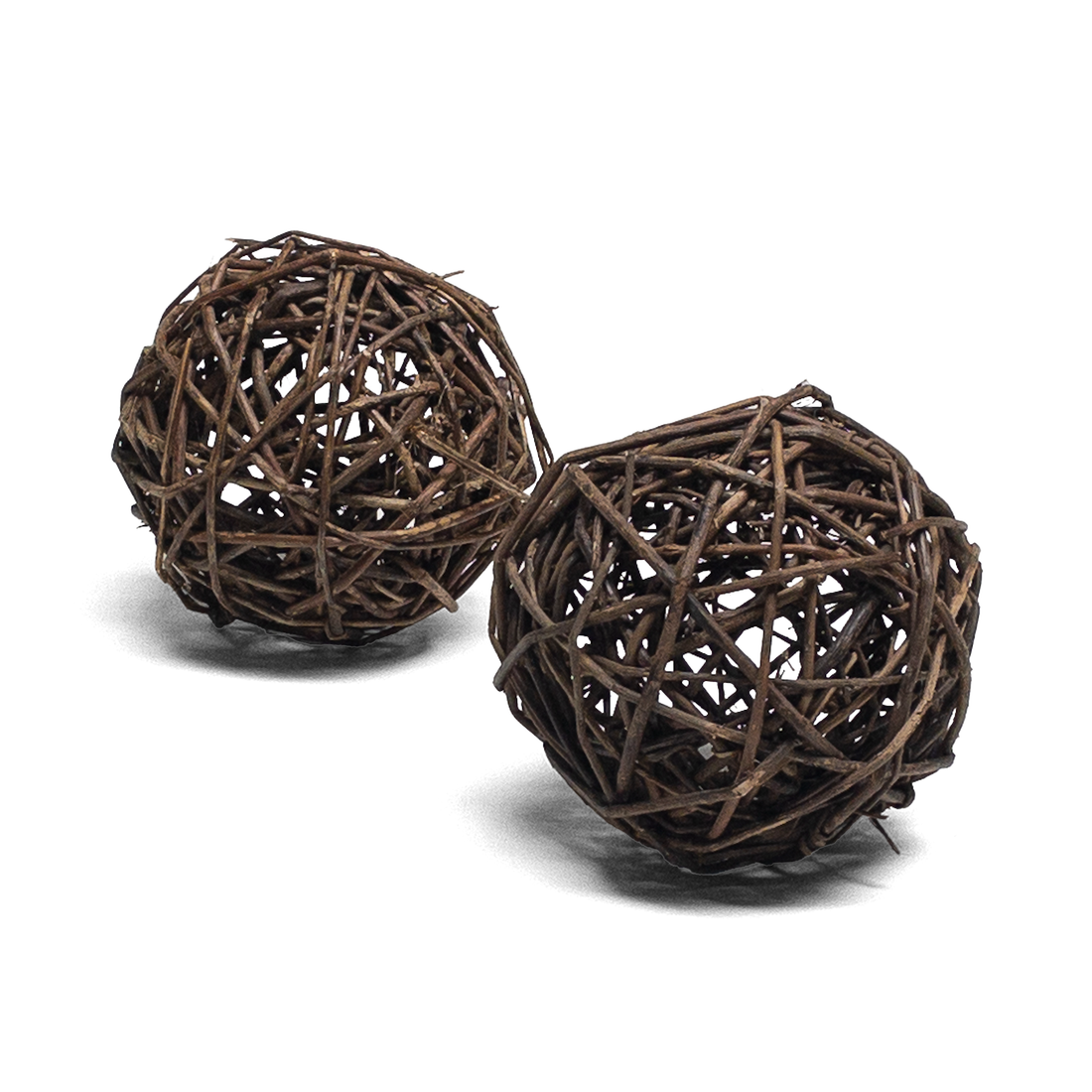
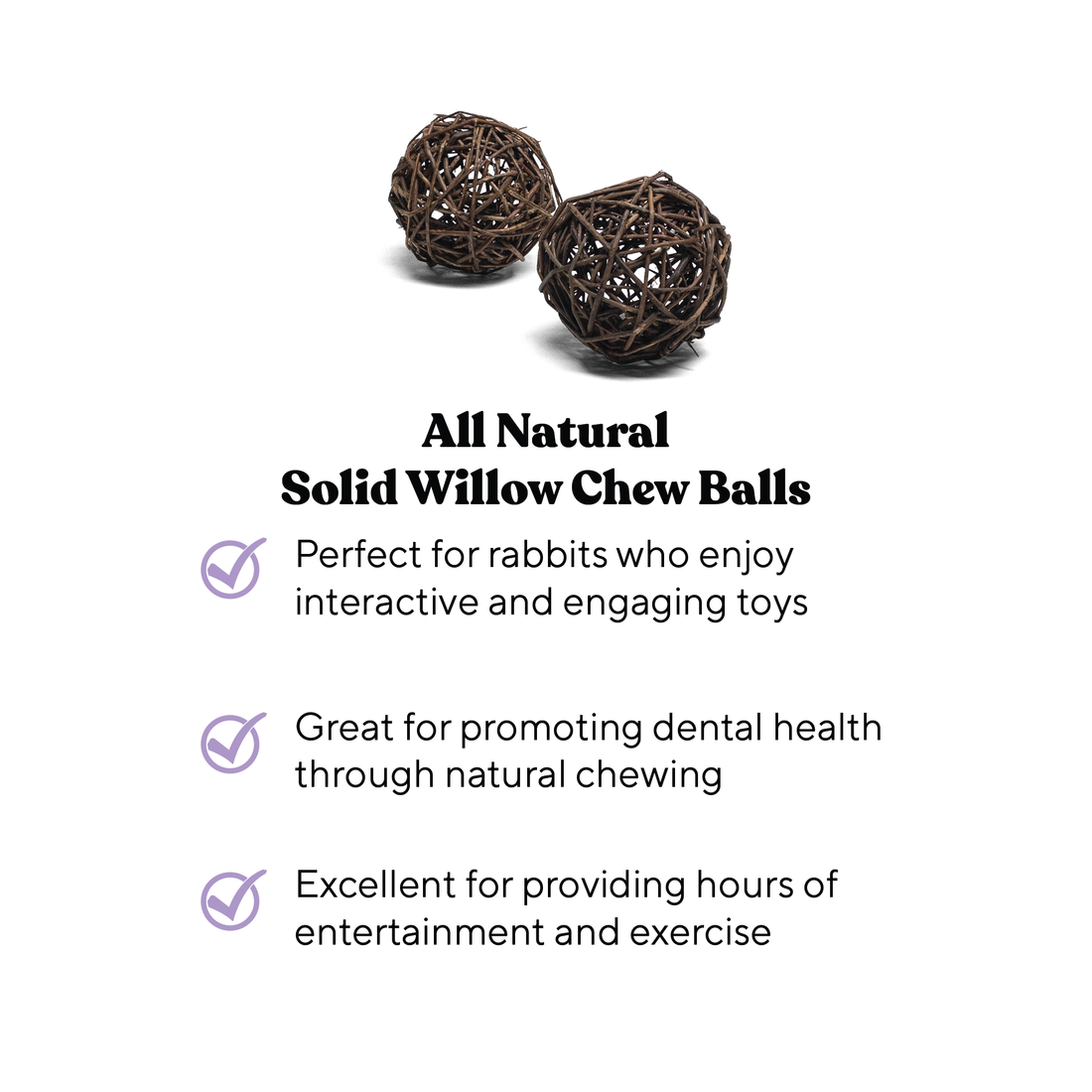
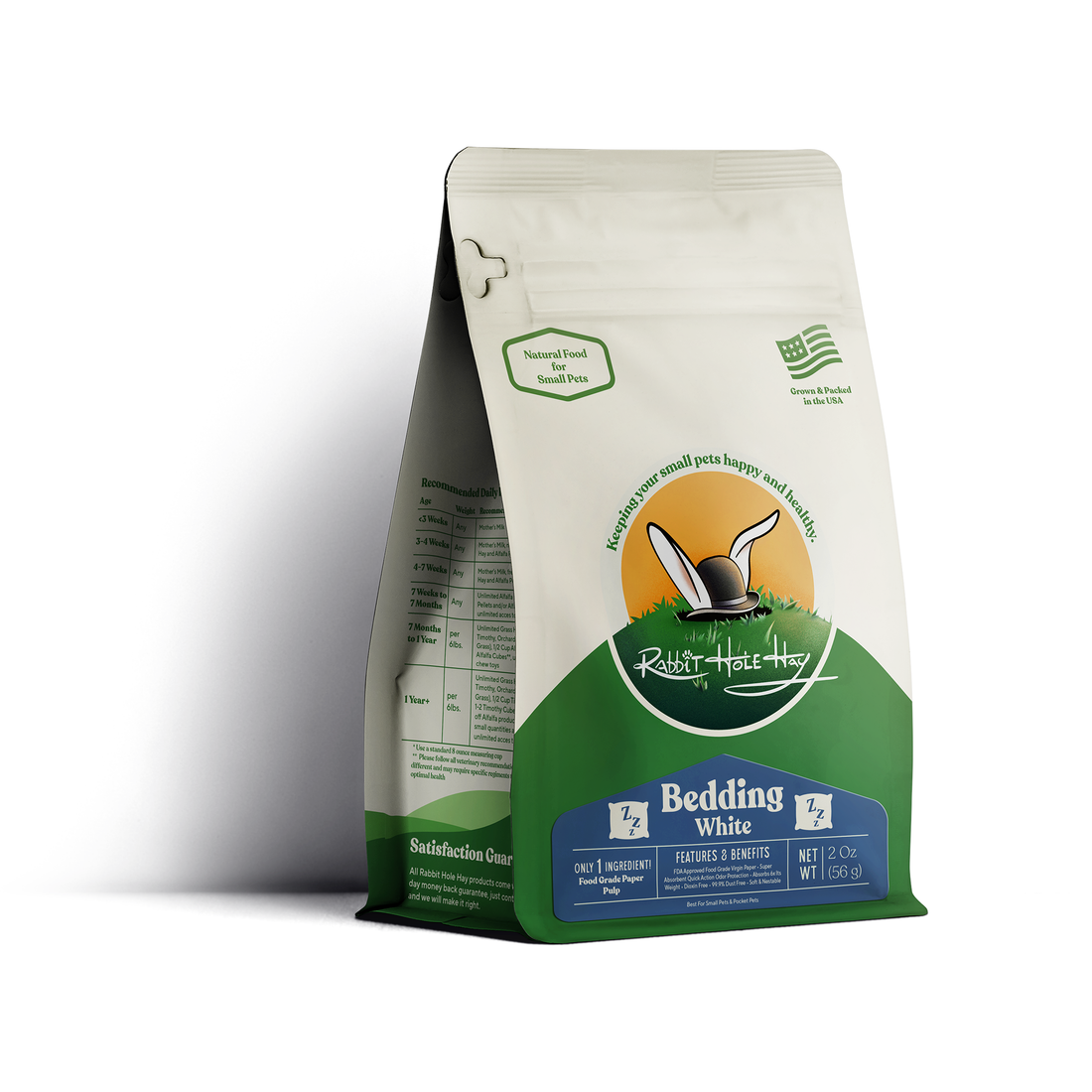
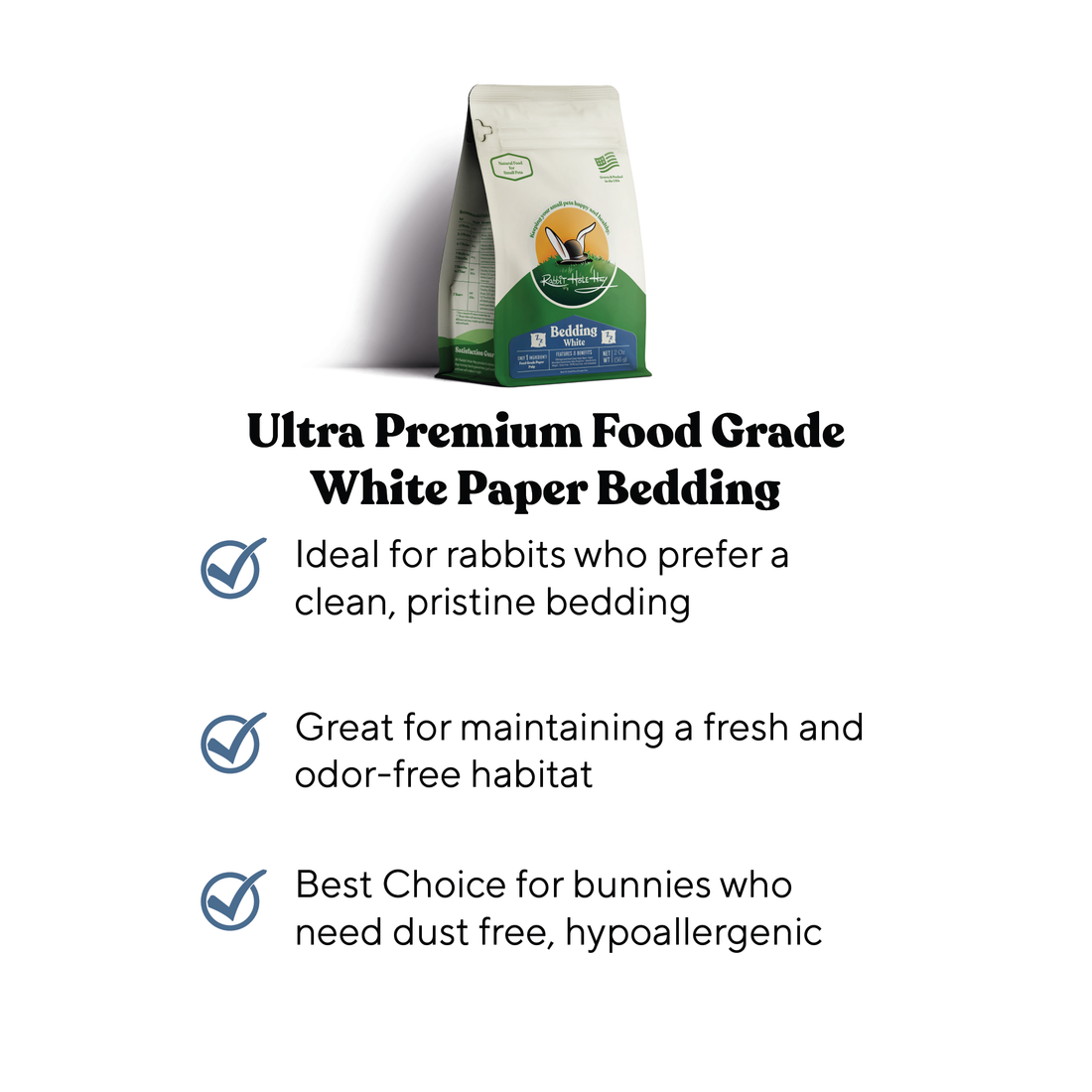
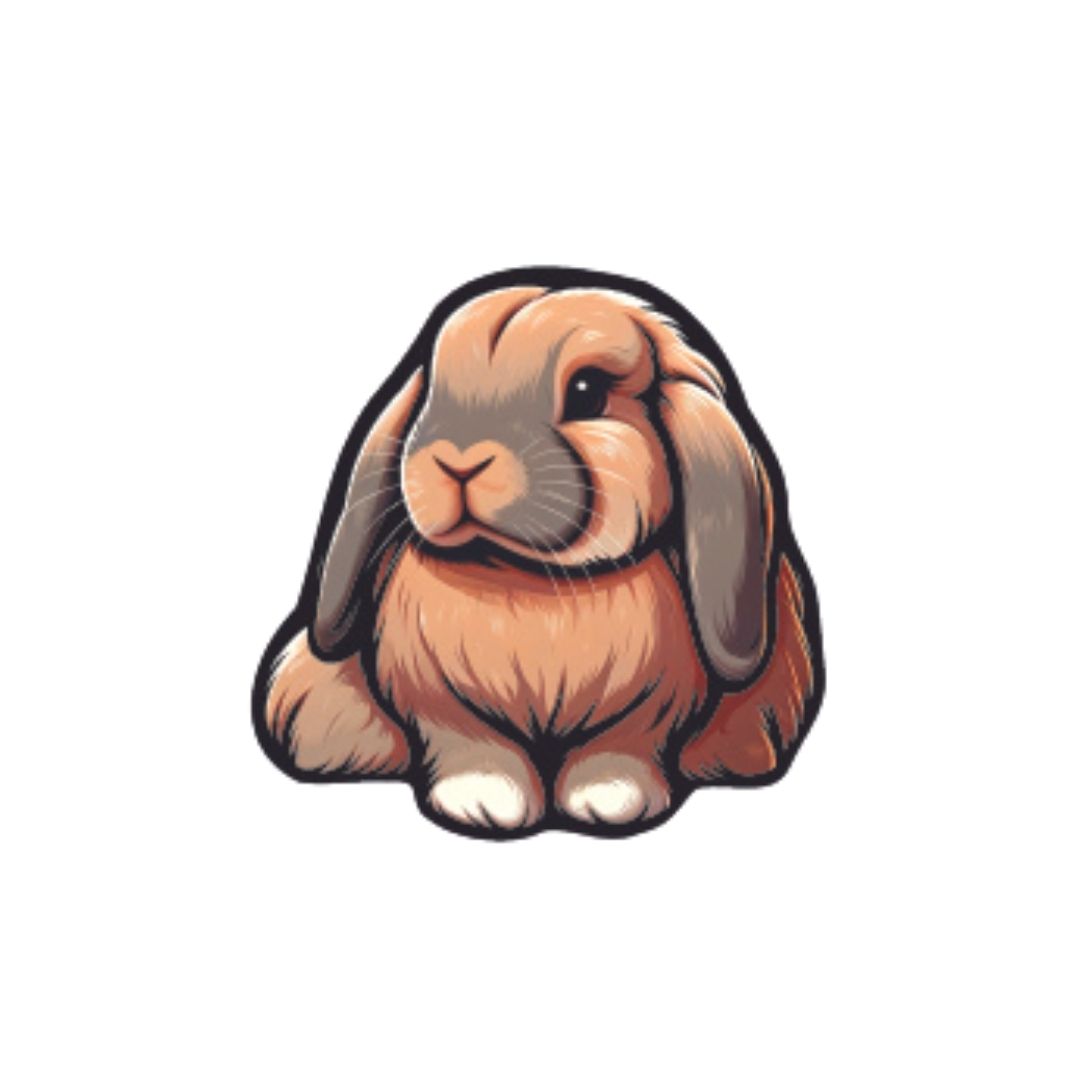


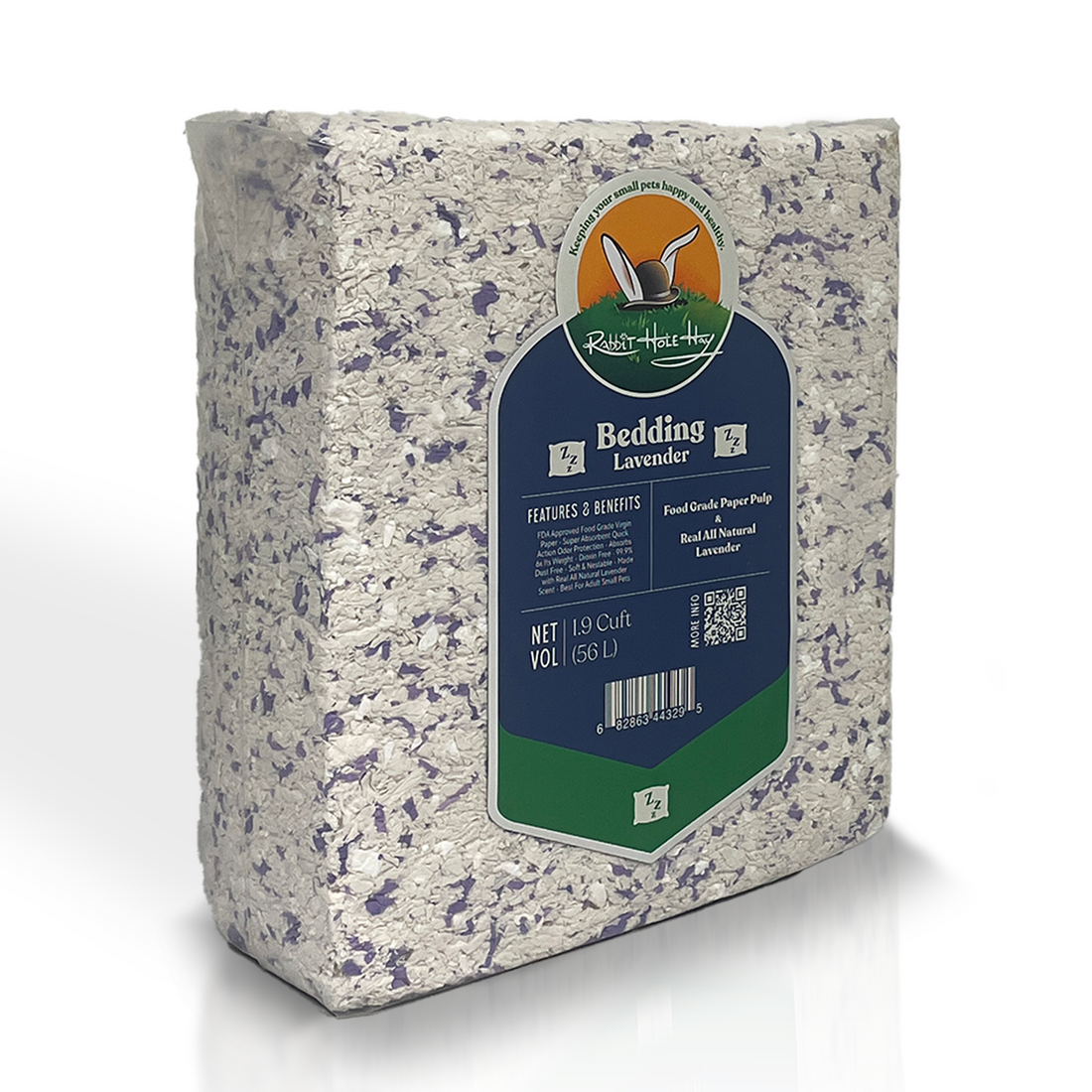

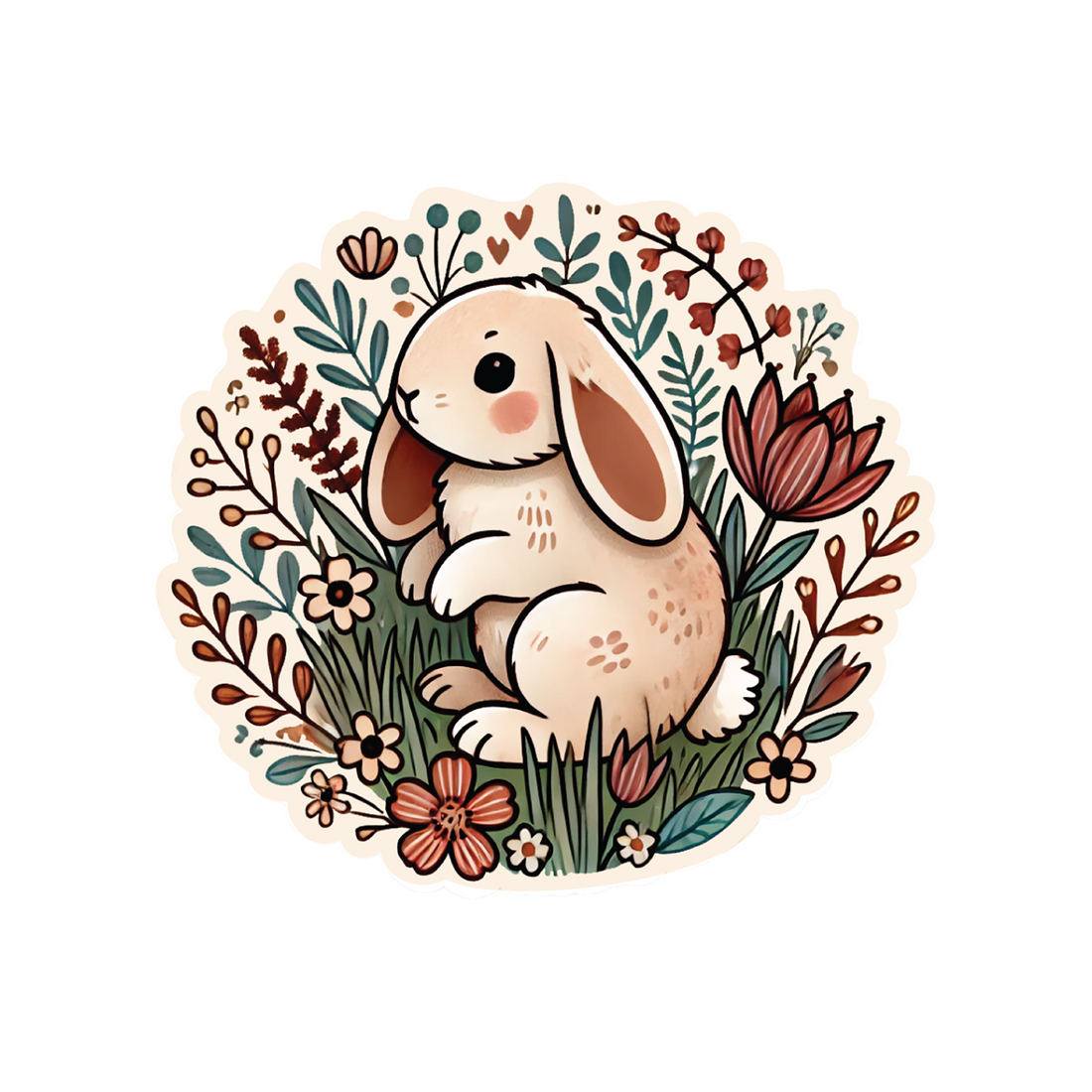
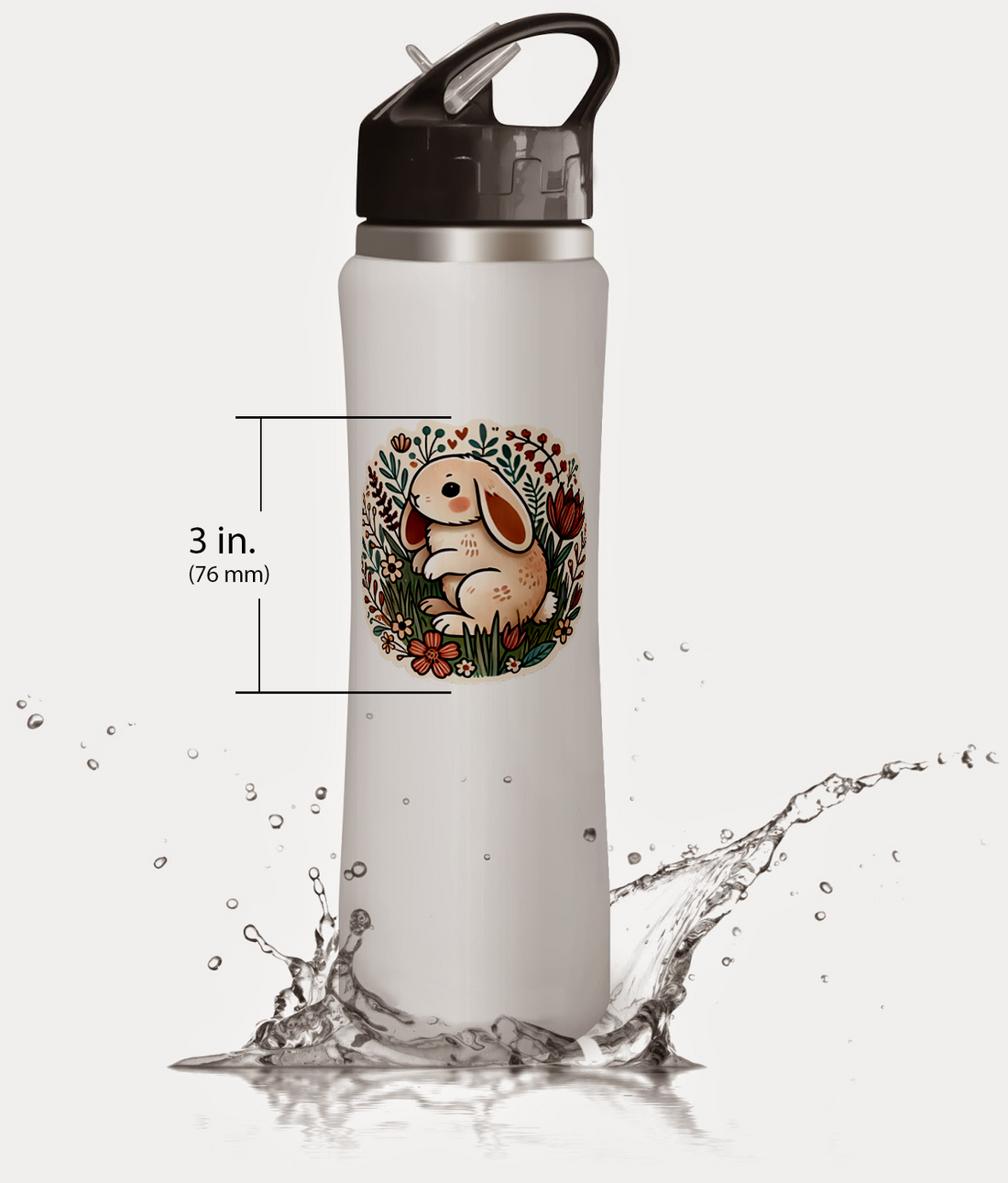
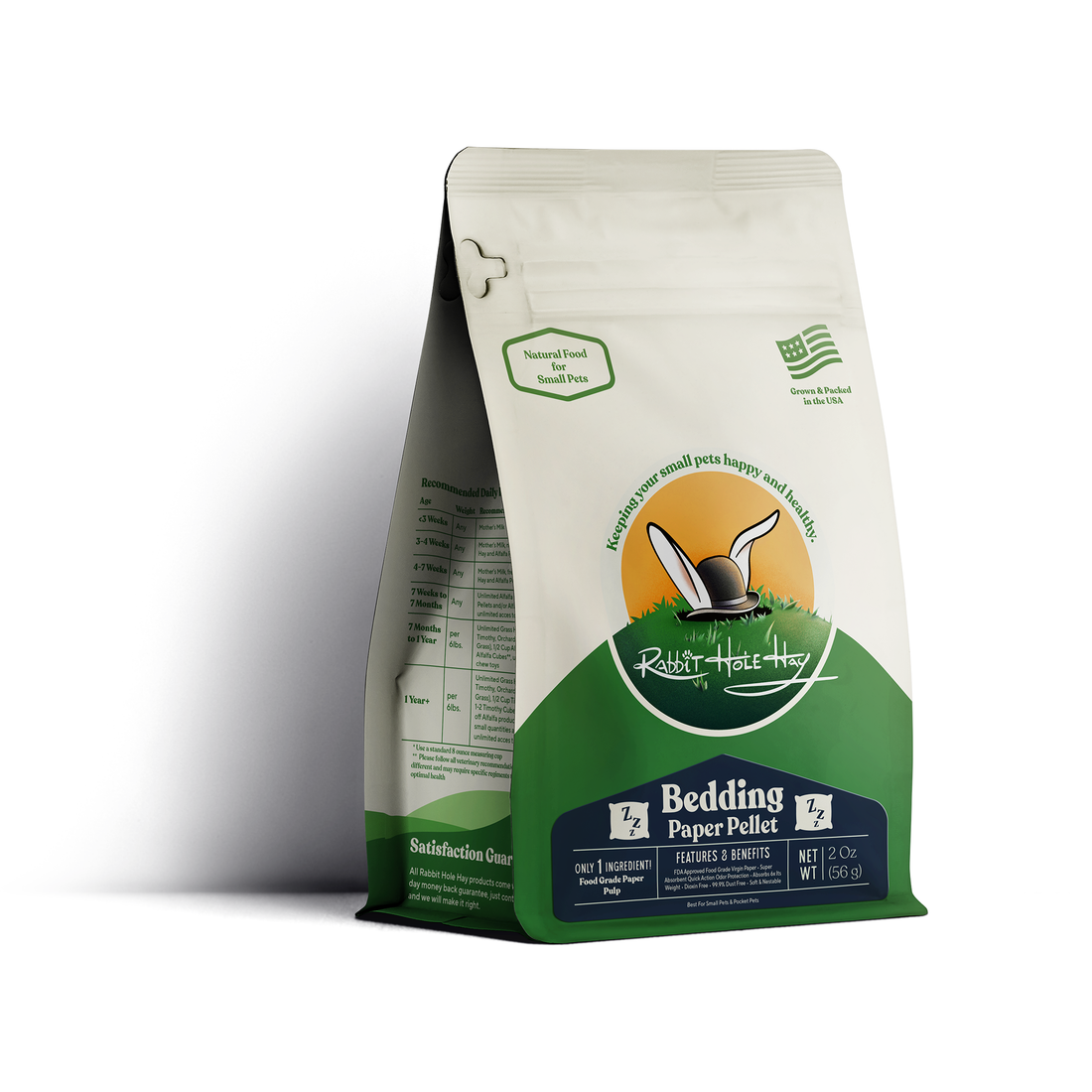

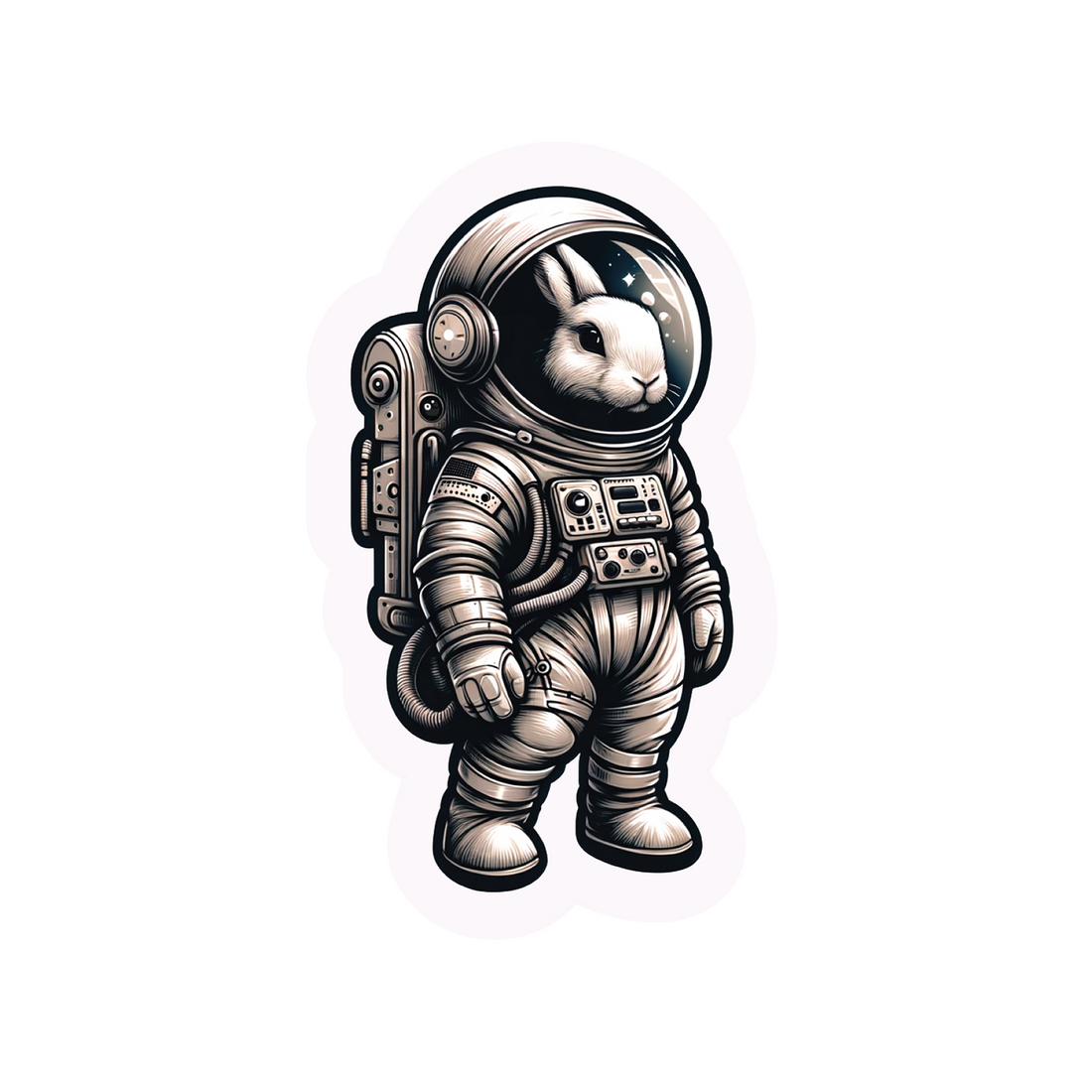
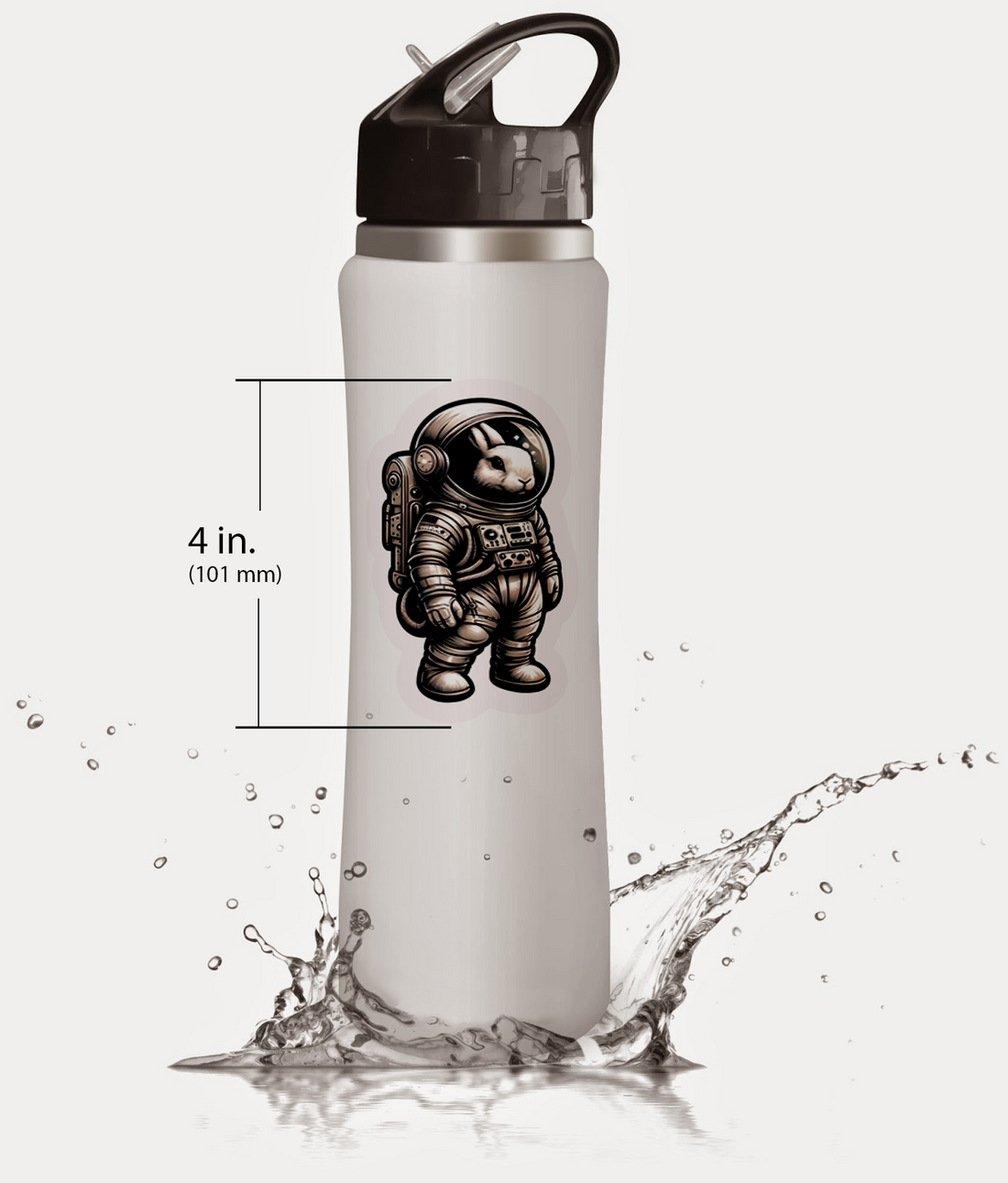
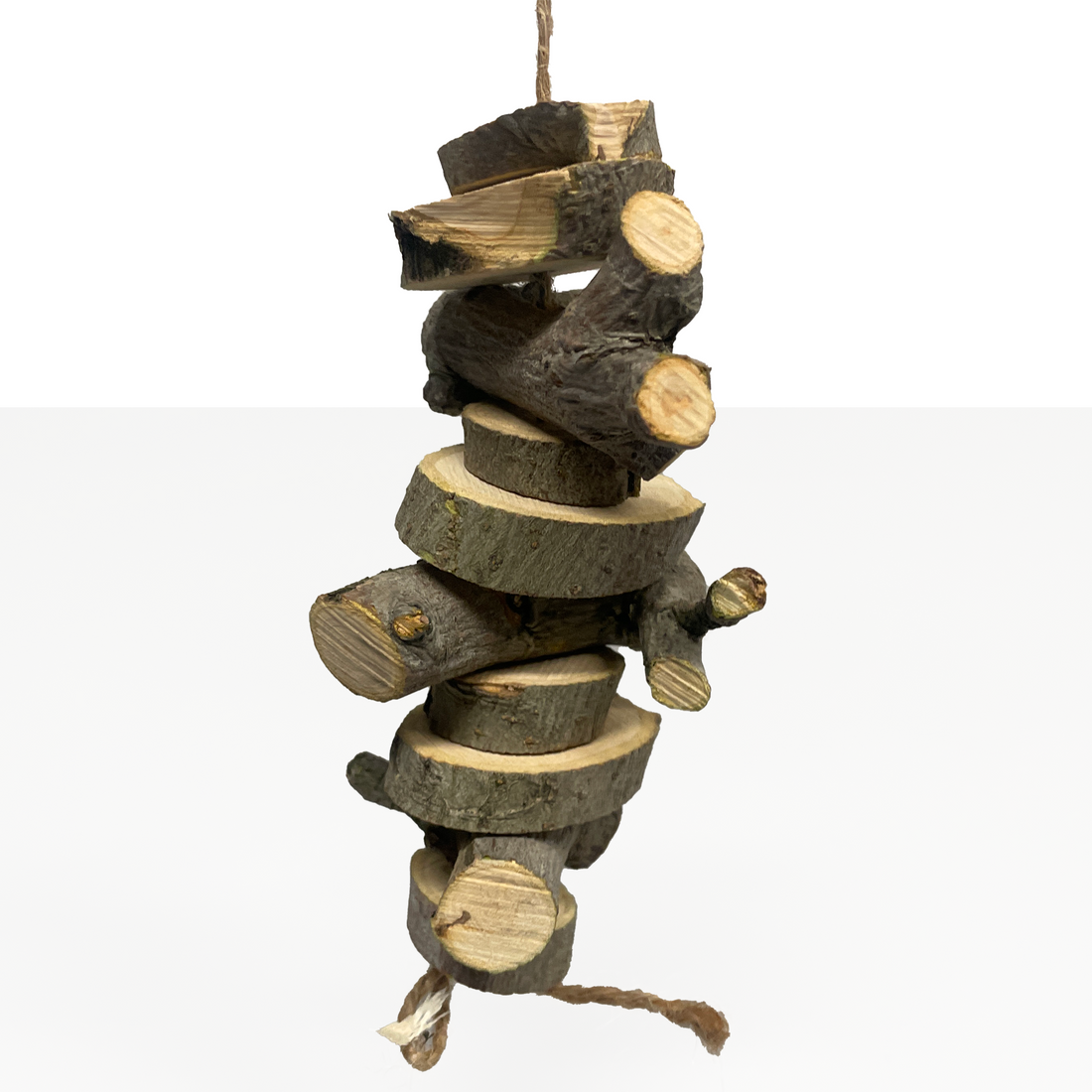
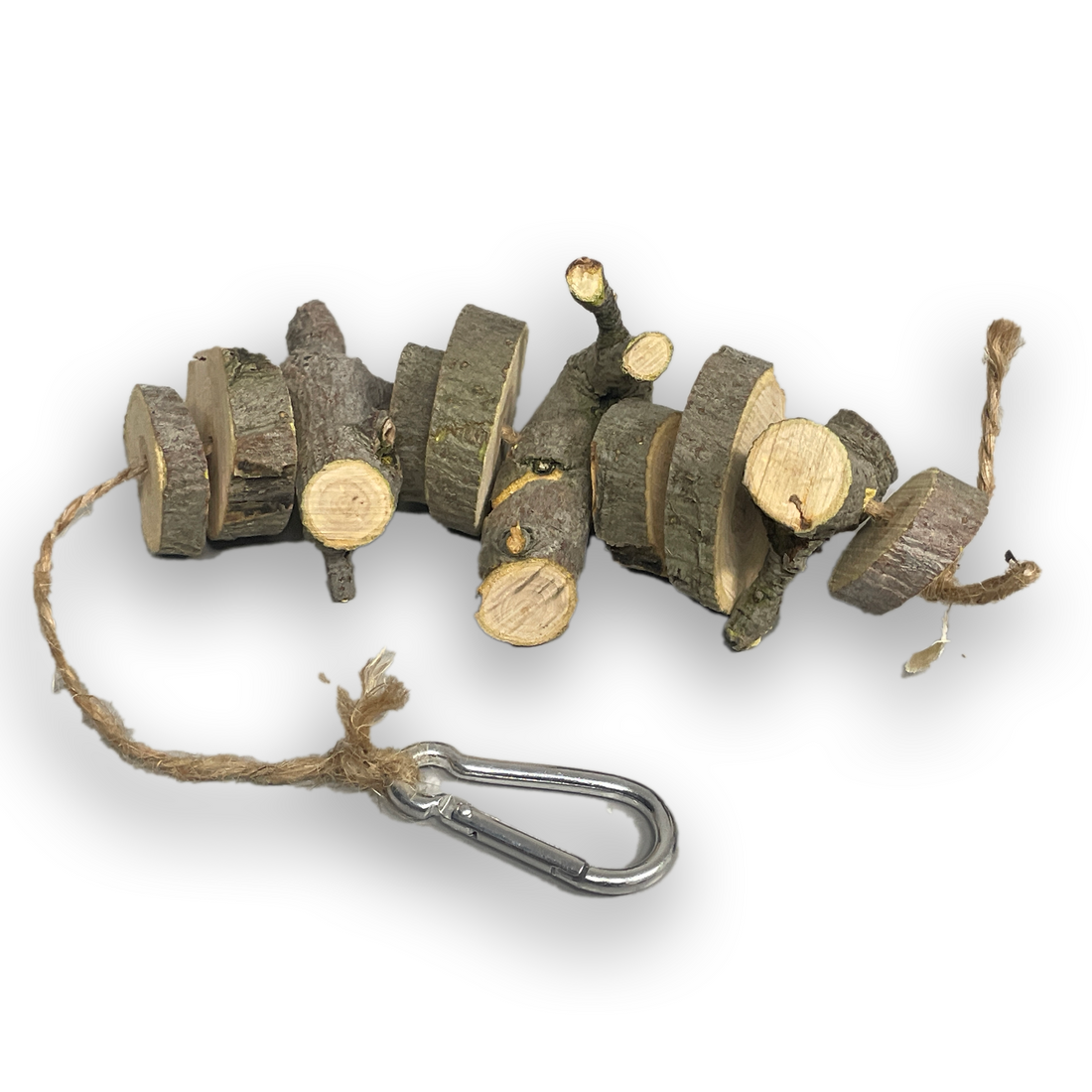
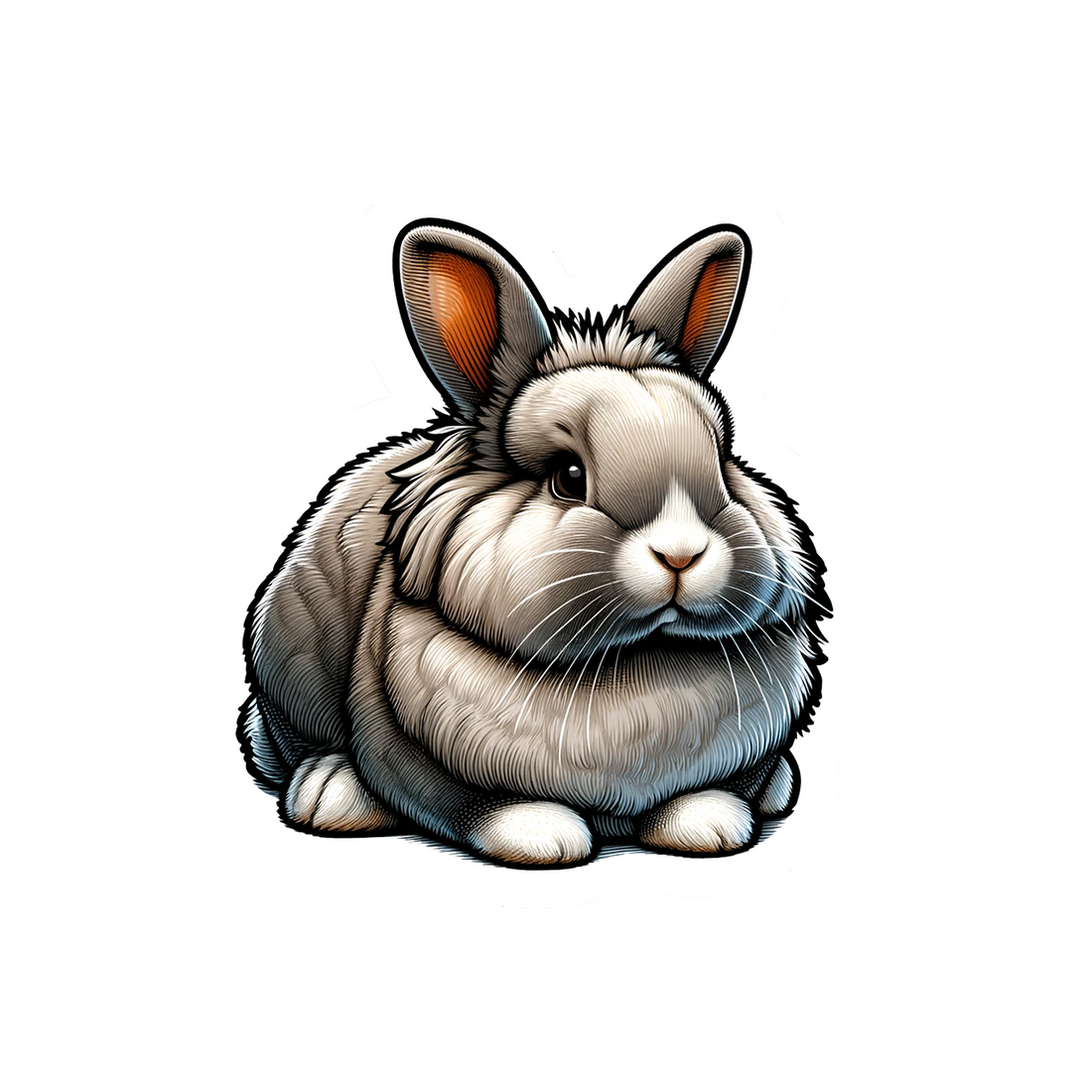
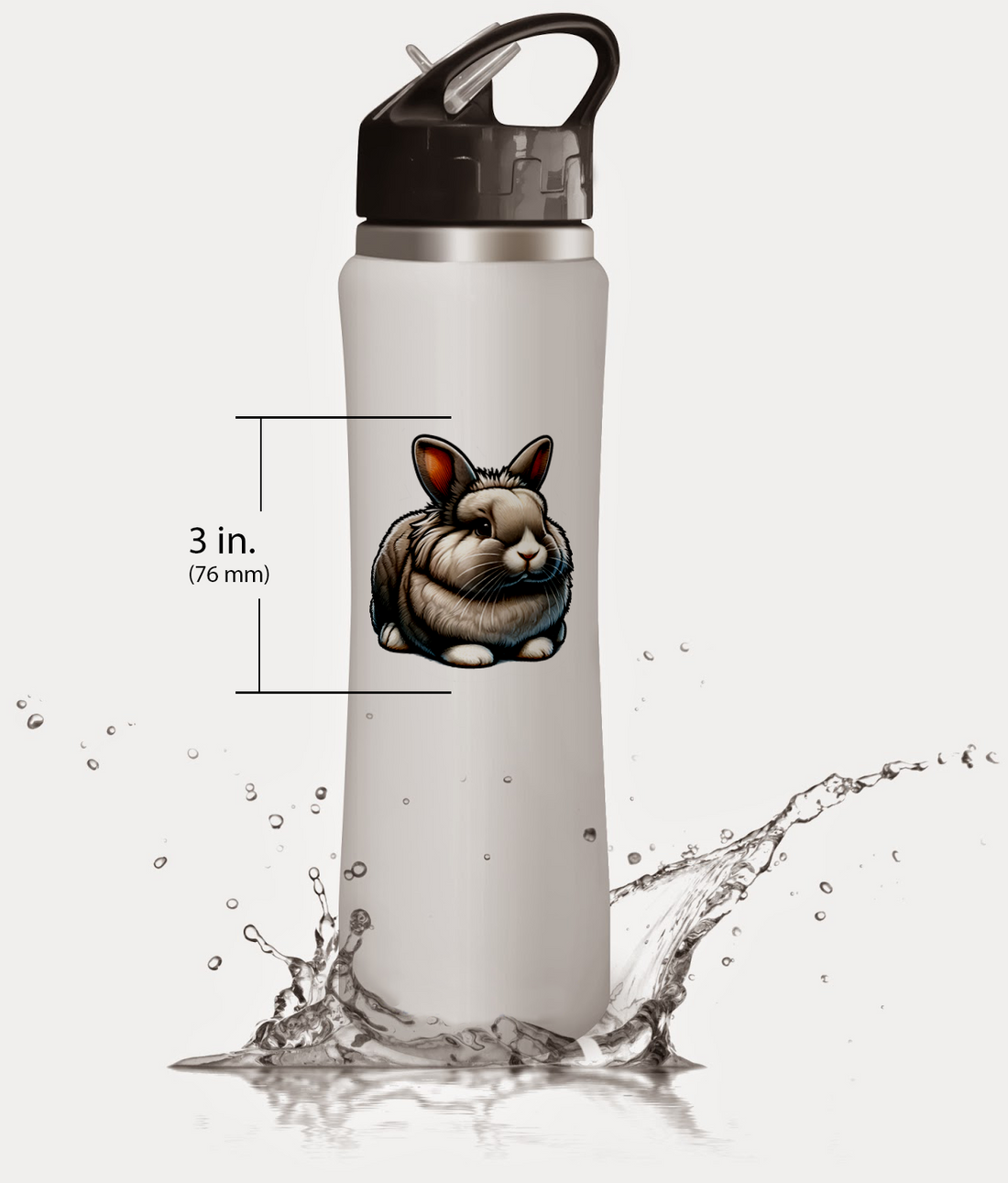
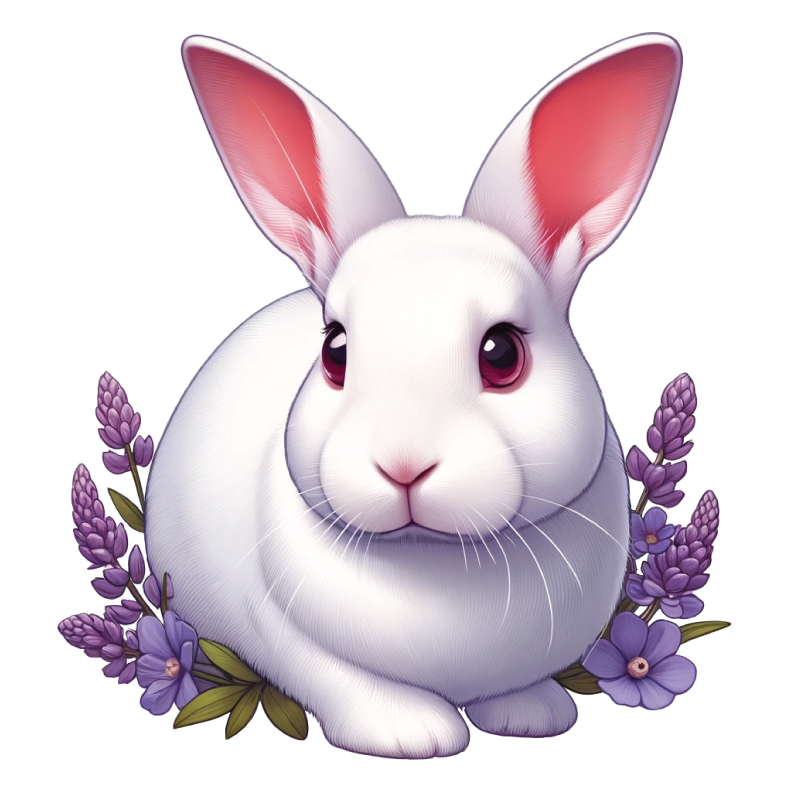
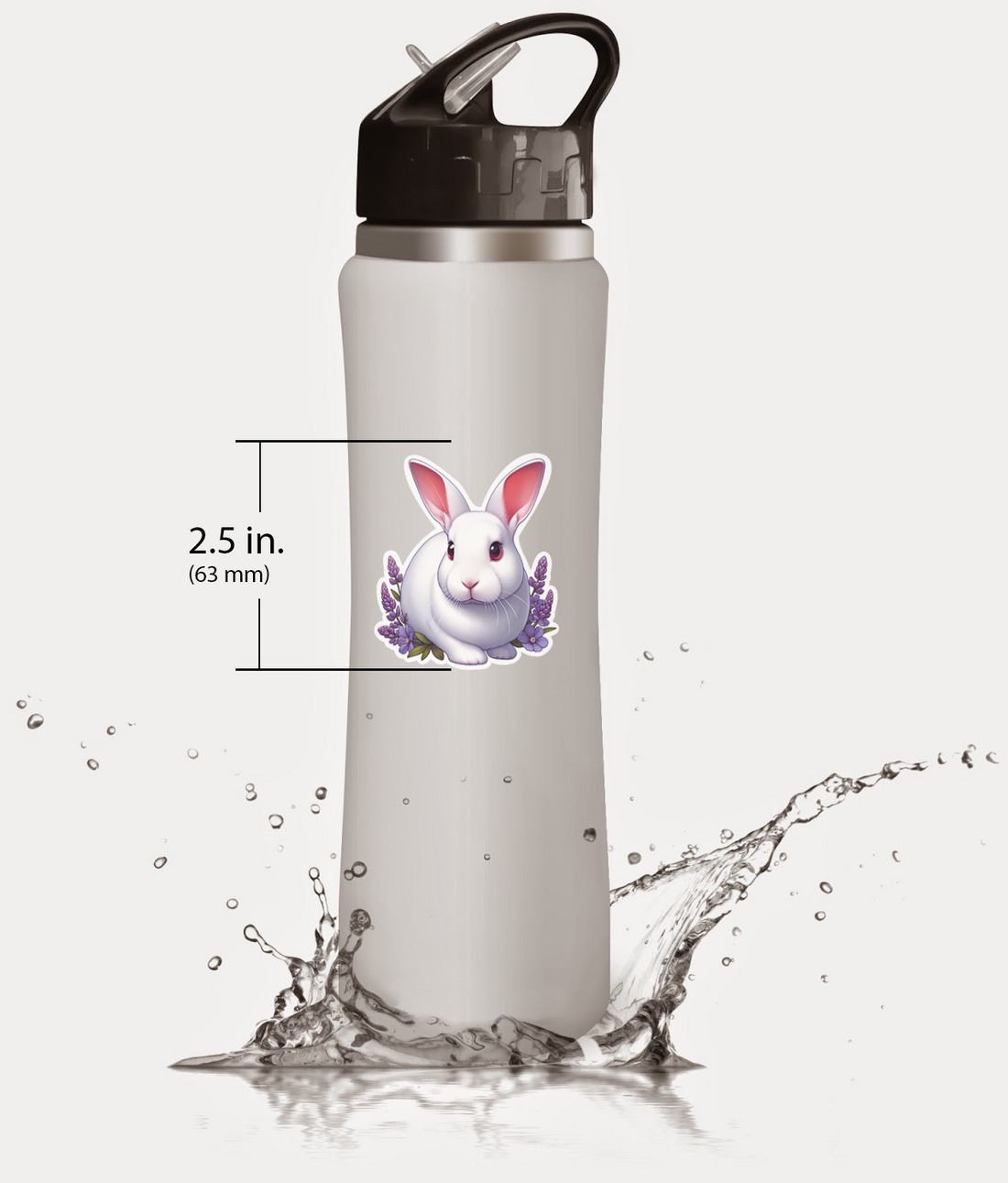
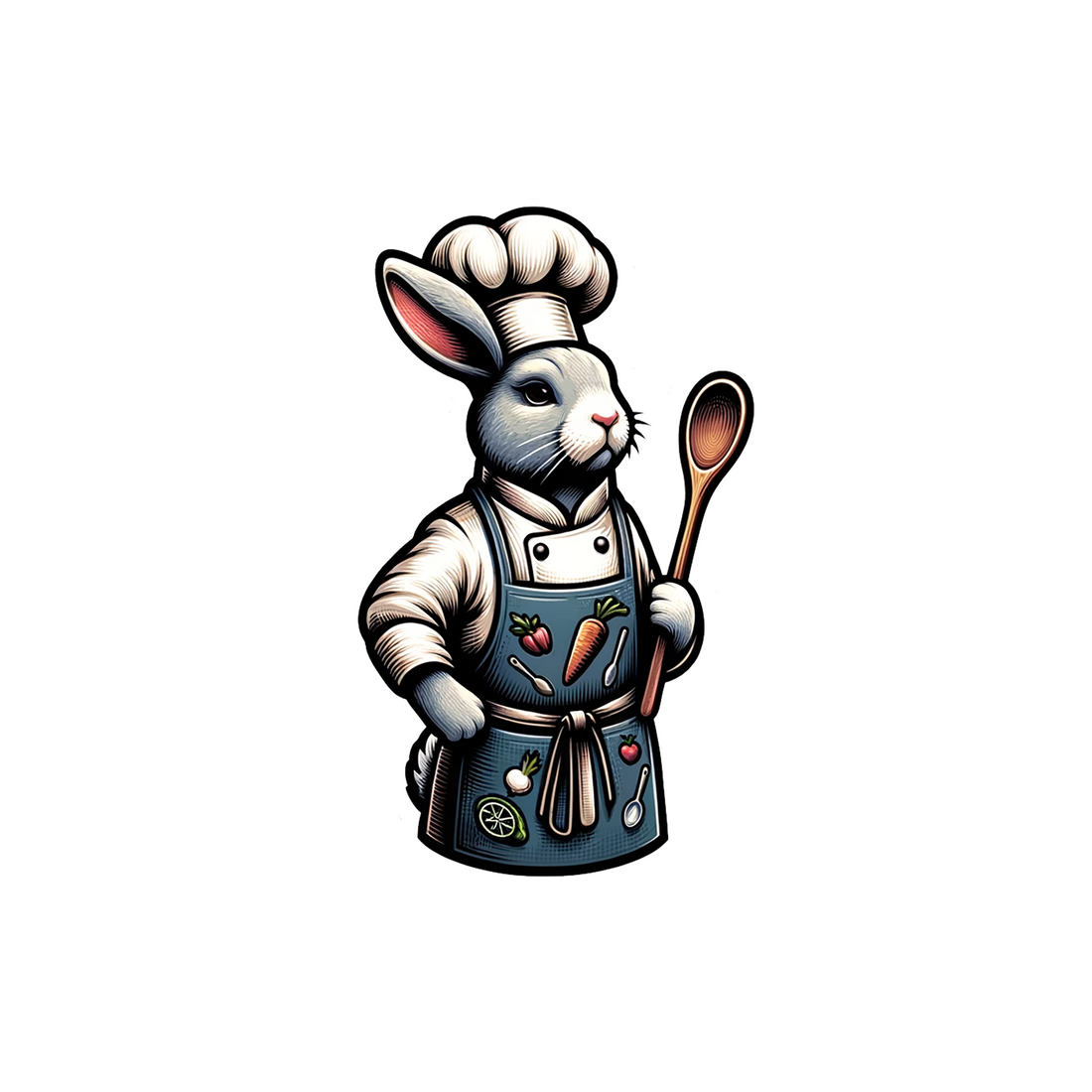
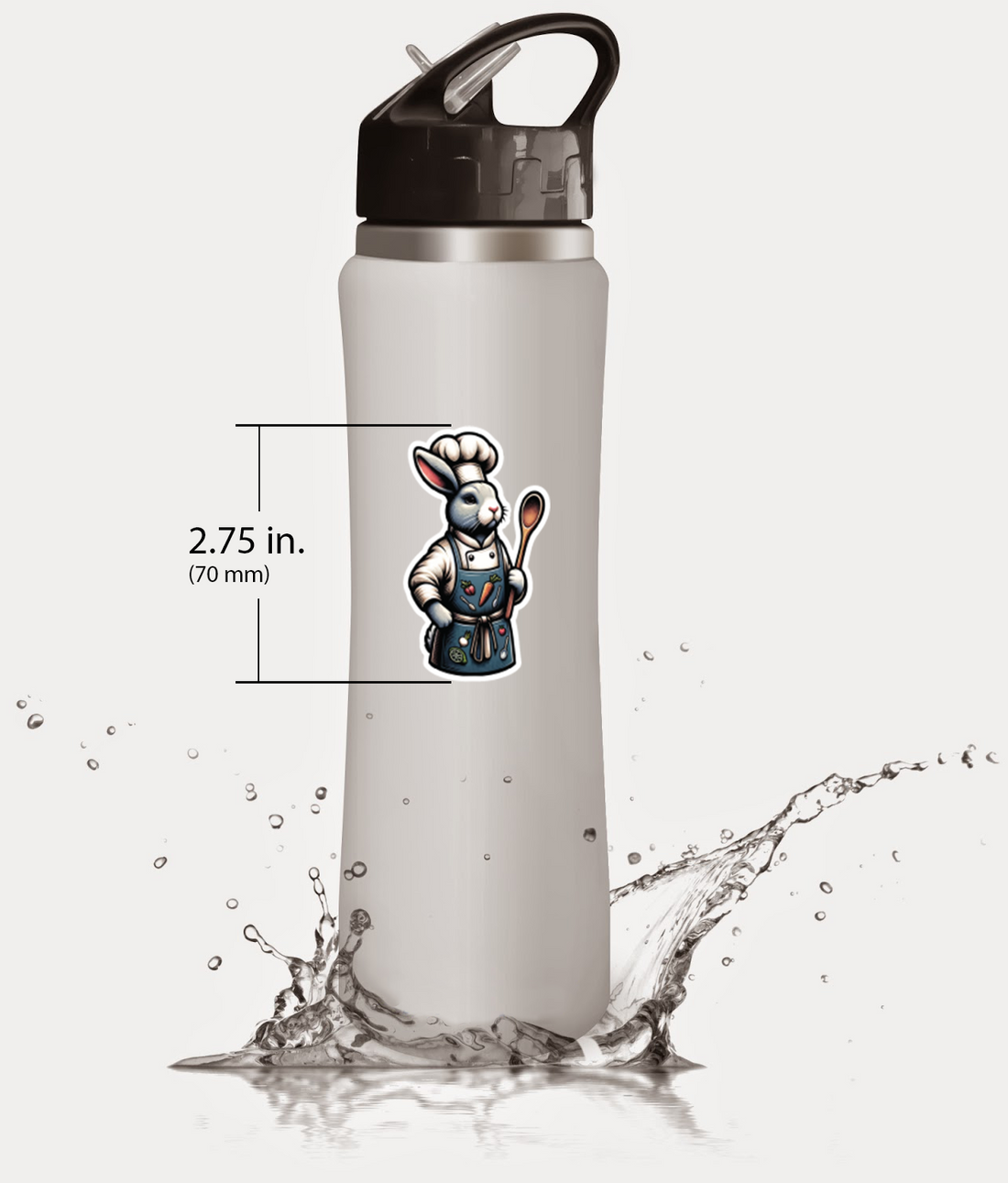
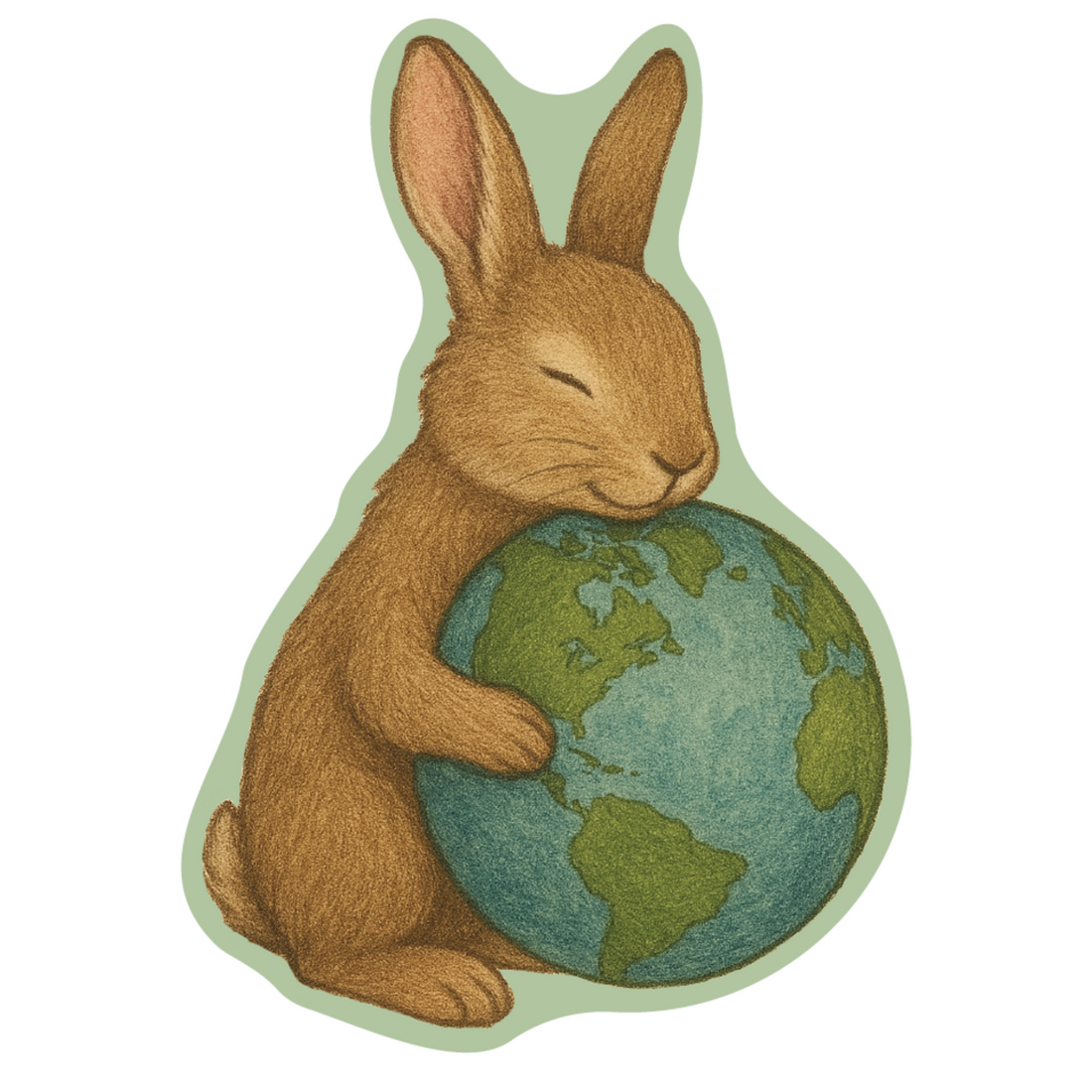
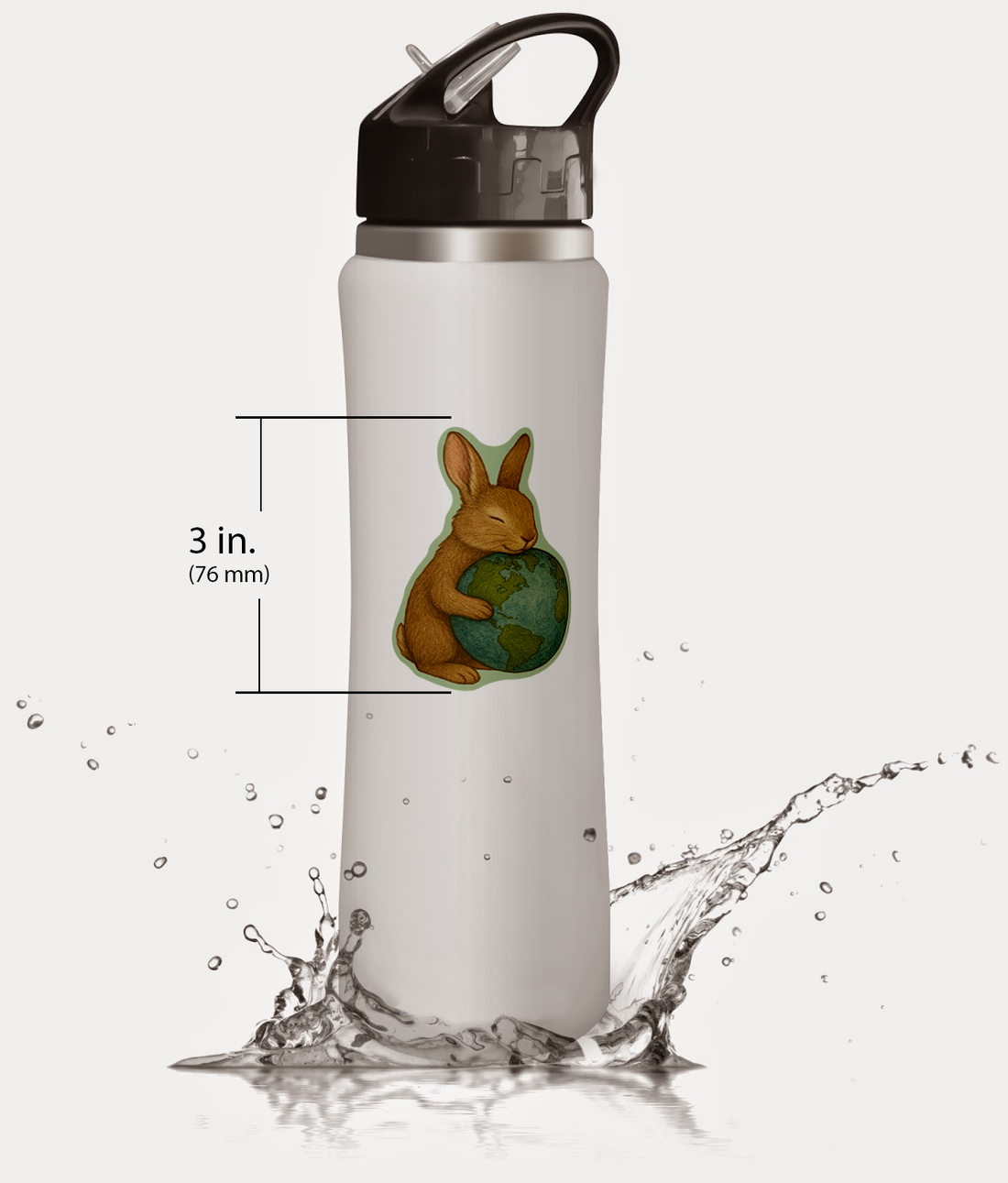
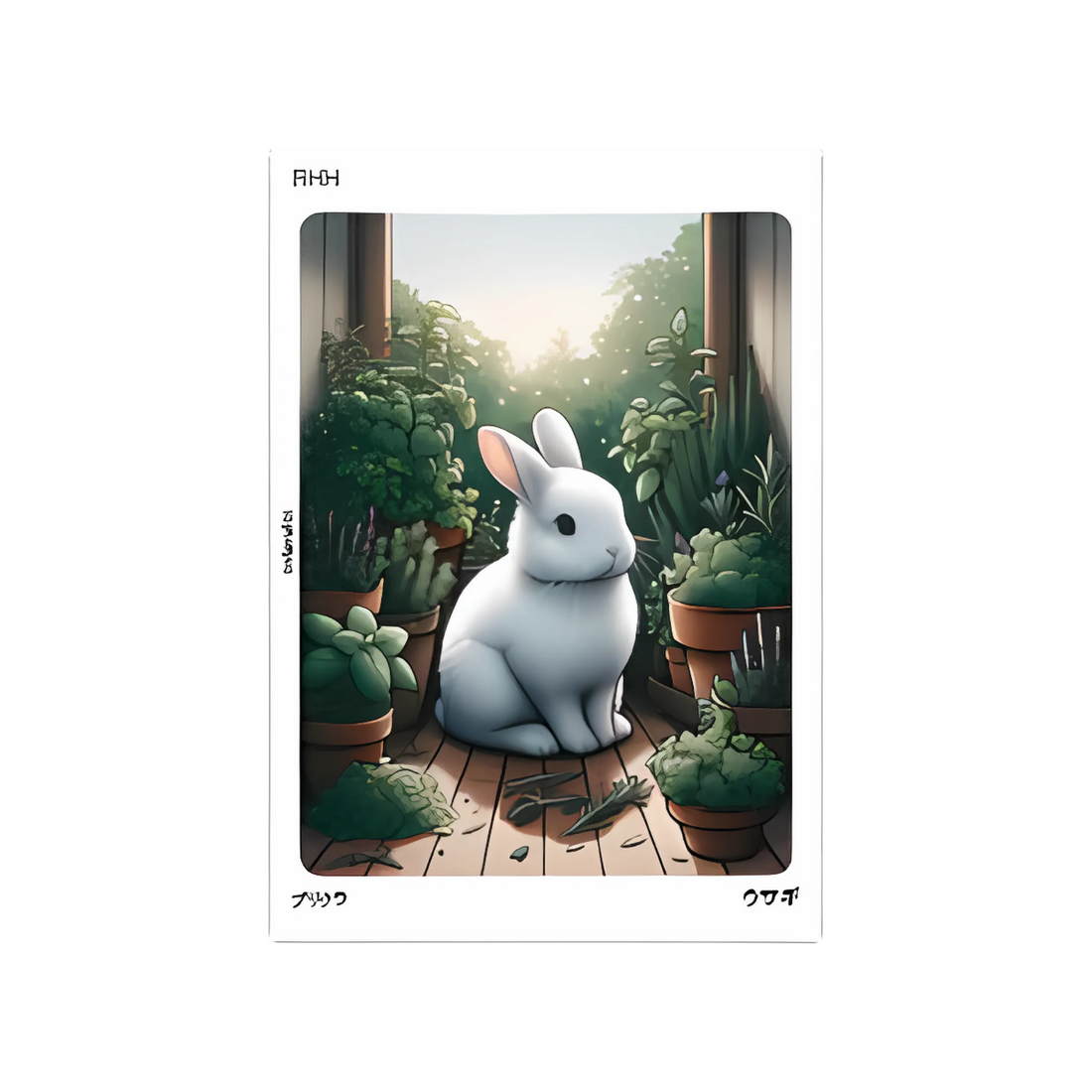

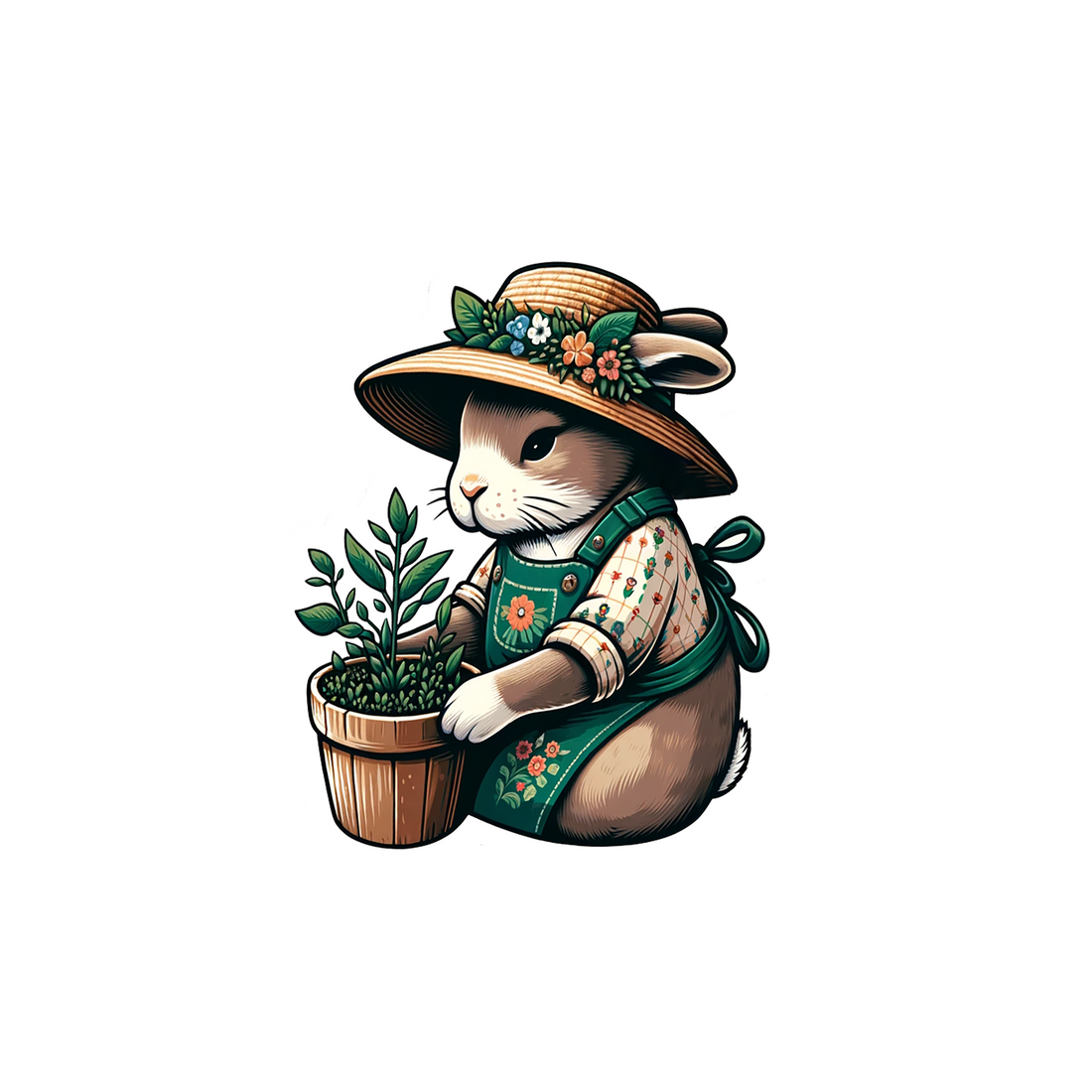
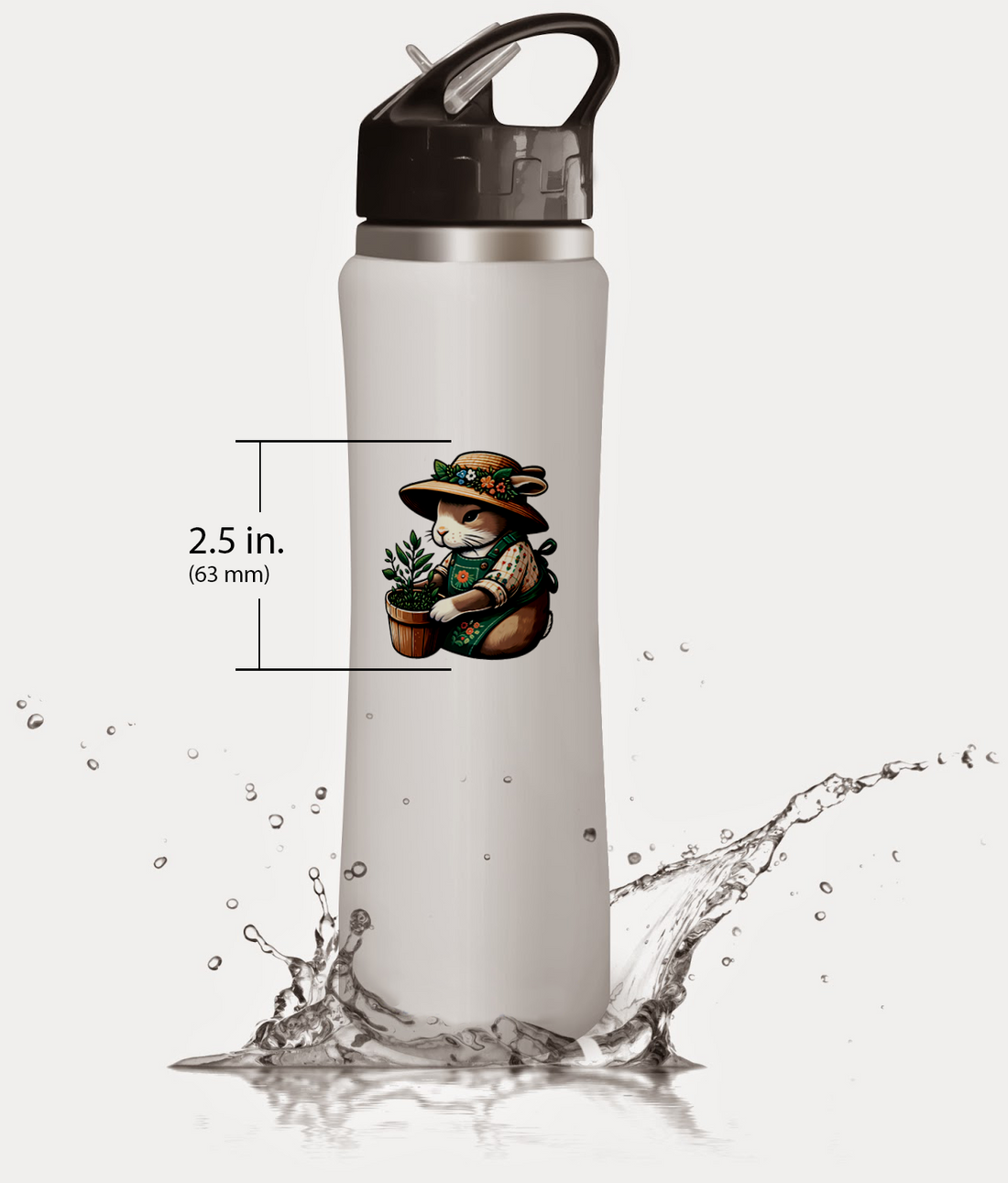



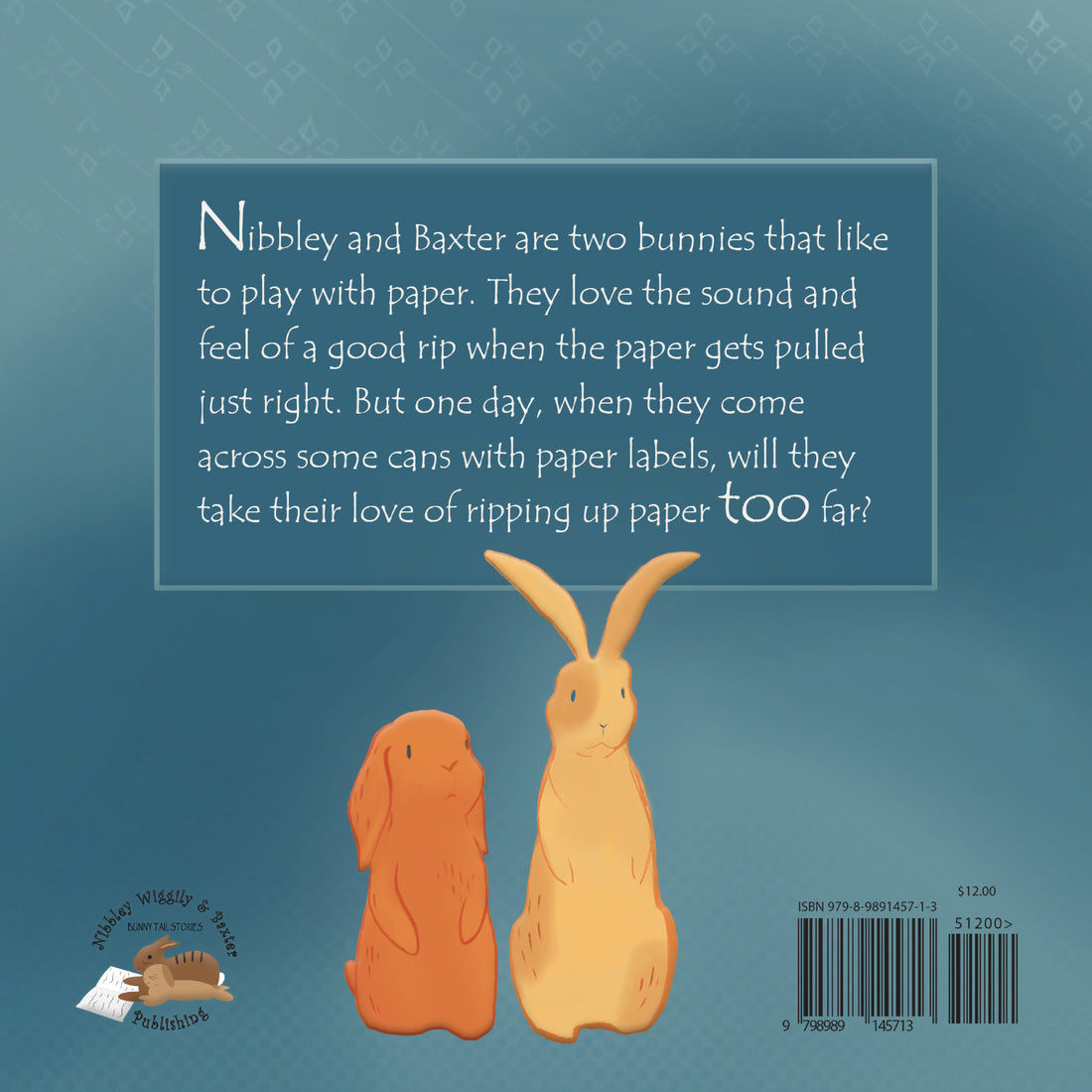
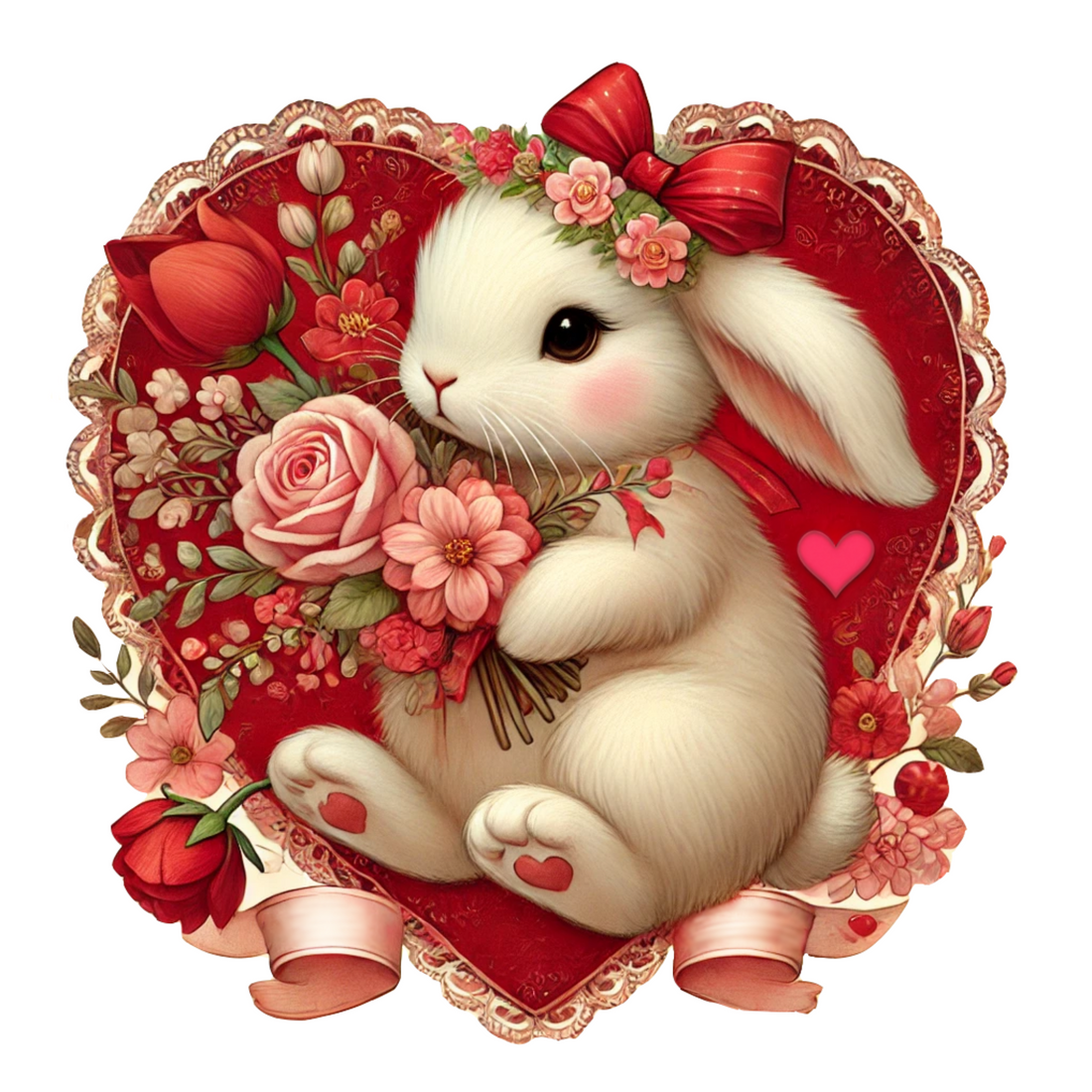

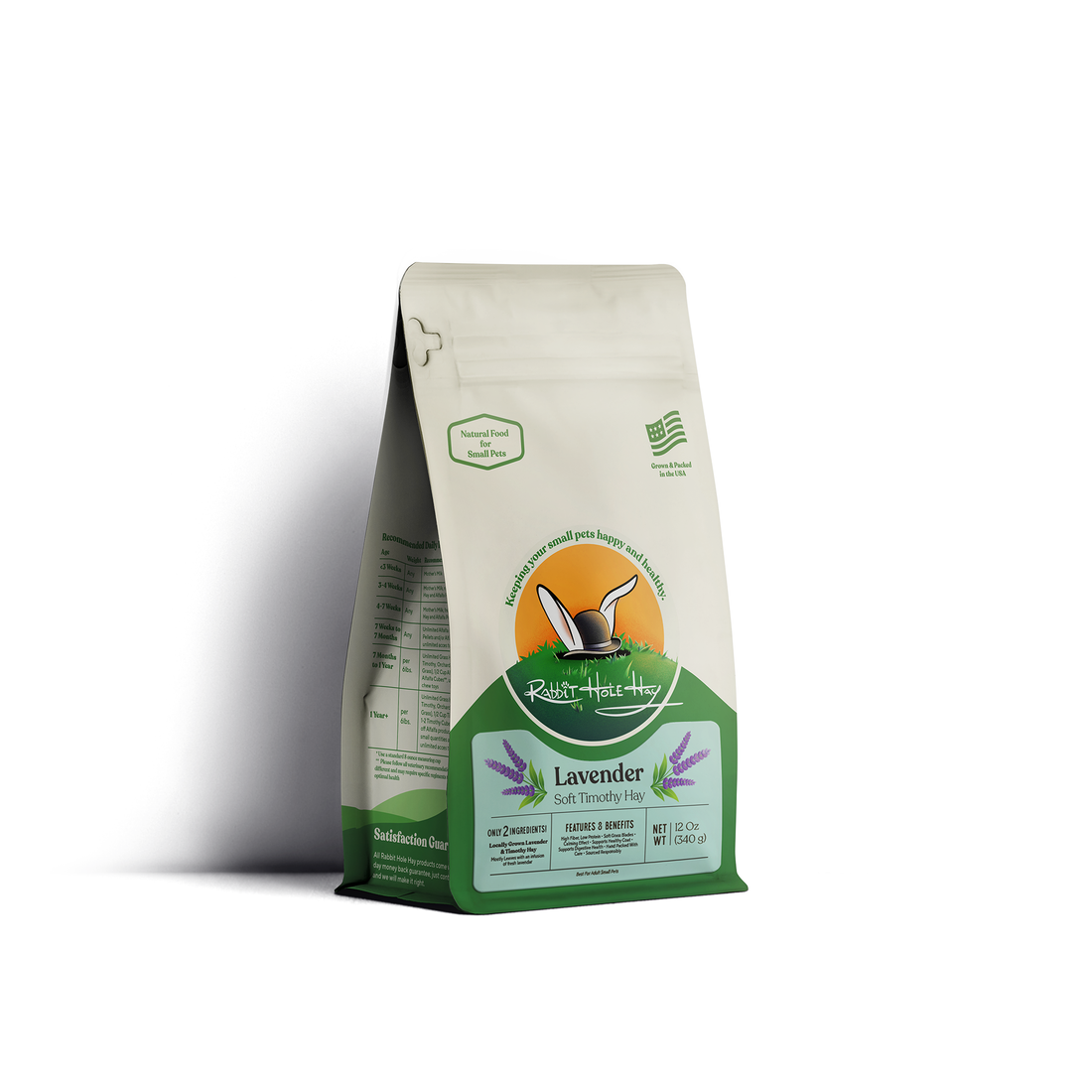
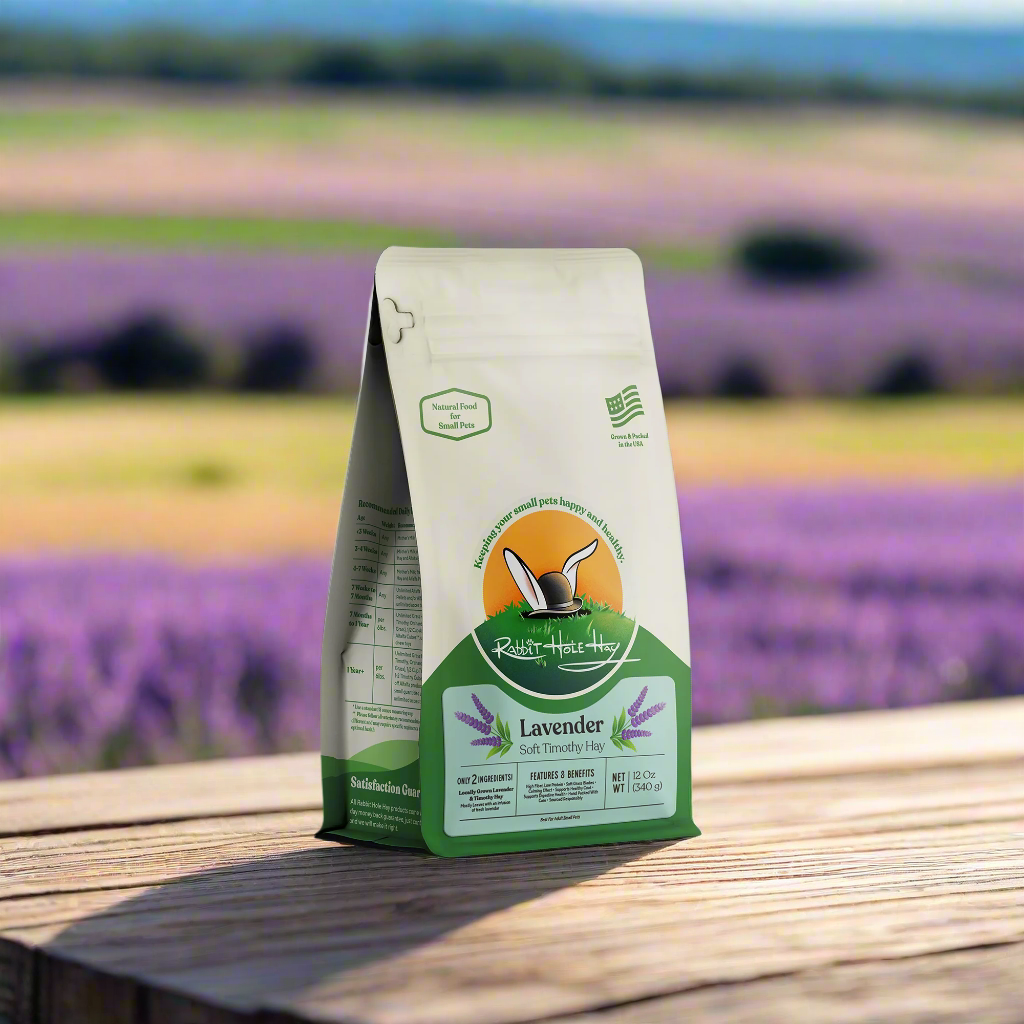
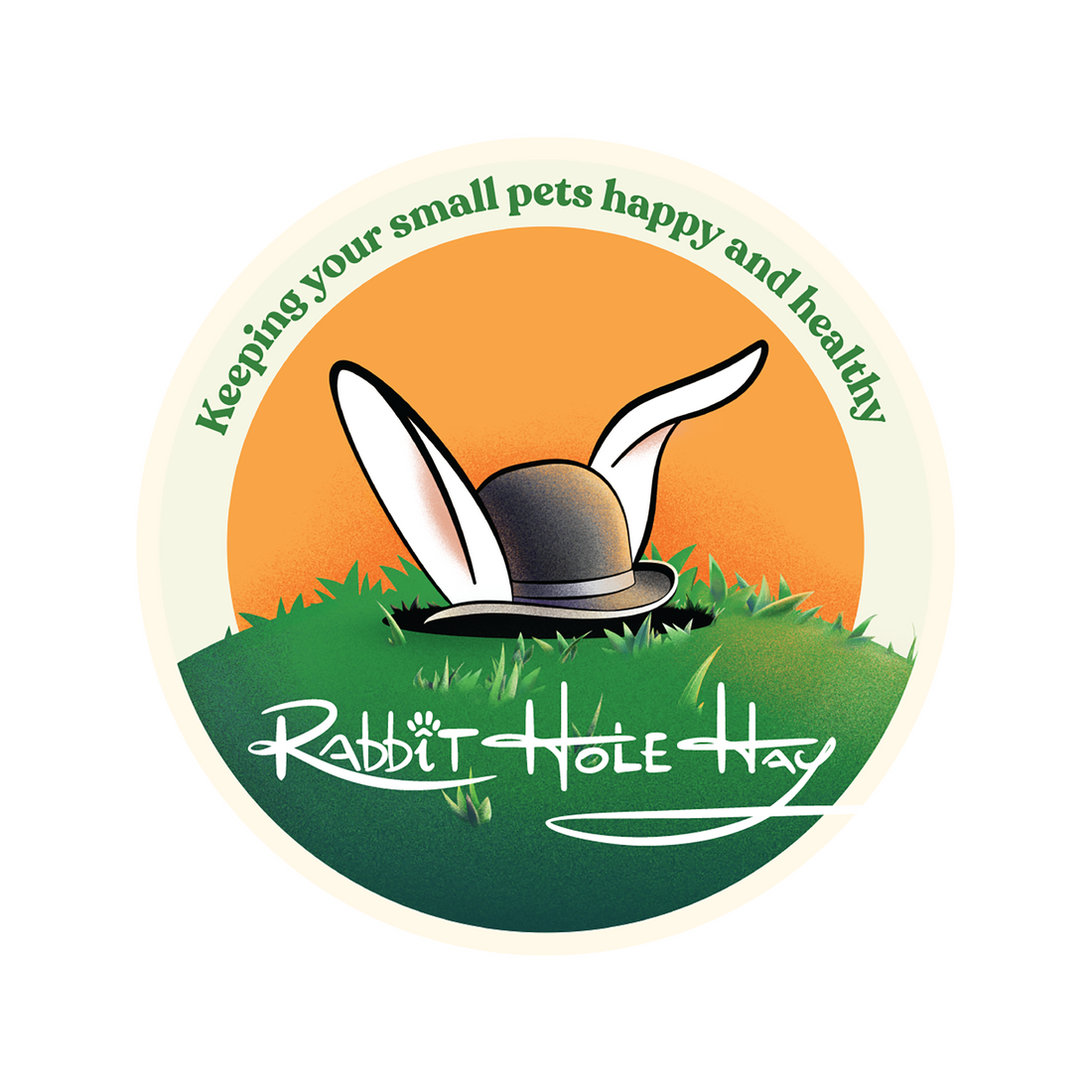



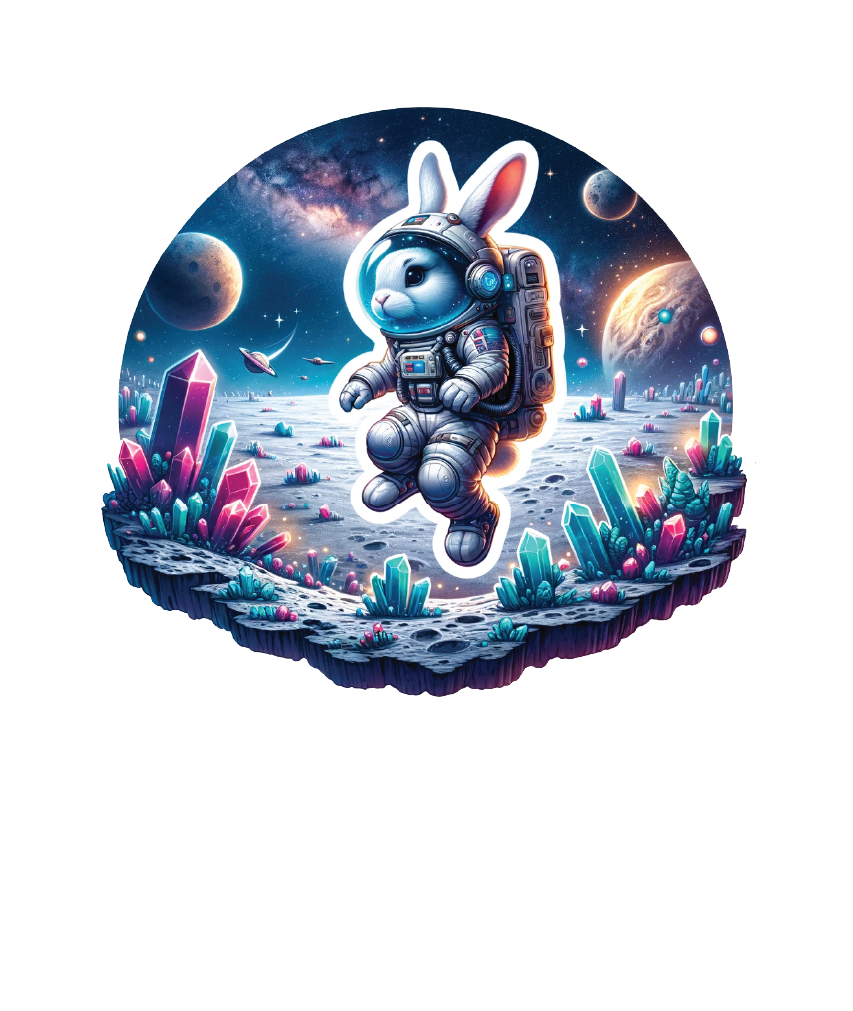



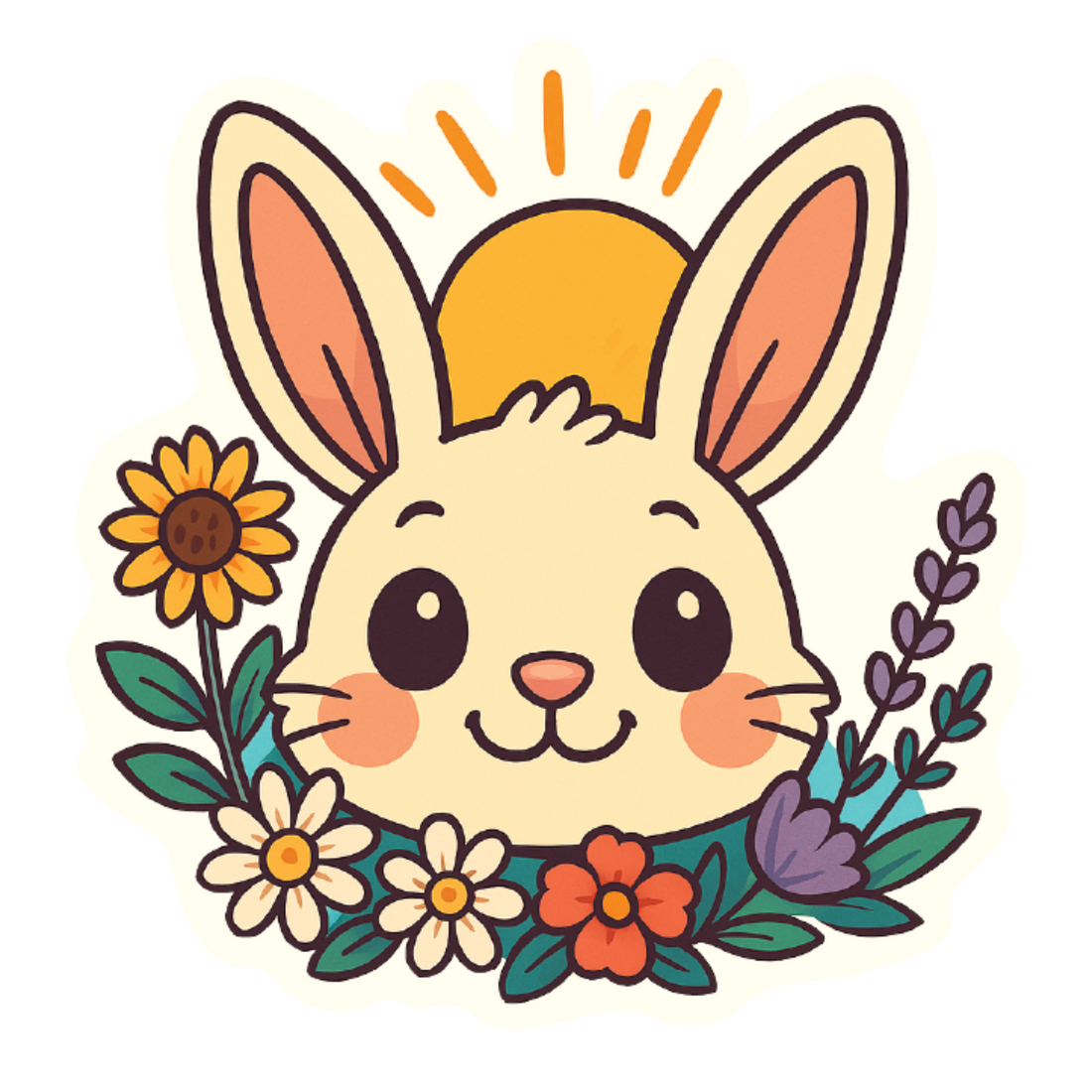
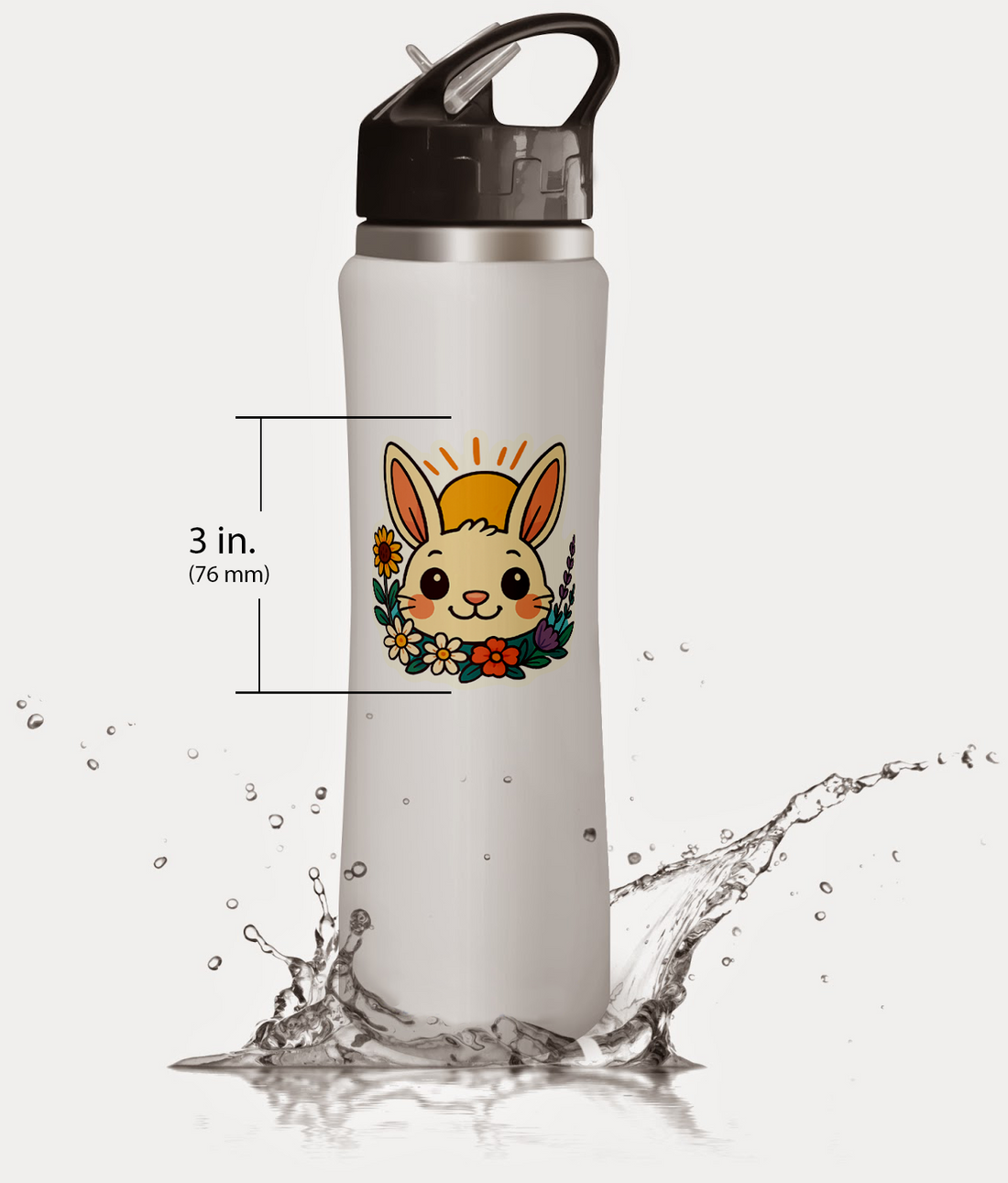
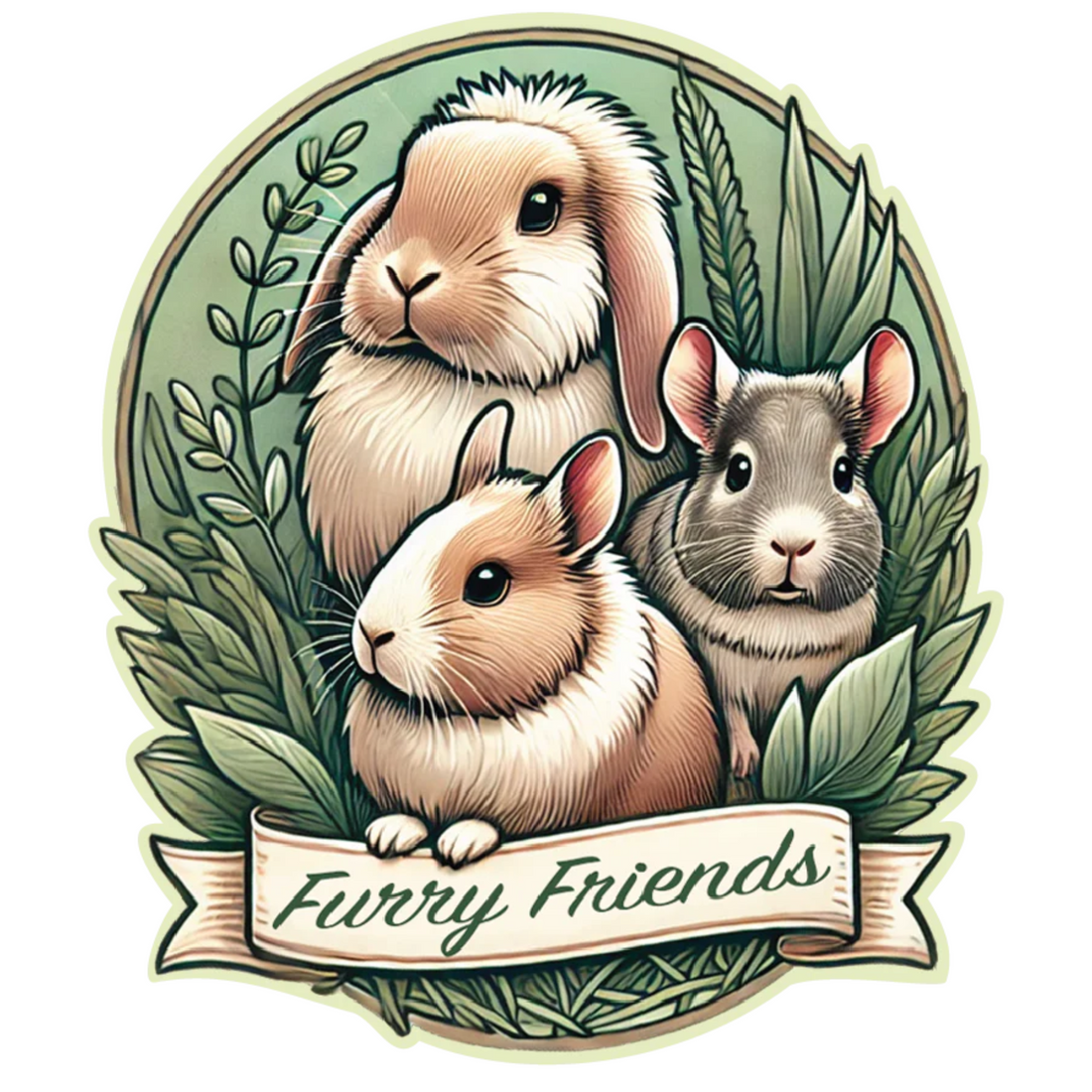
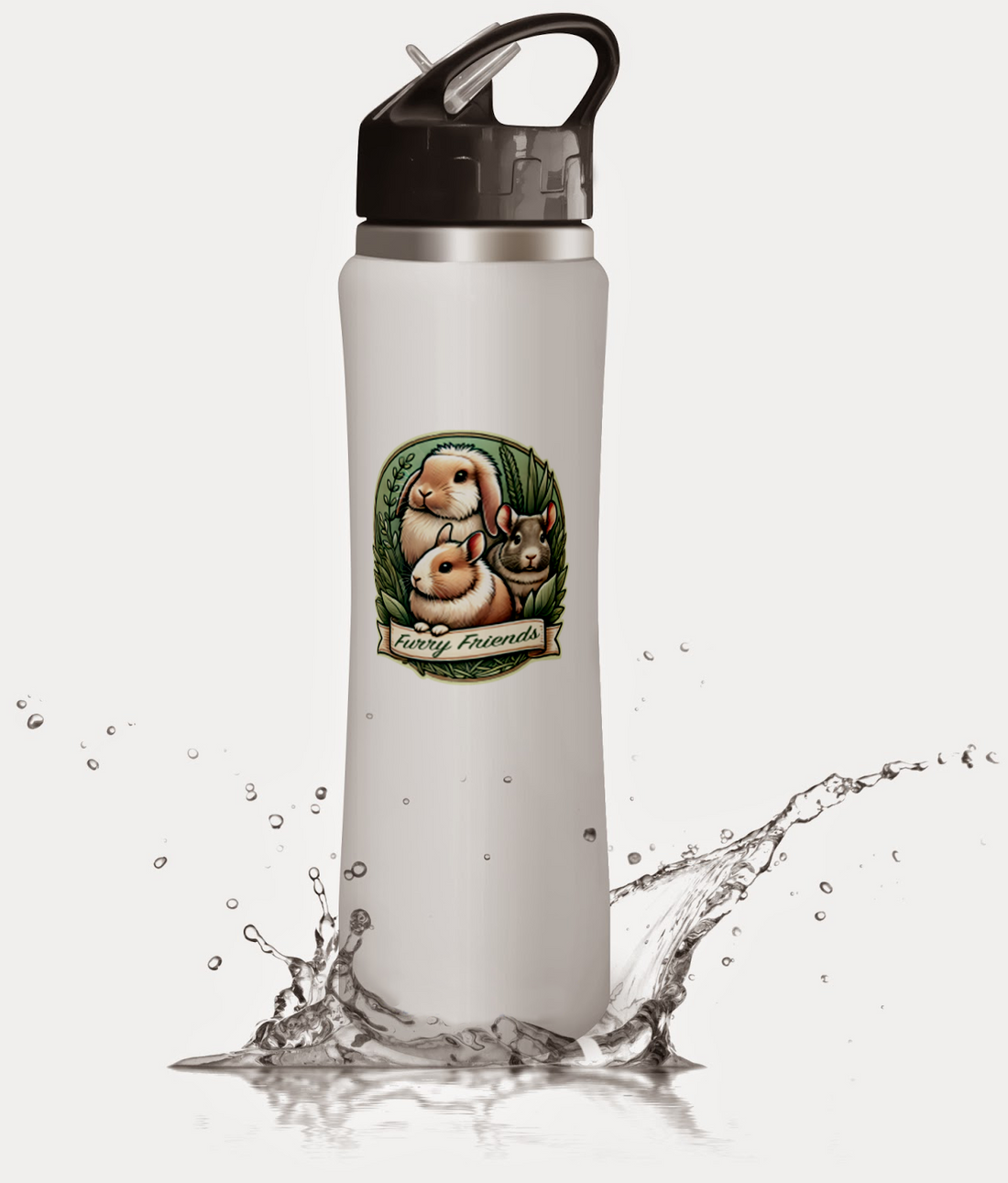
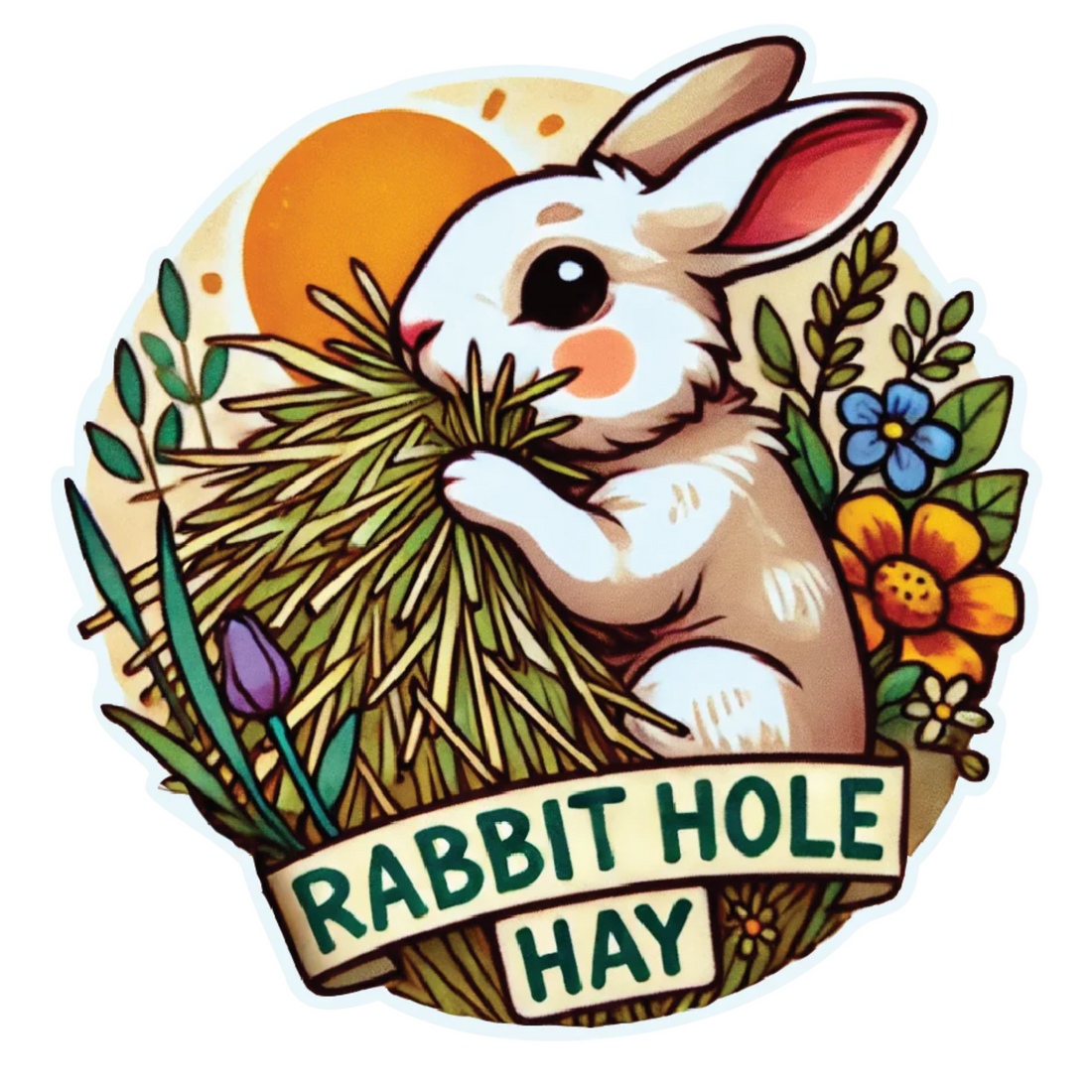
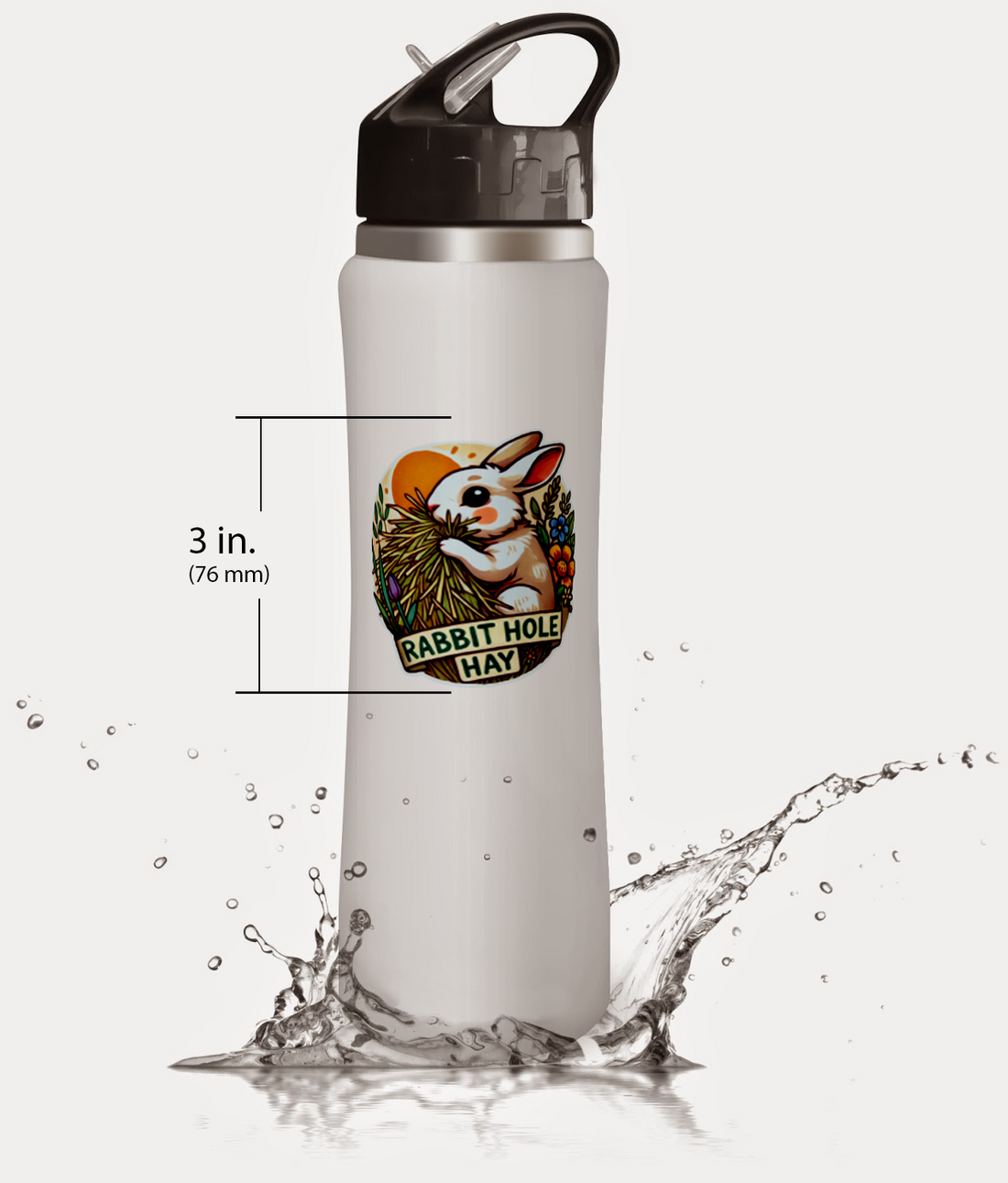
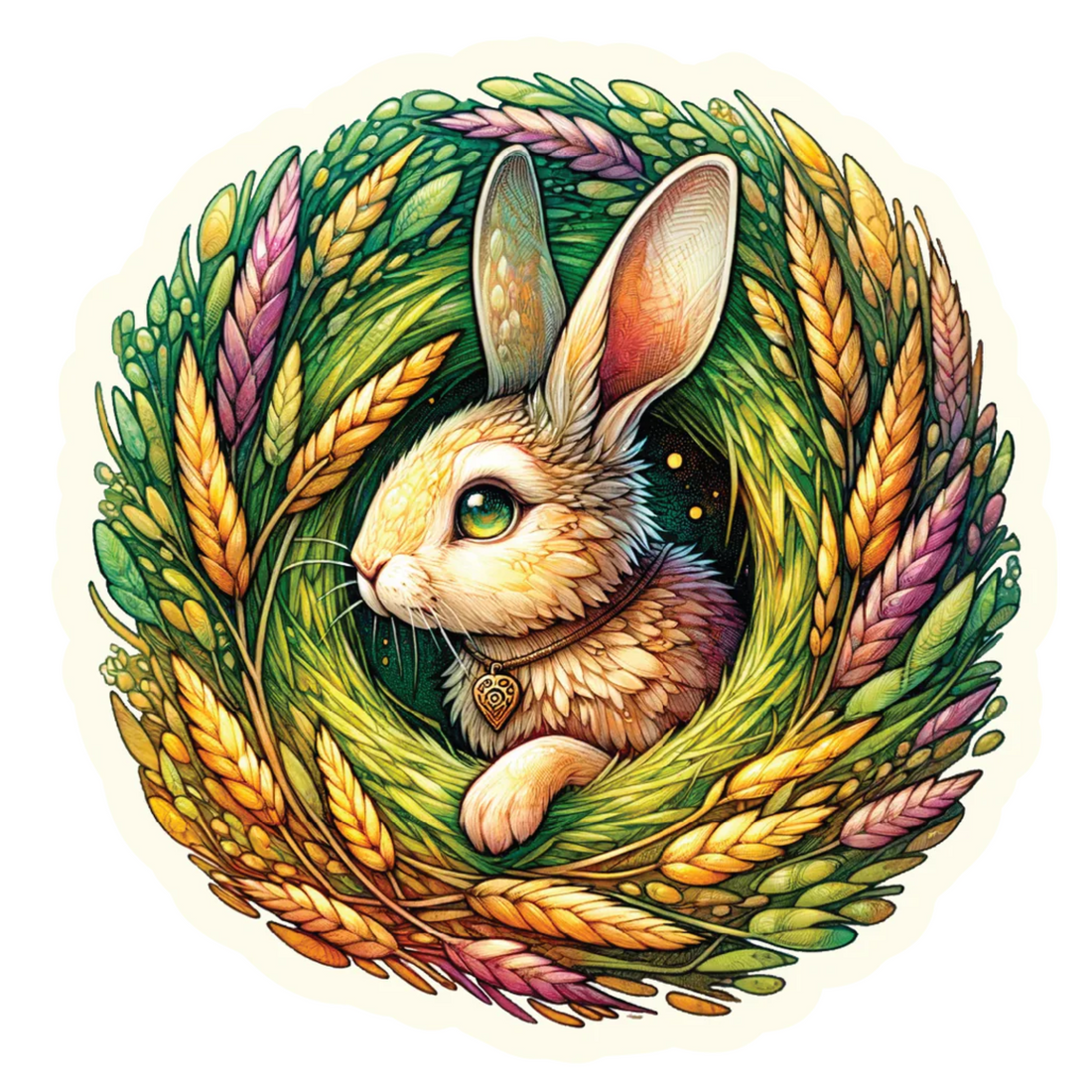

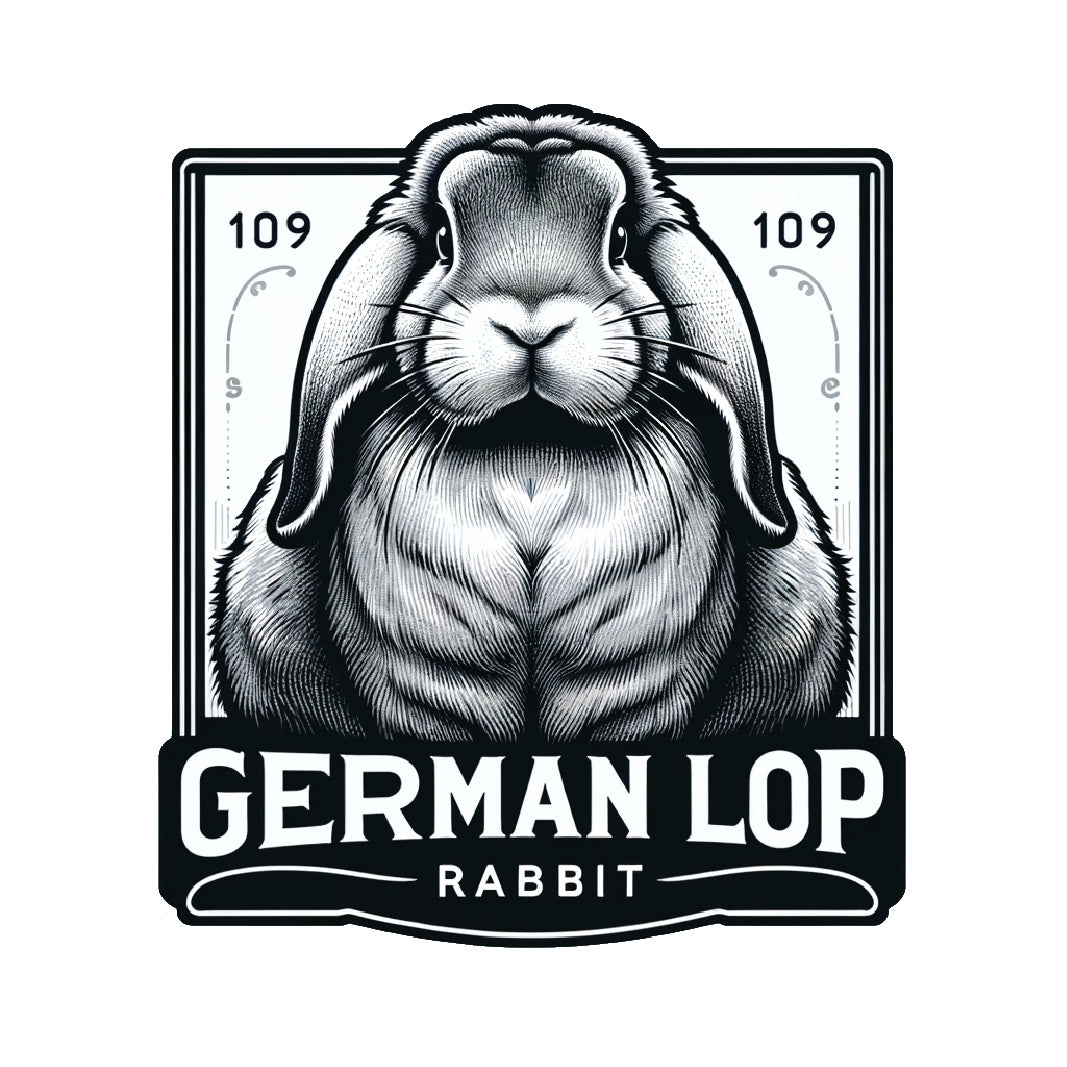





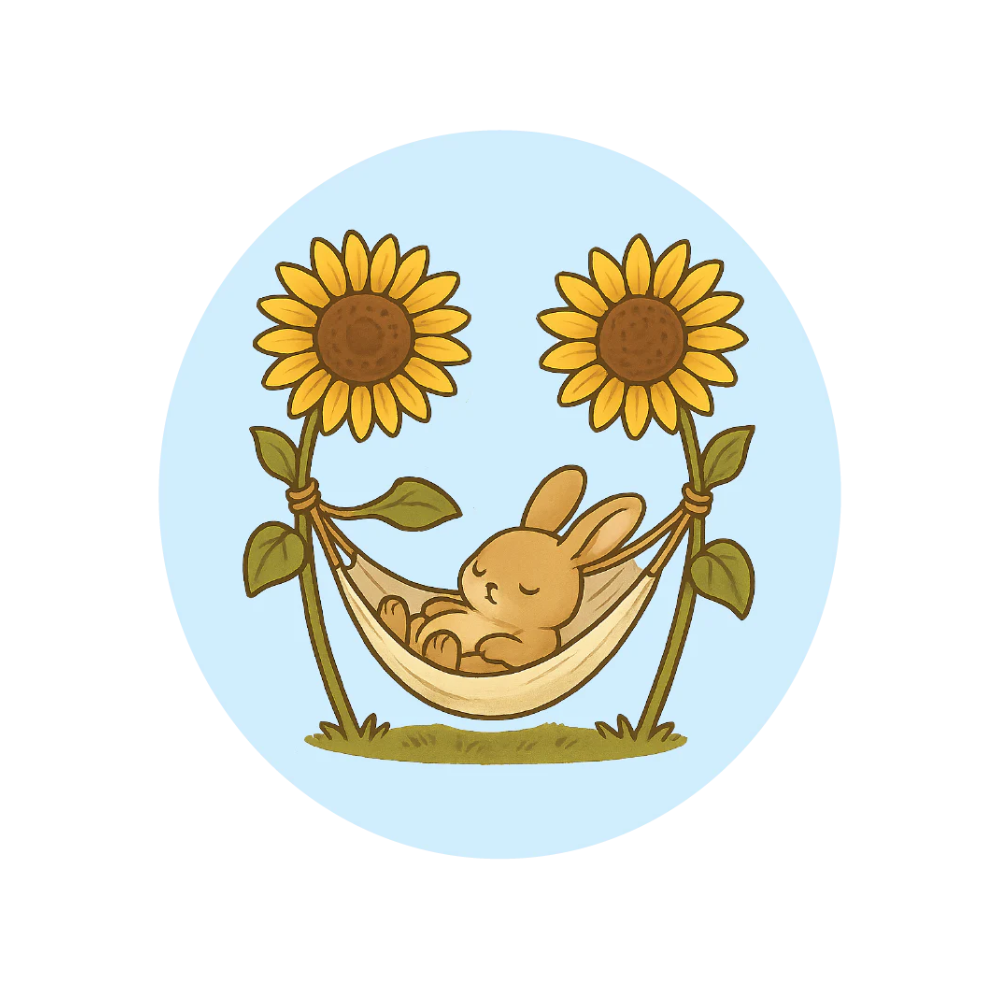



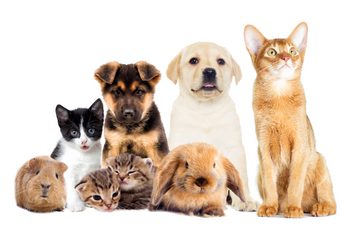
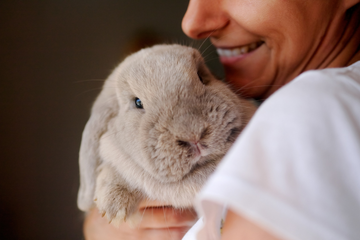
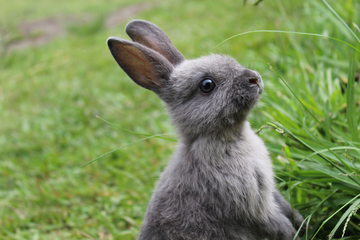
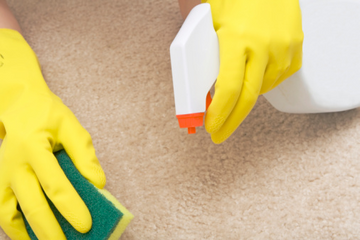


Comments